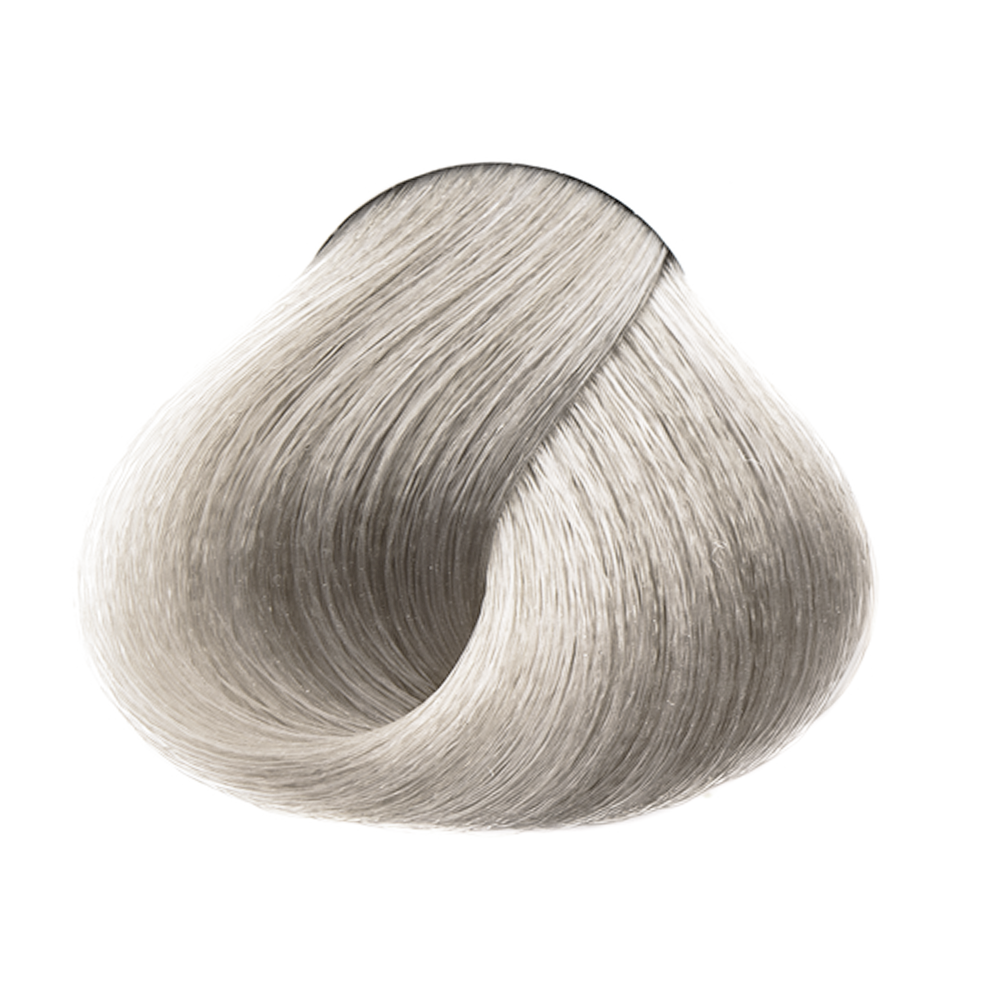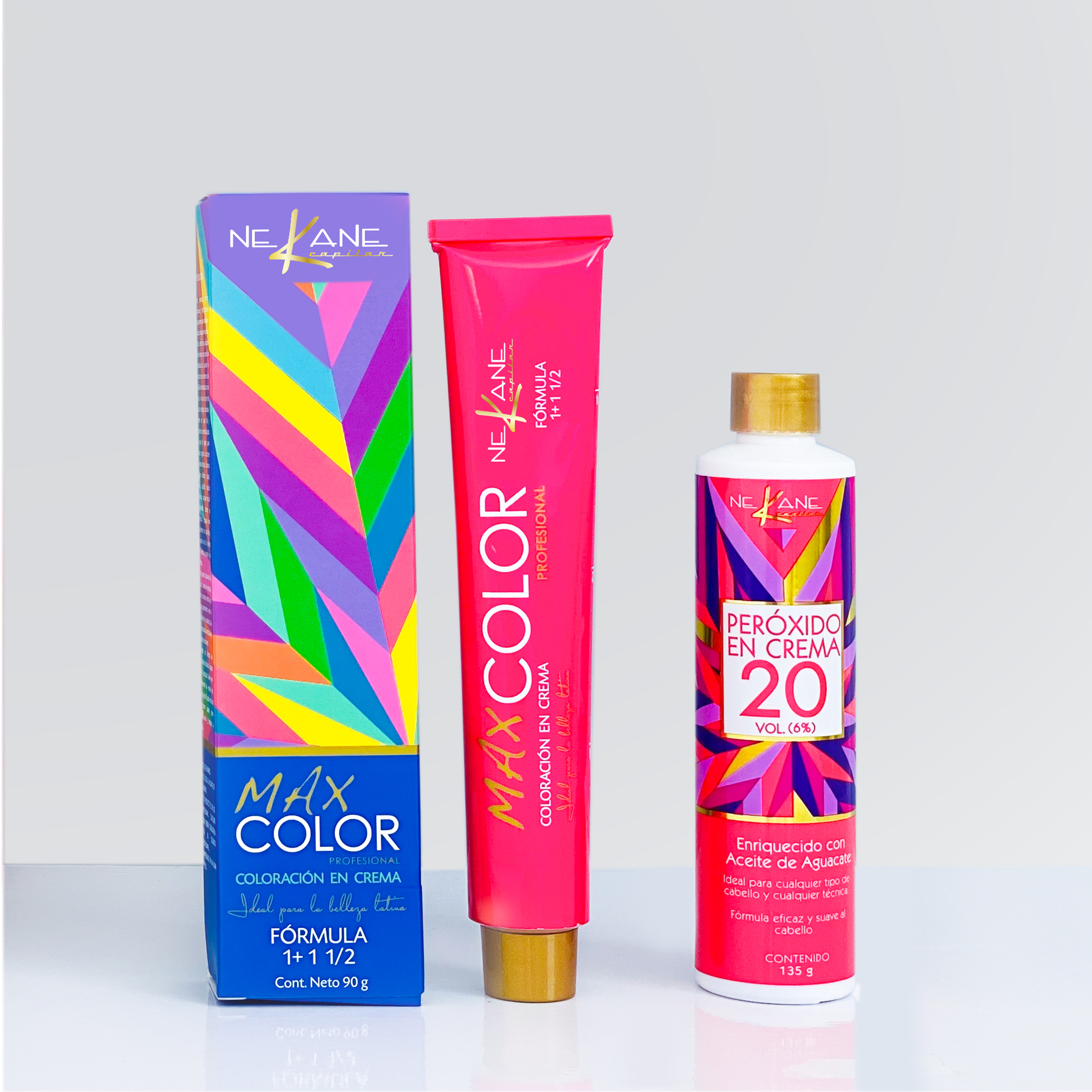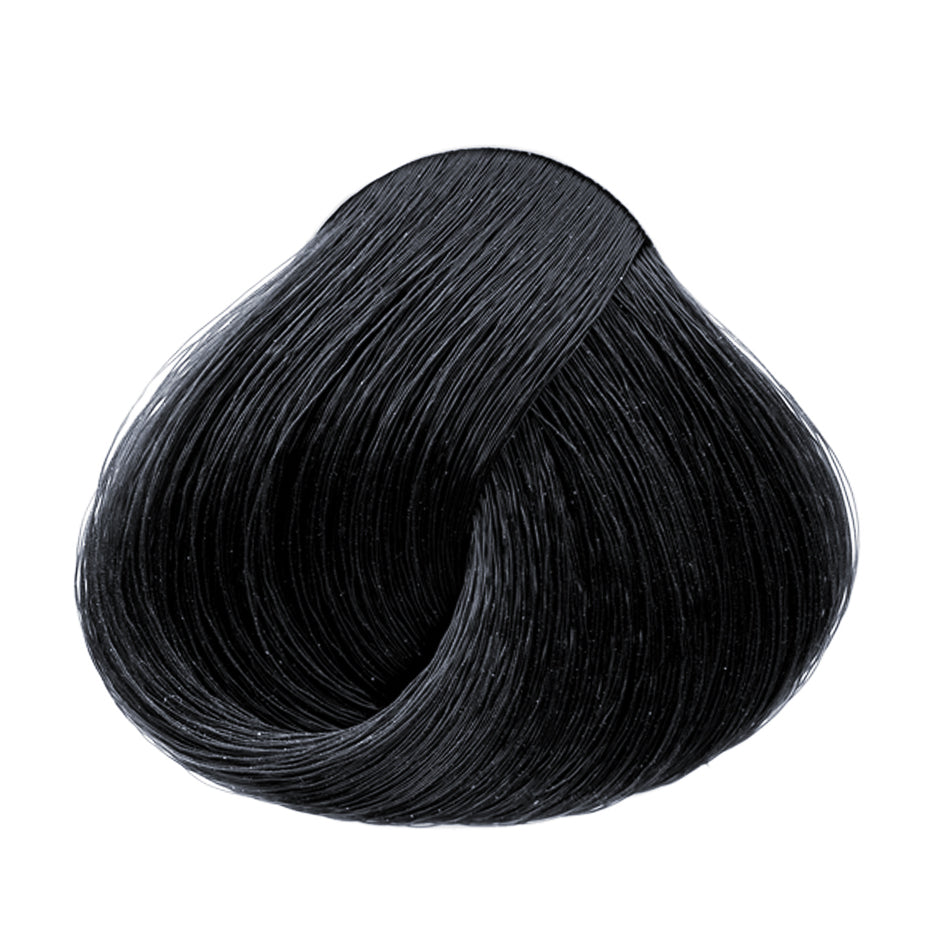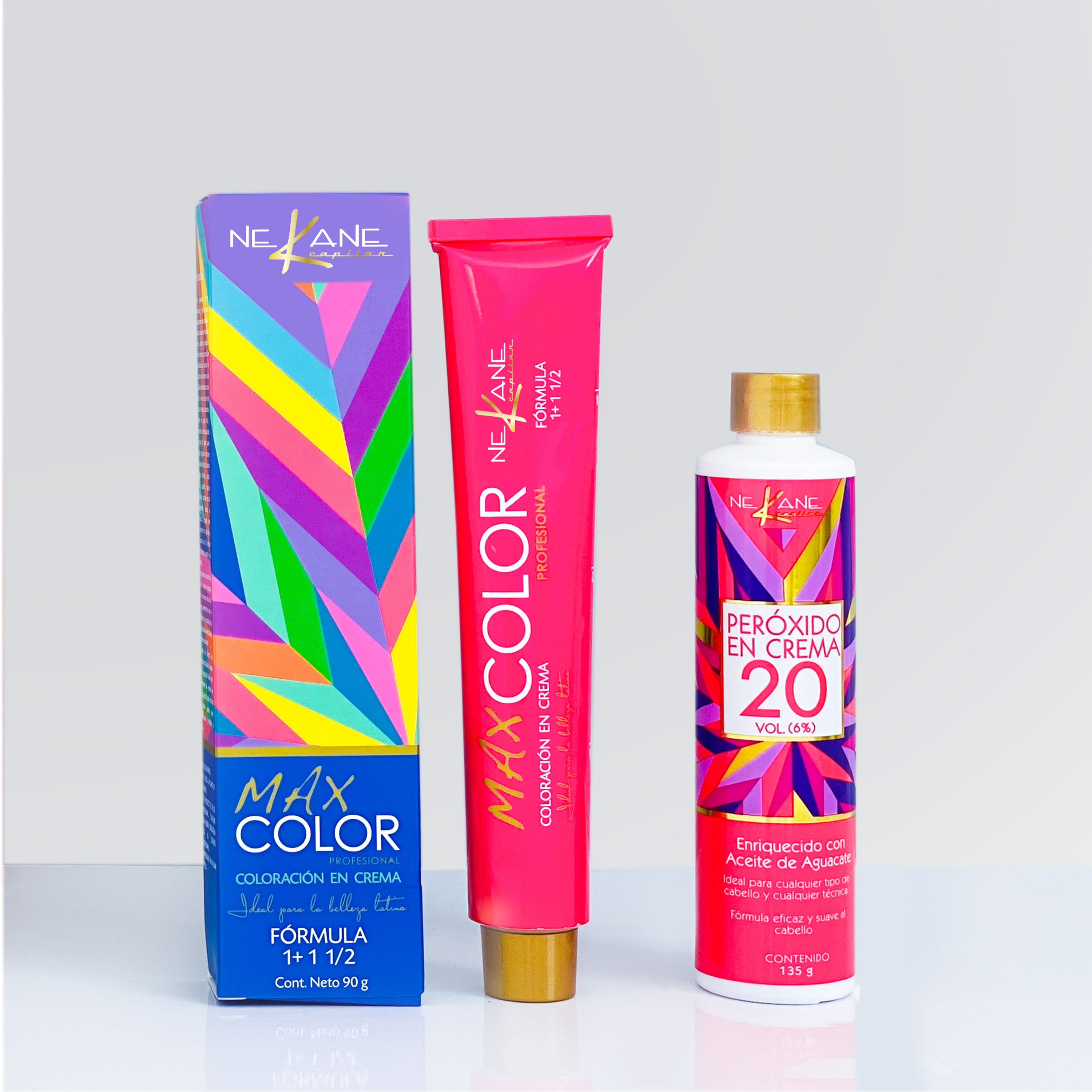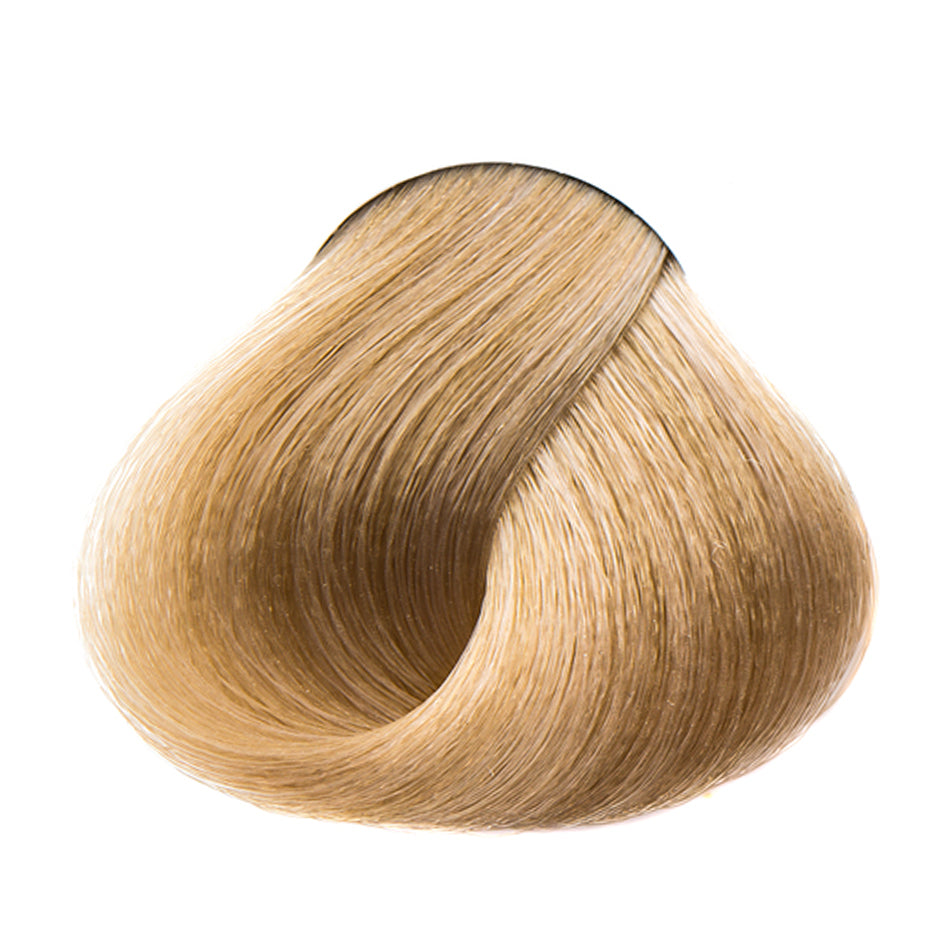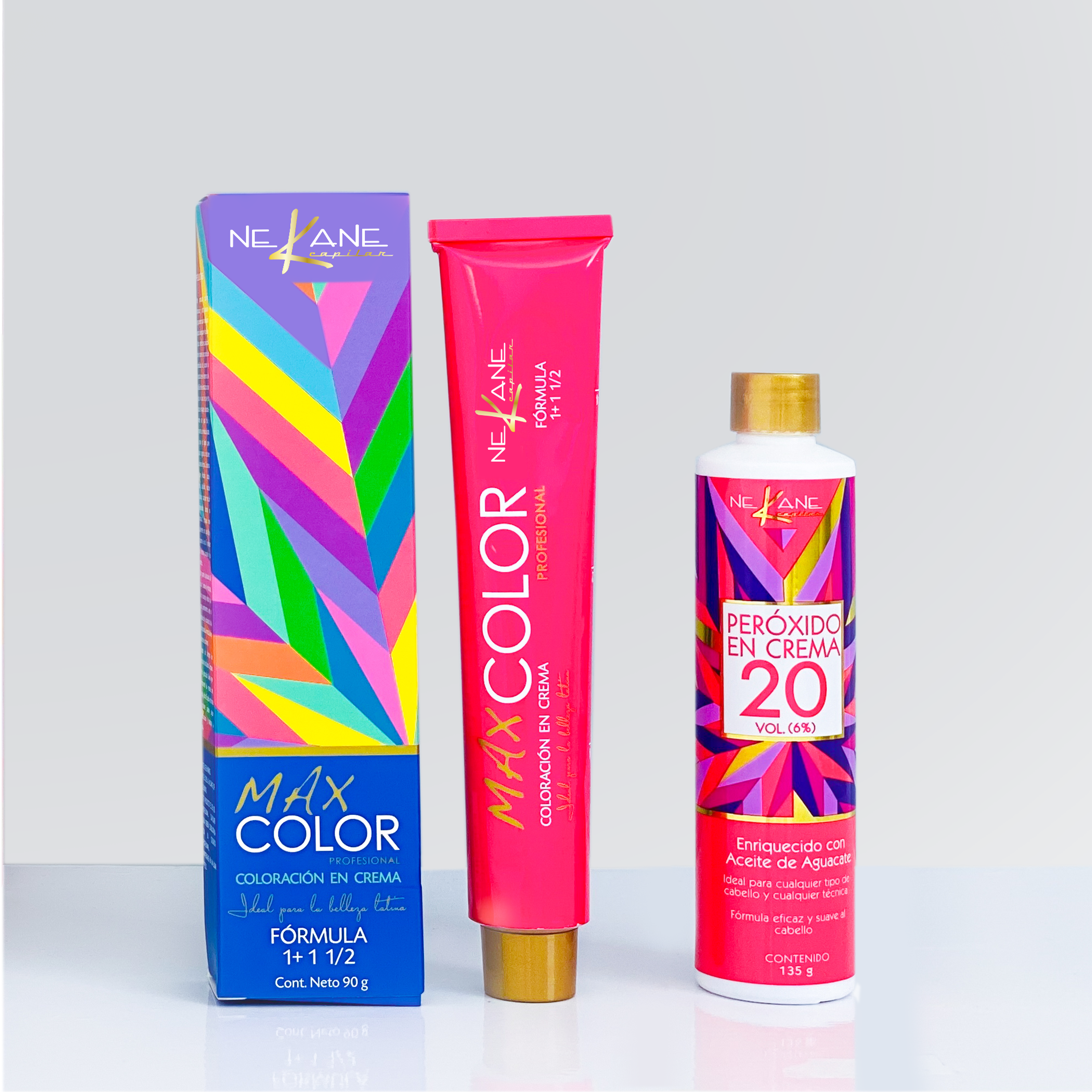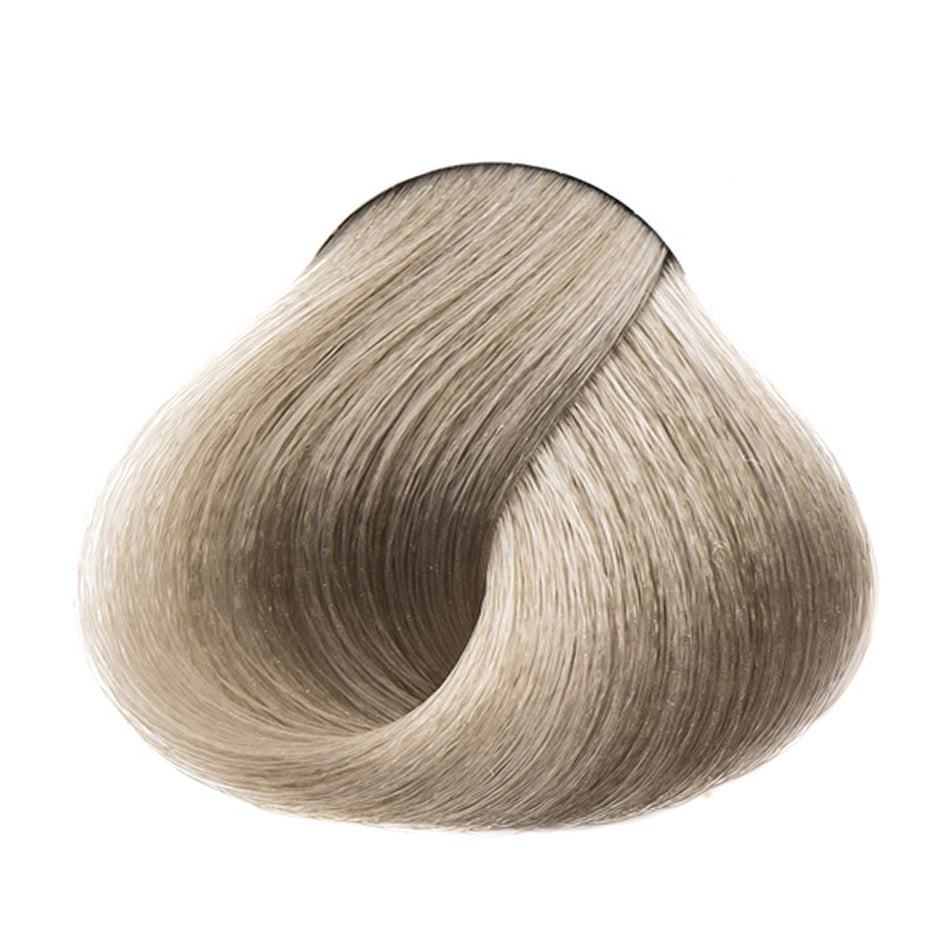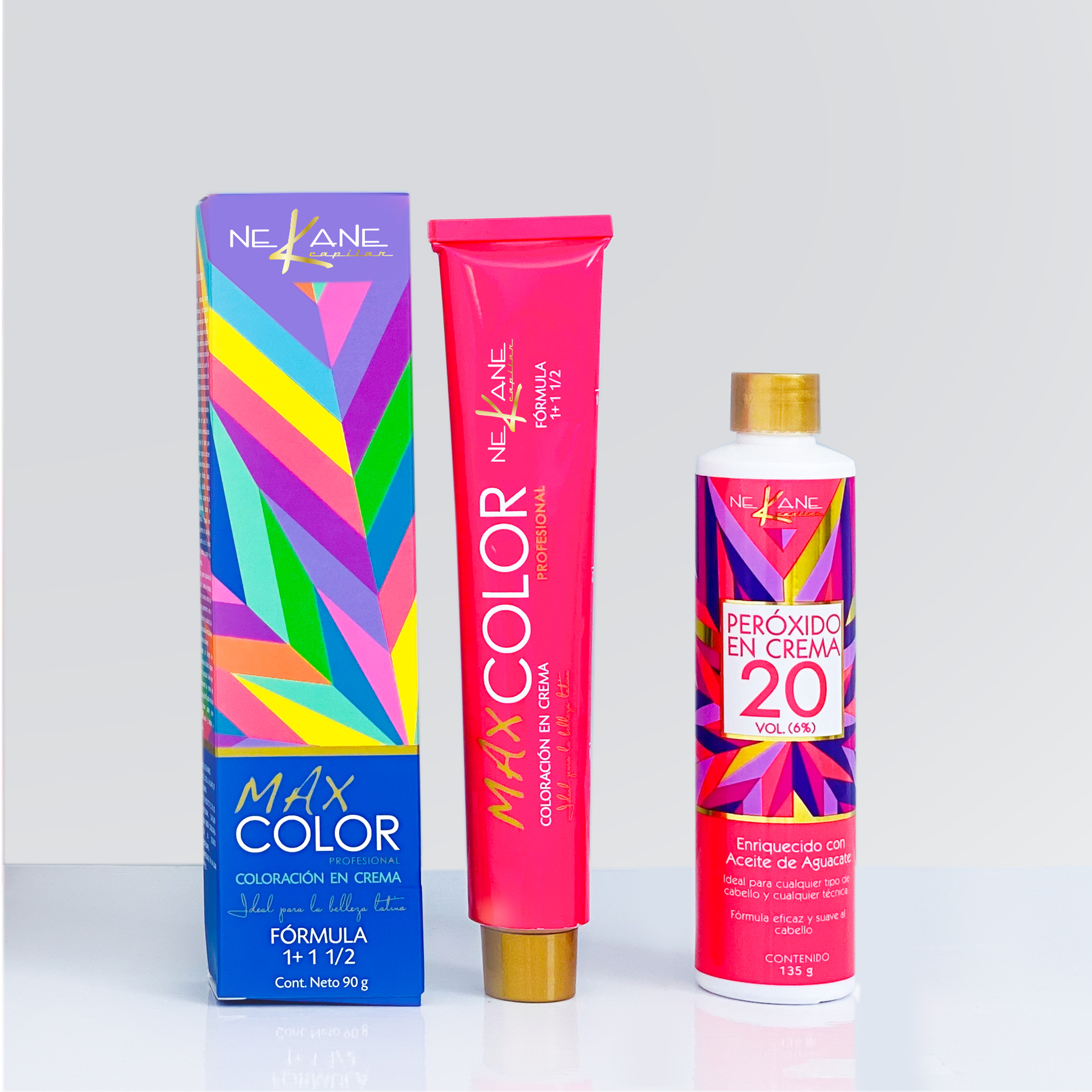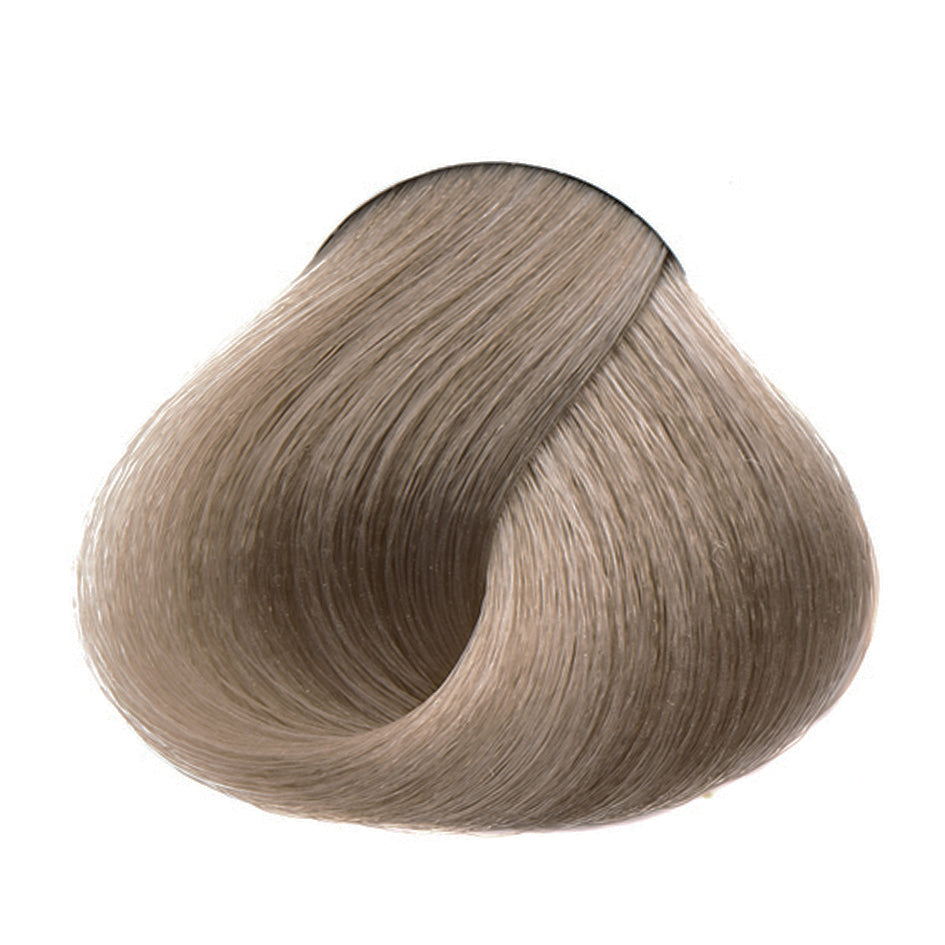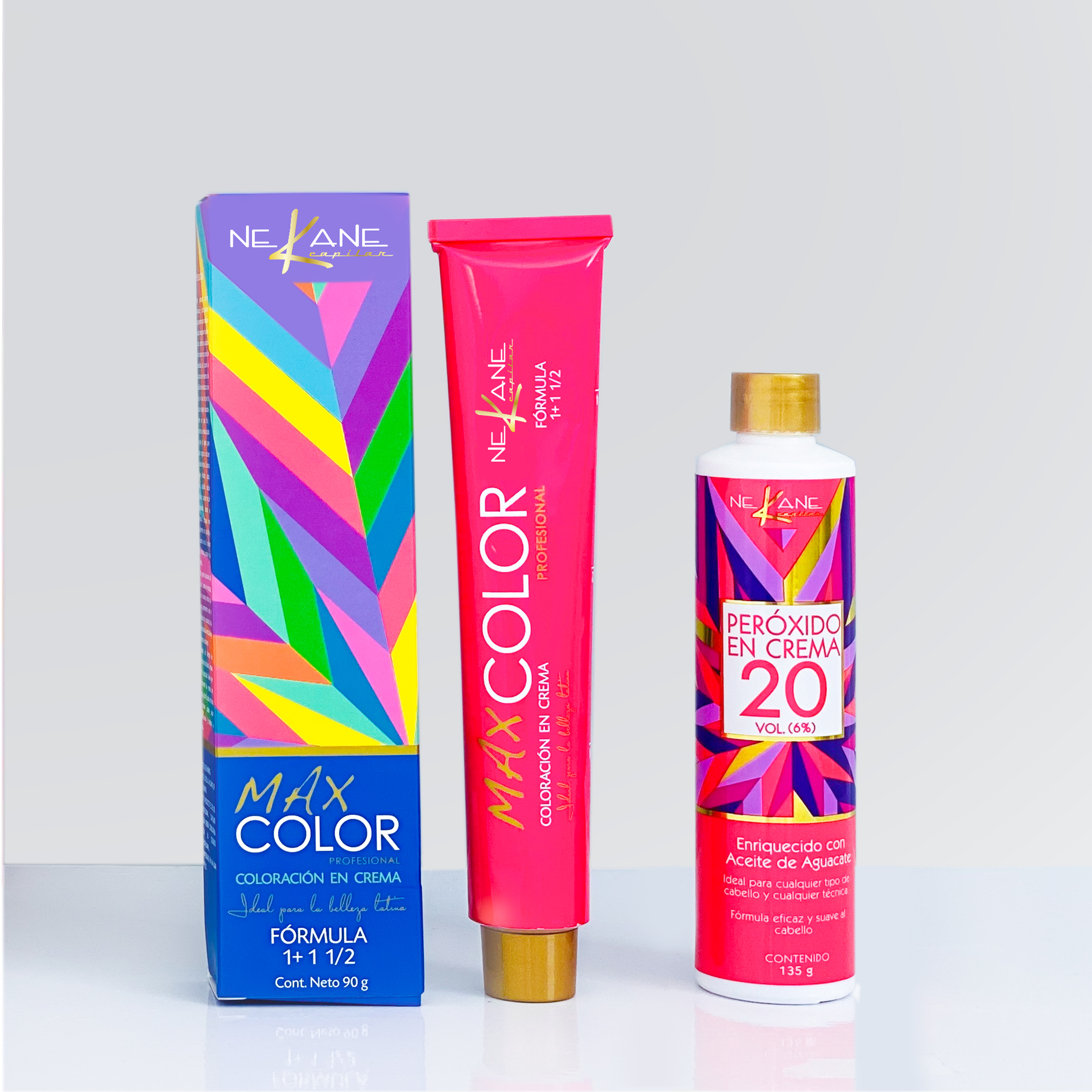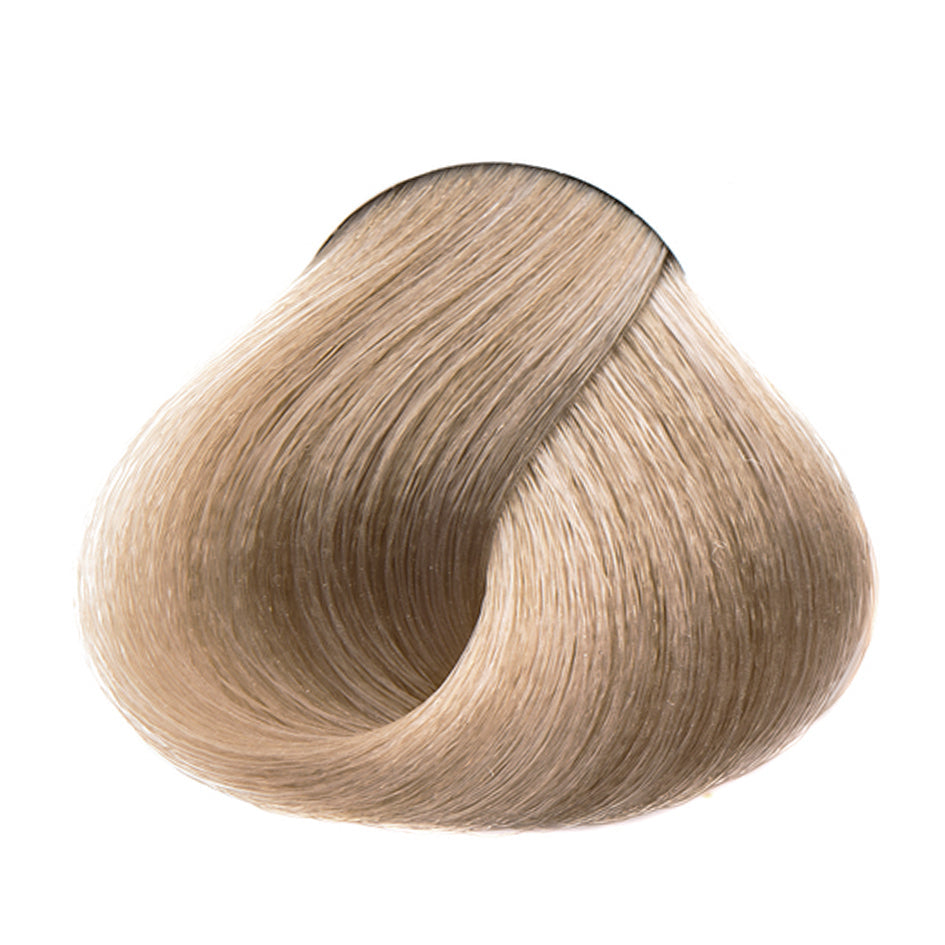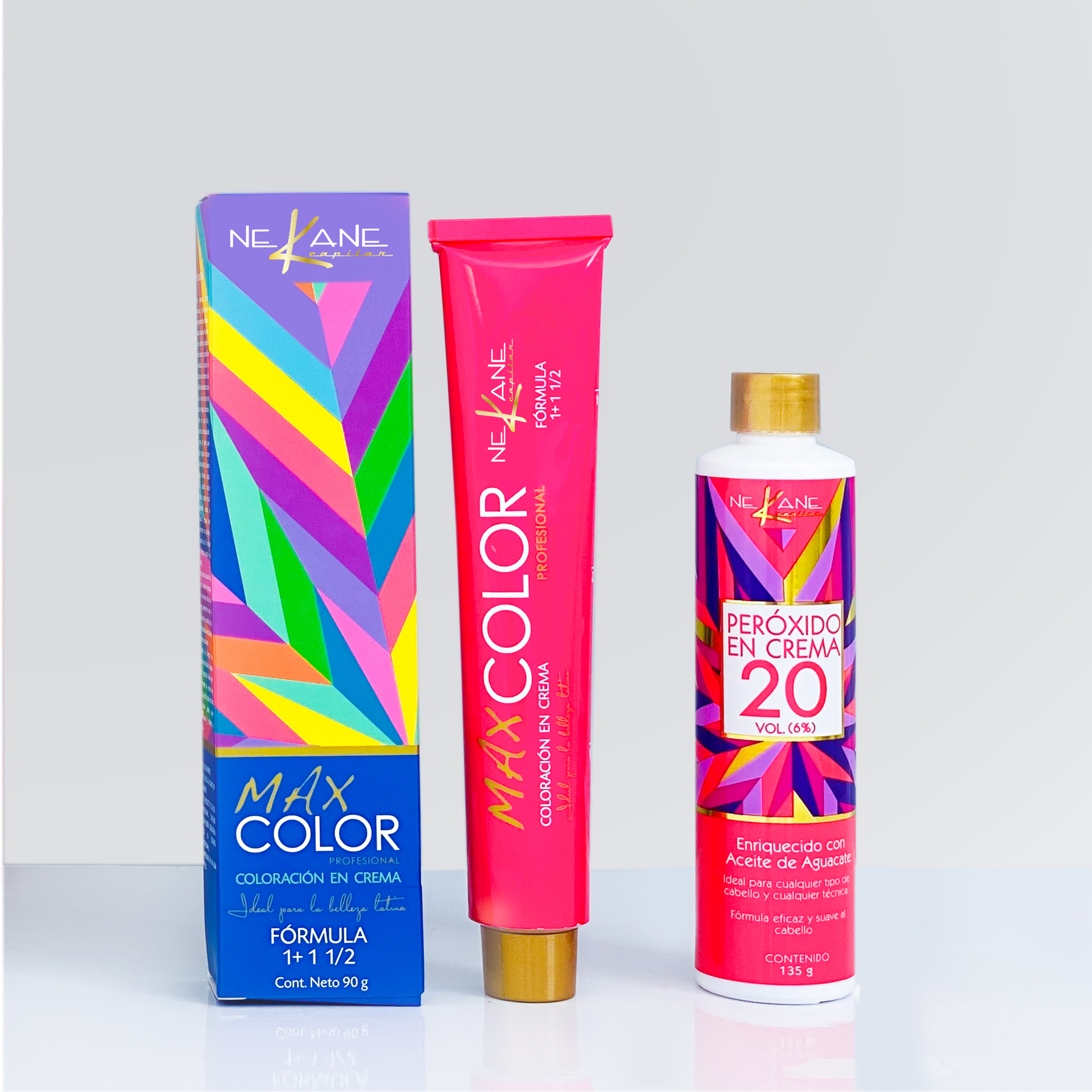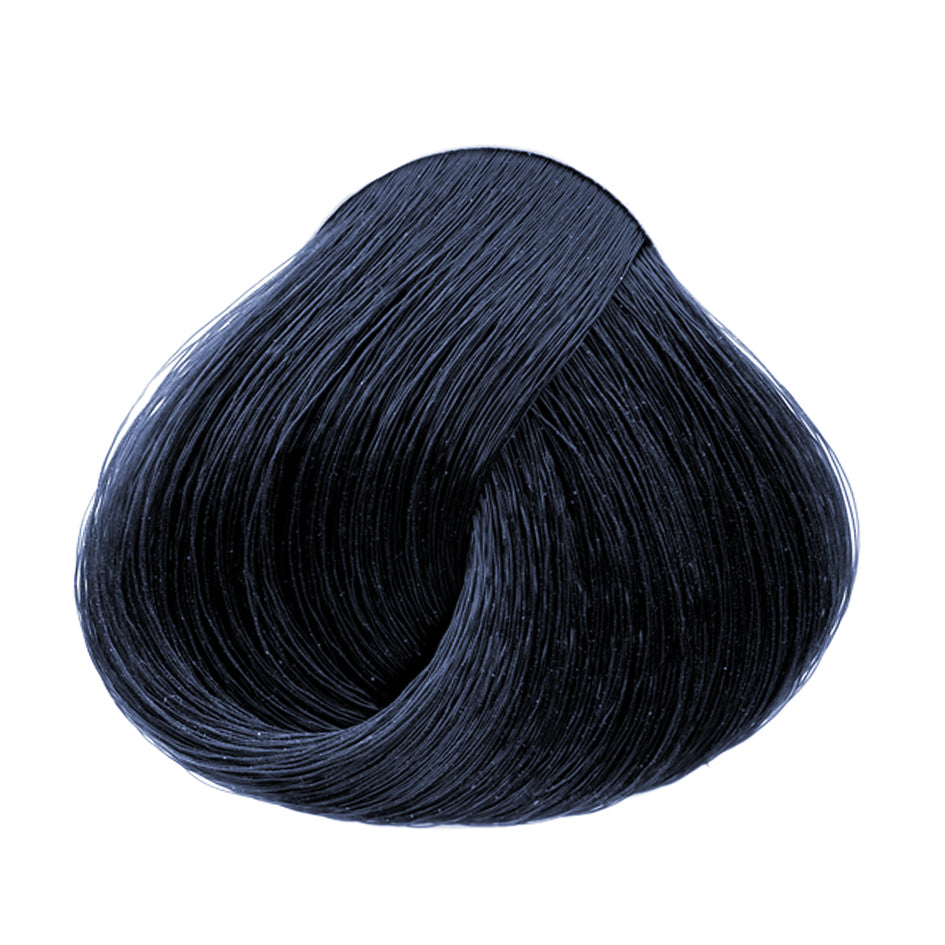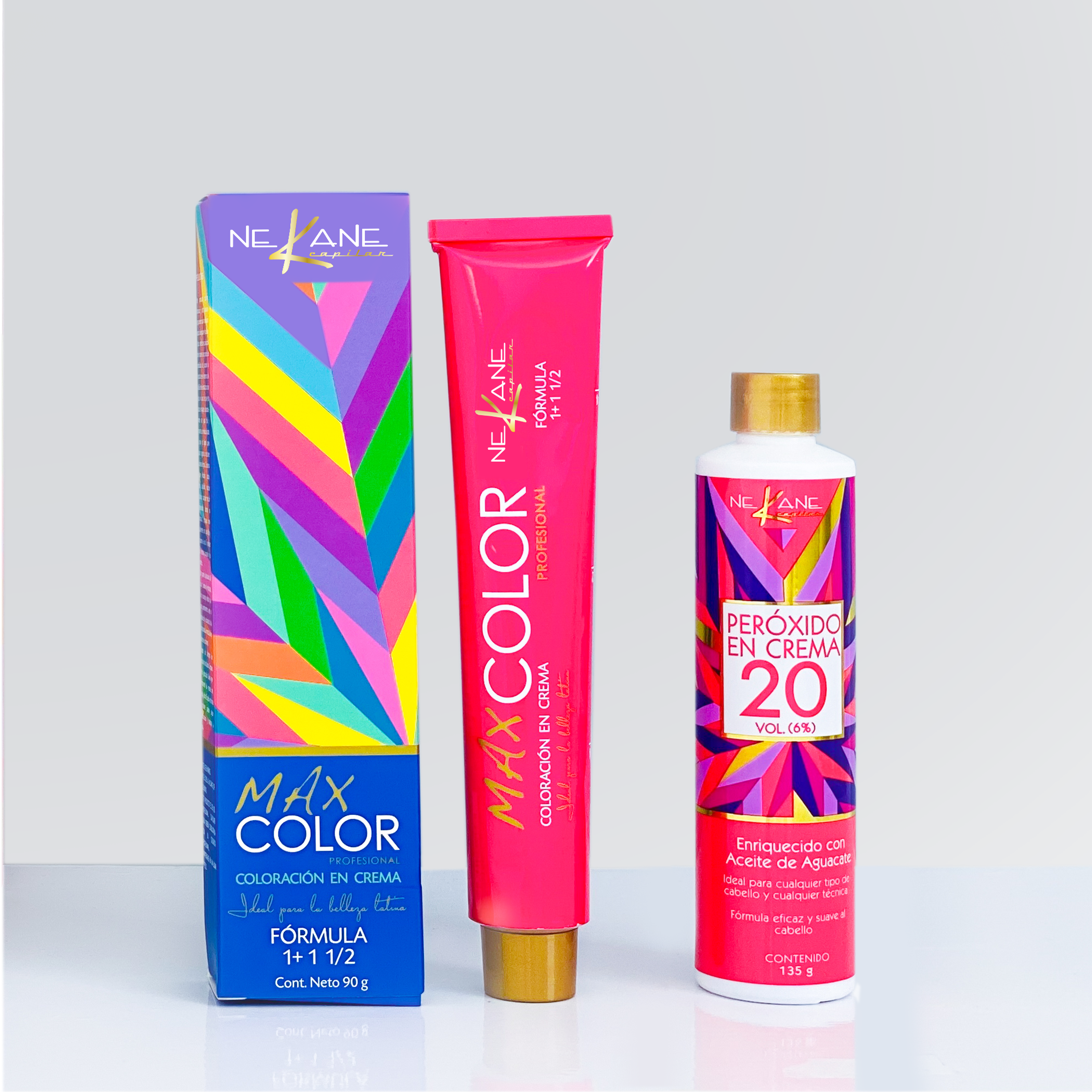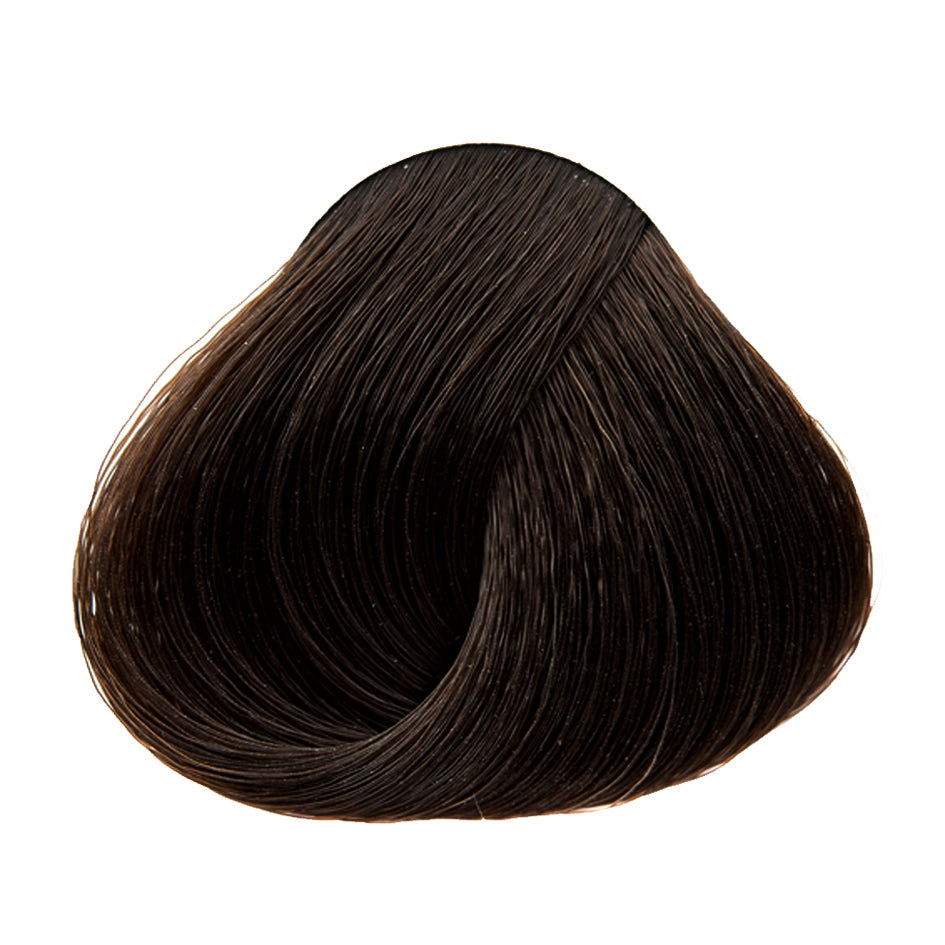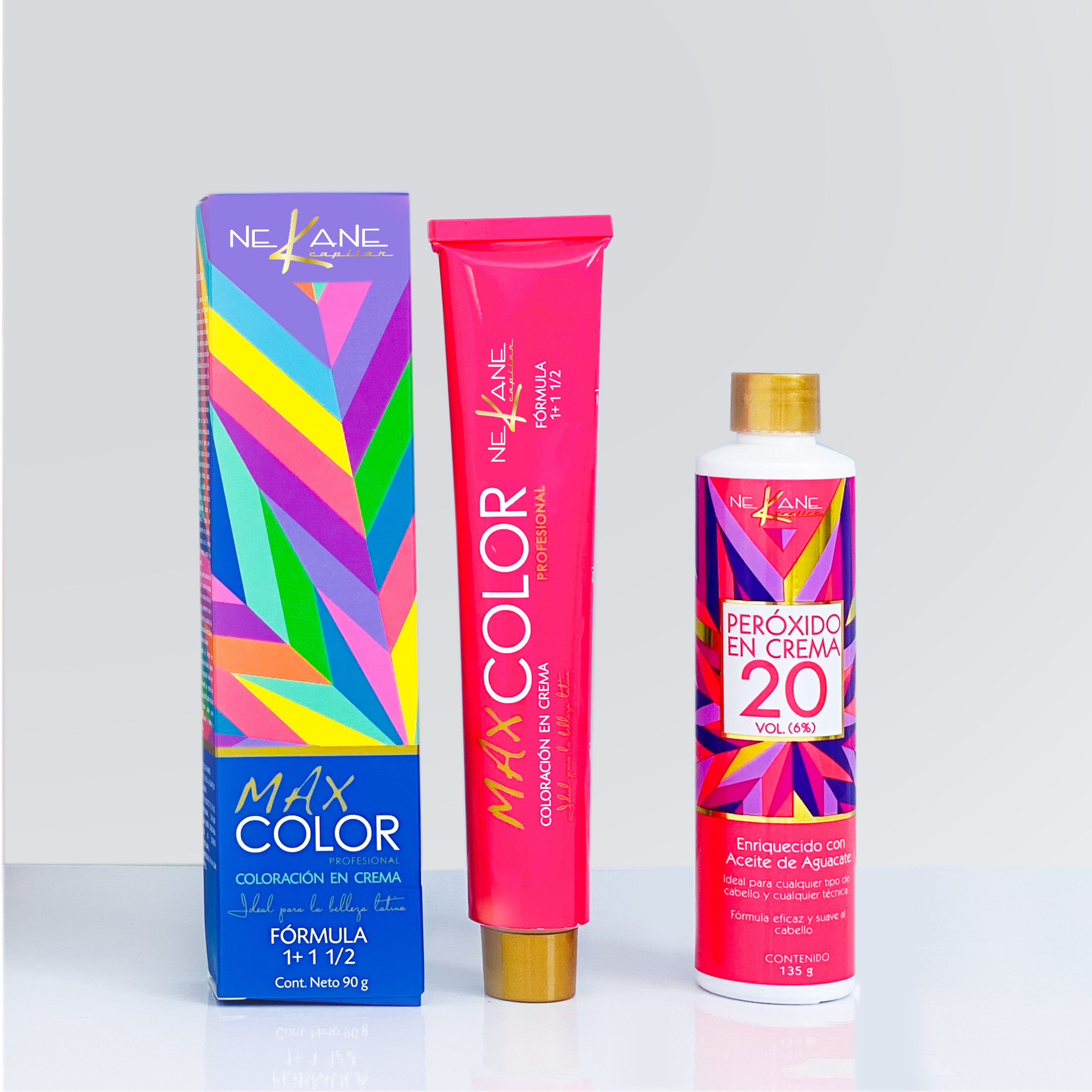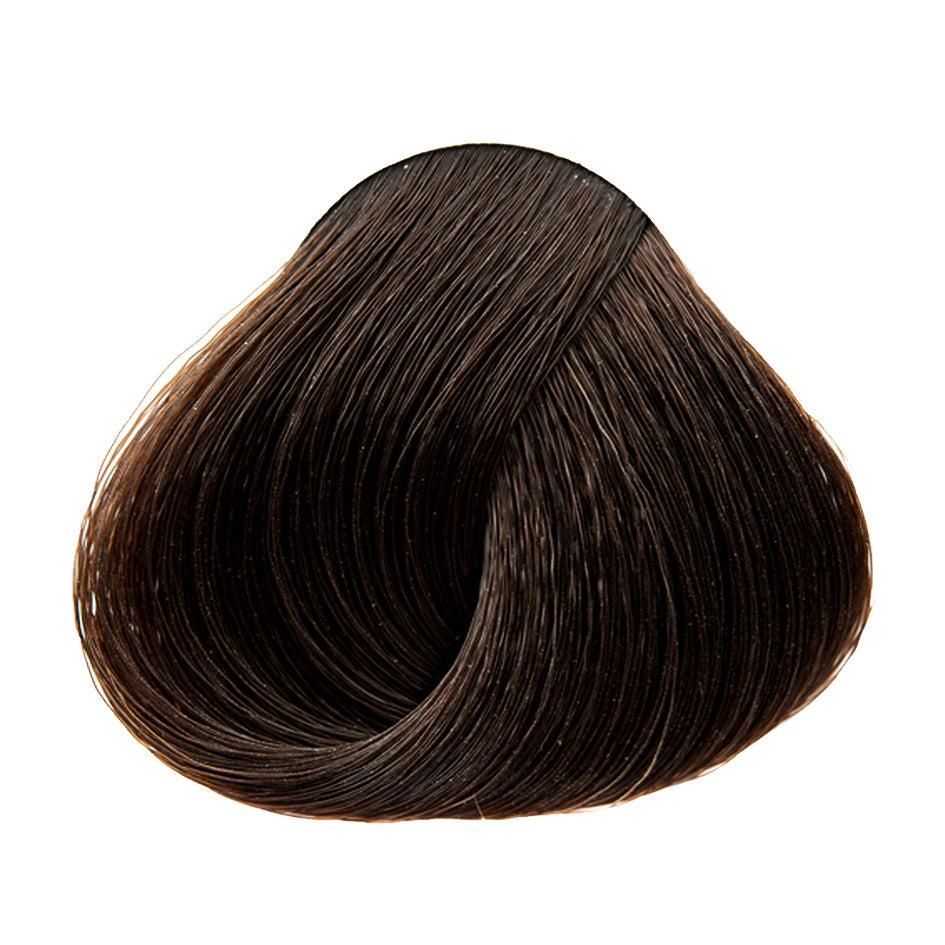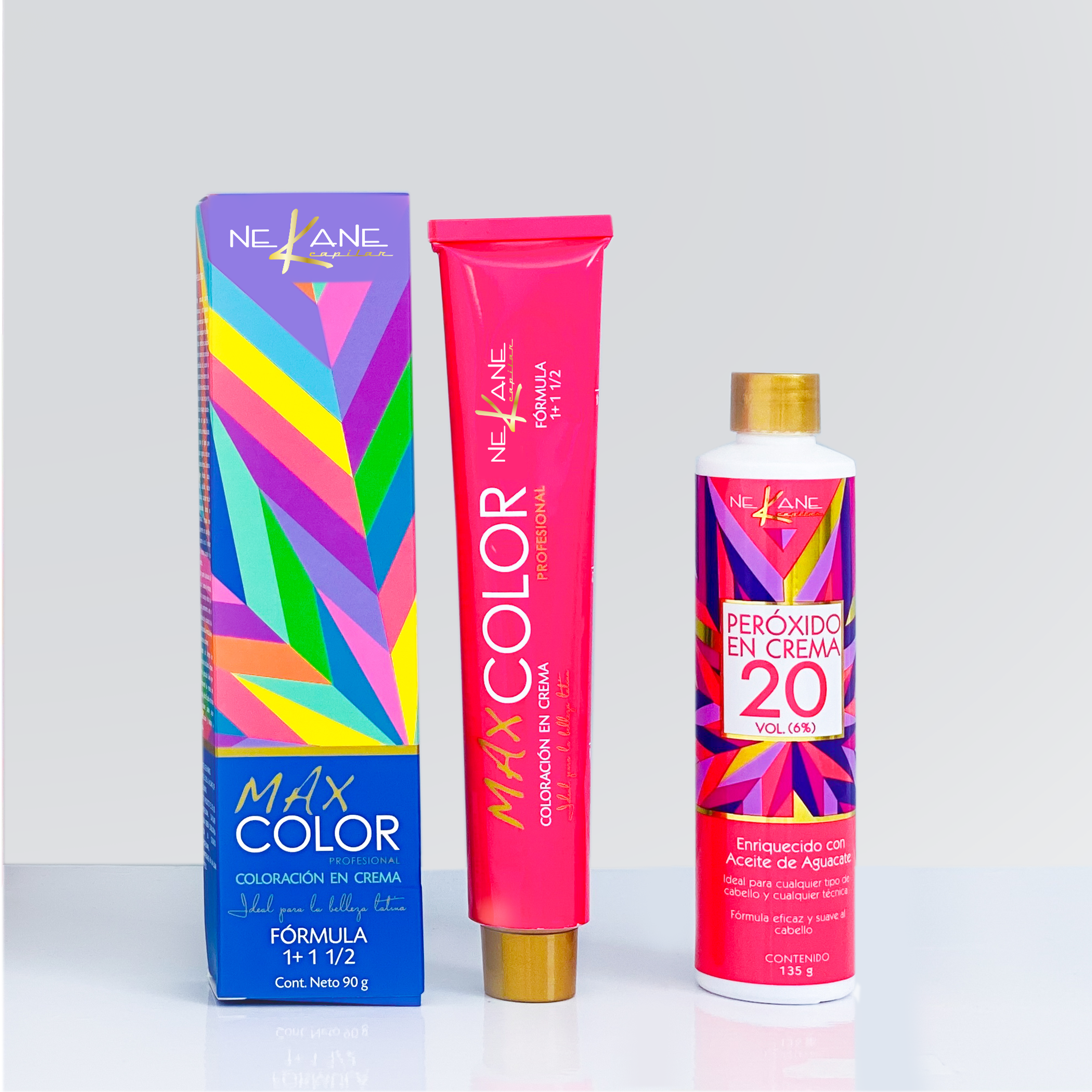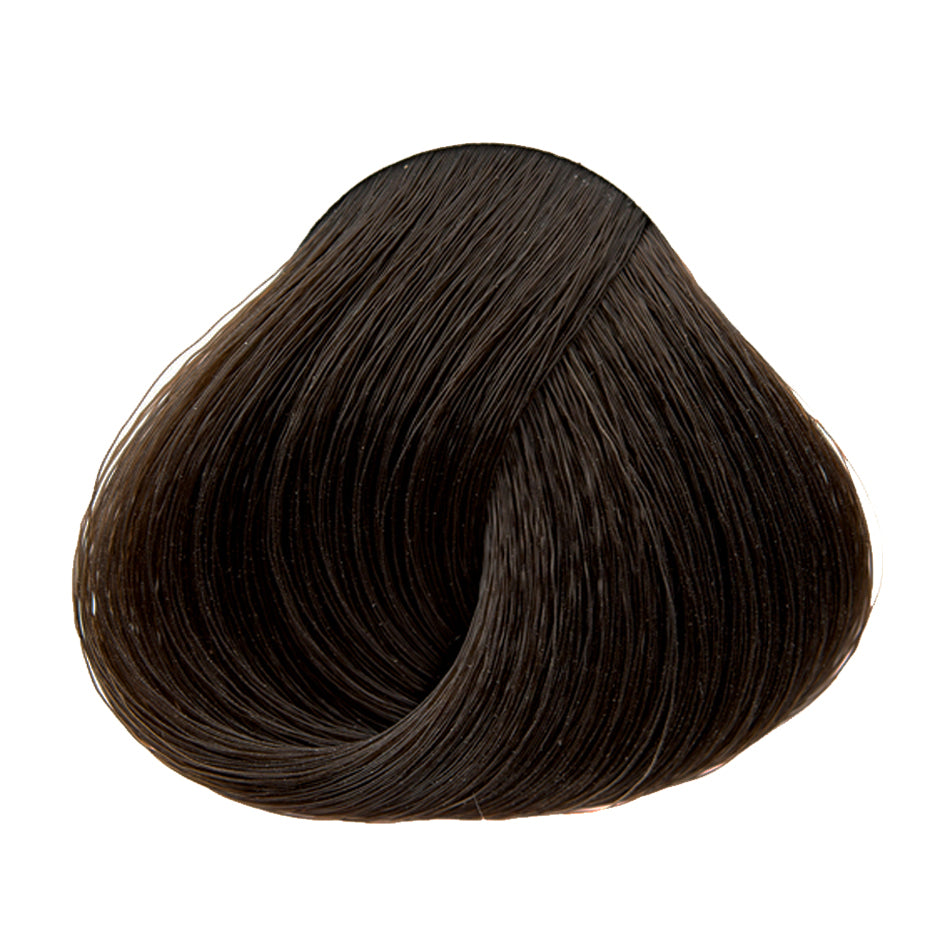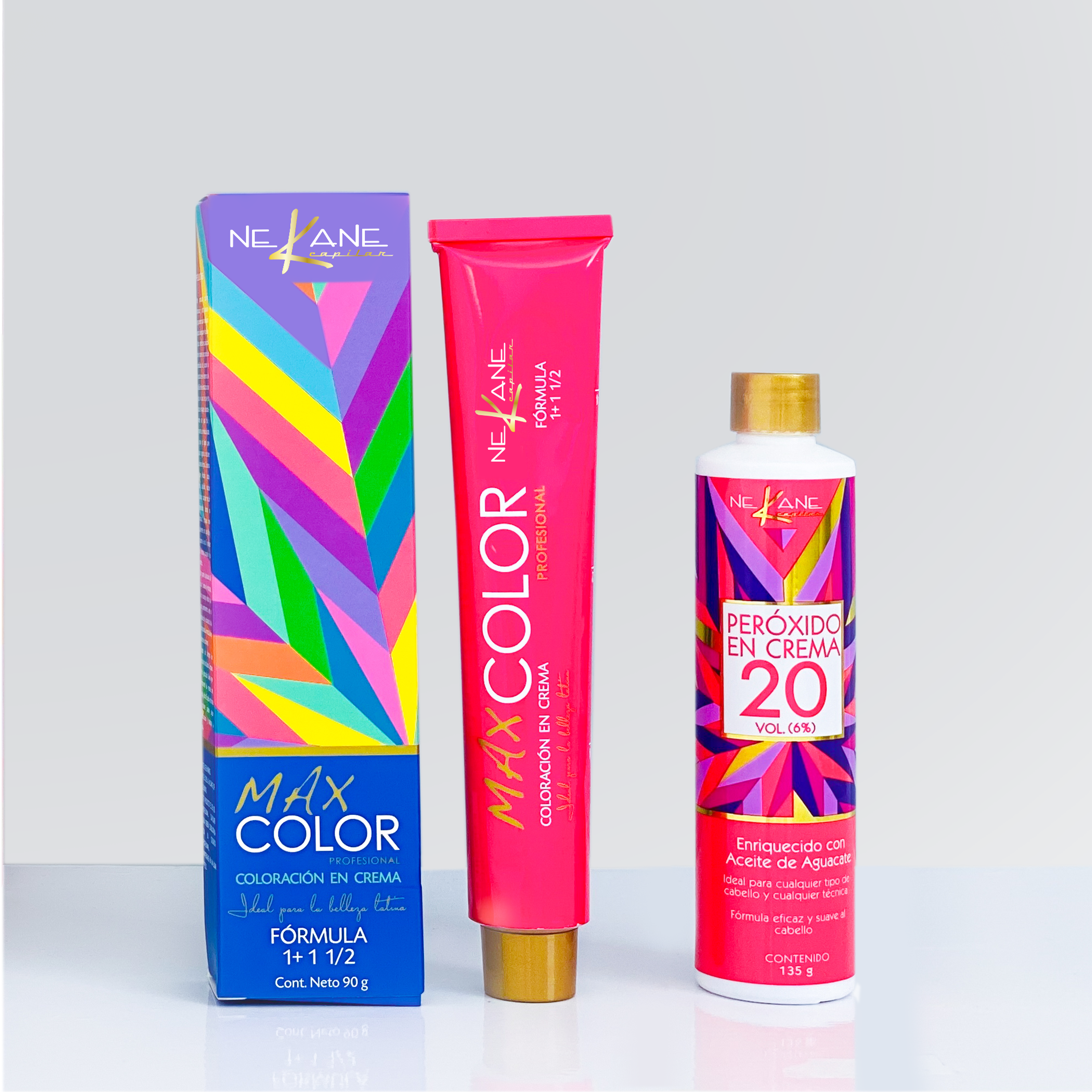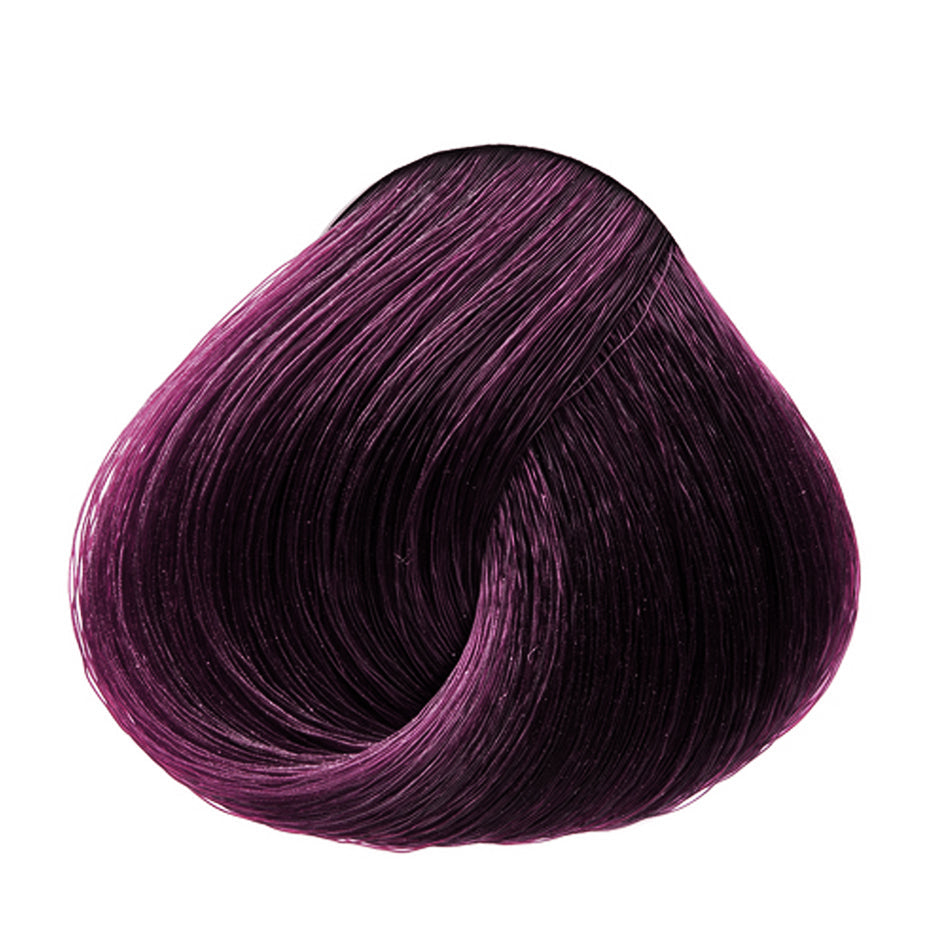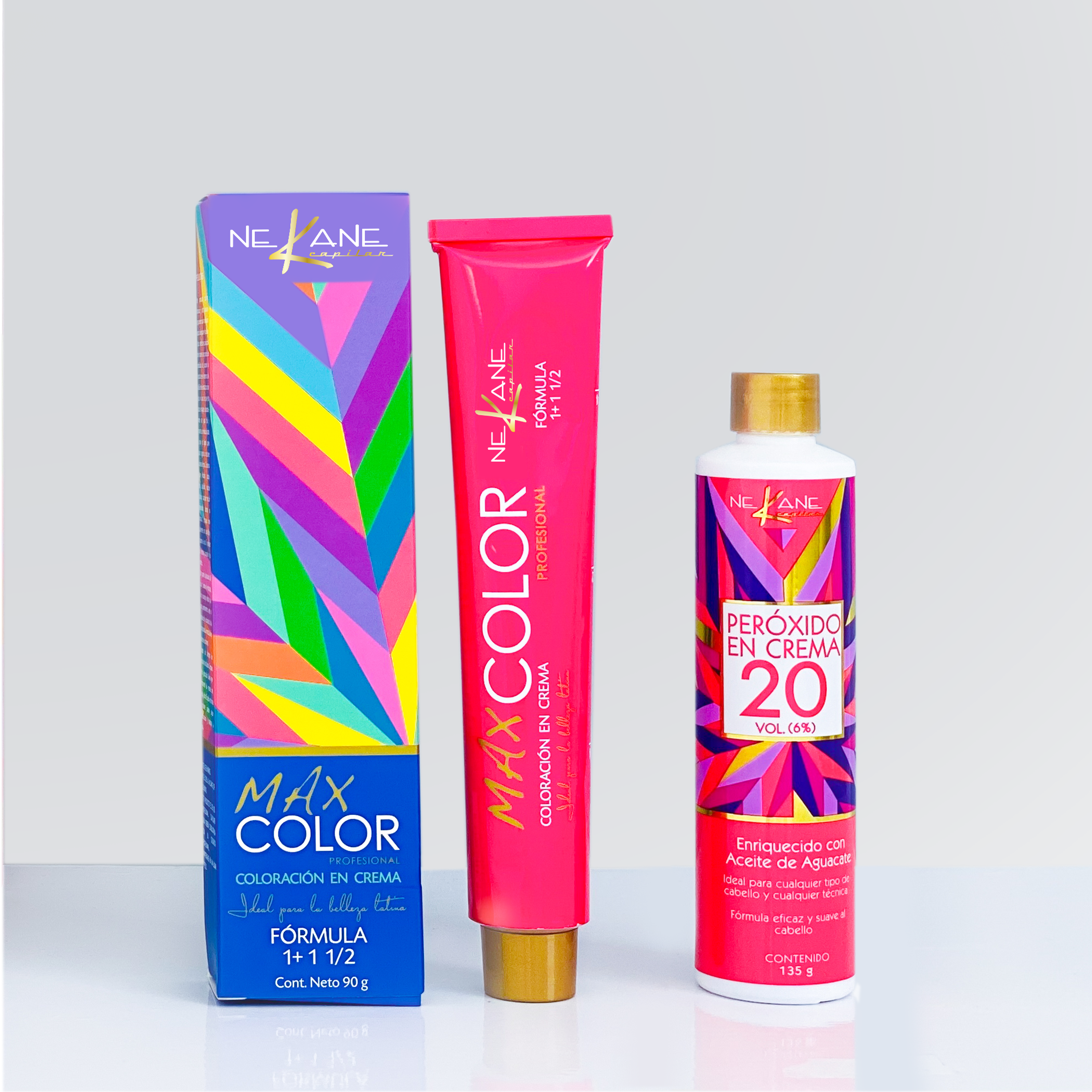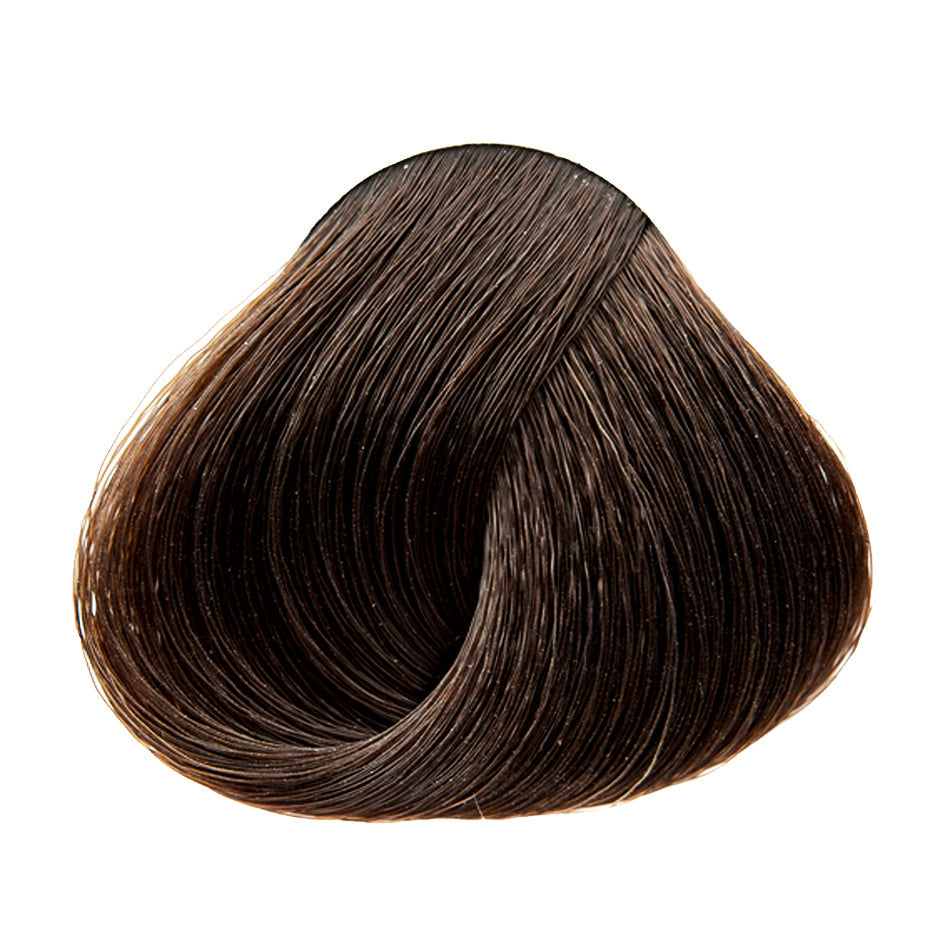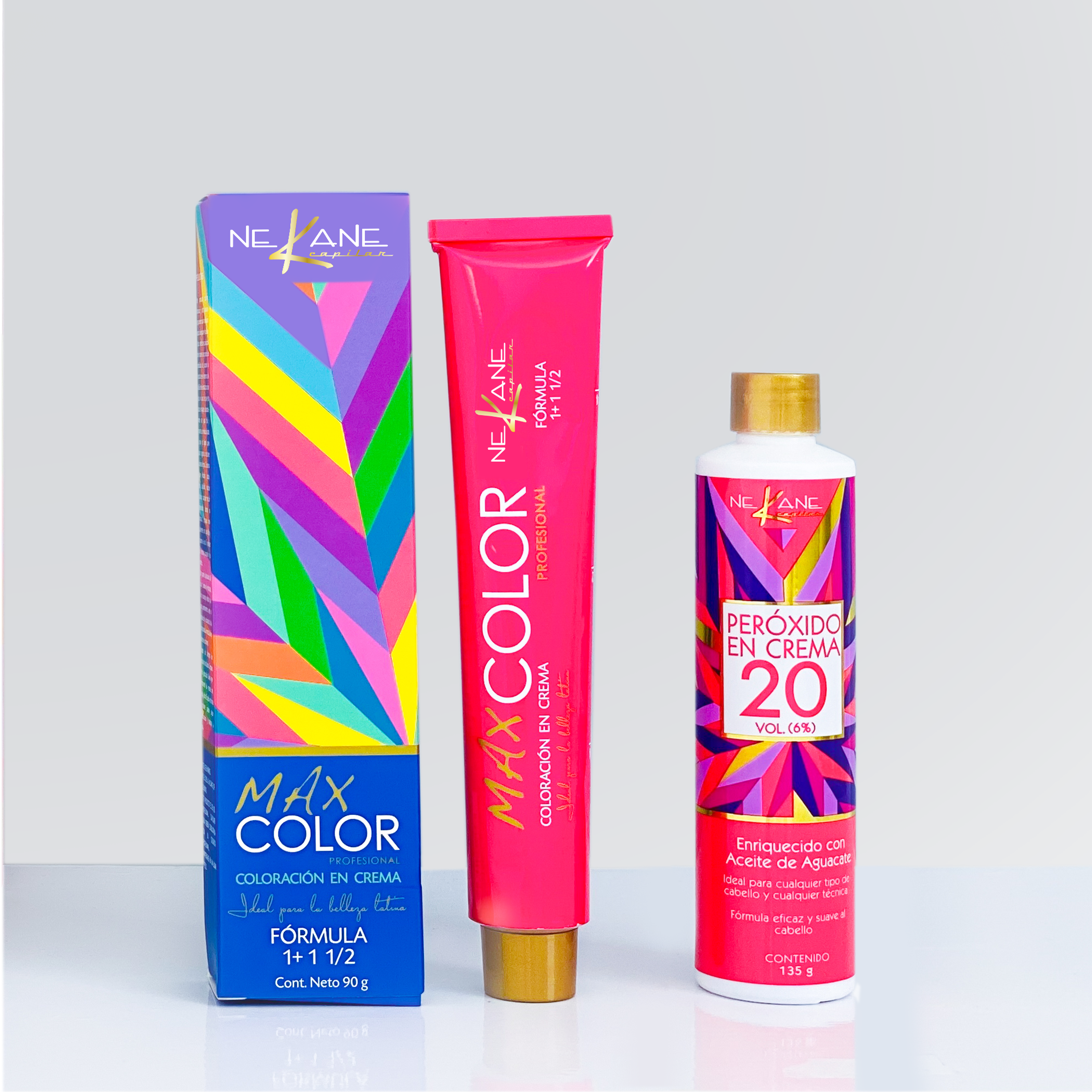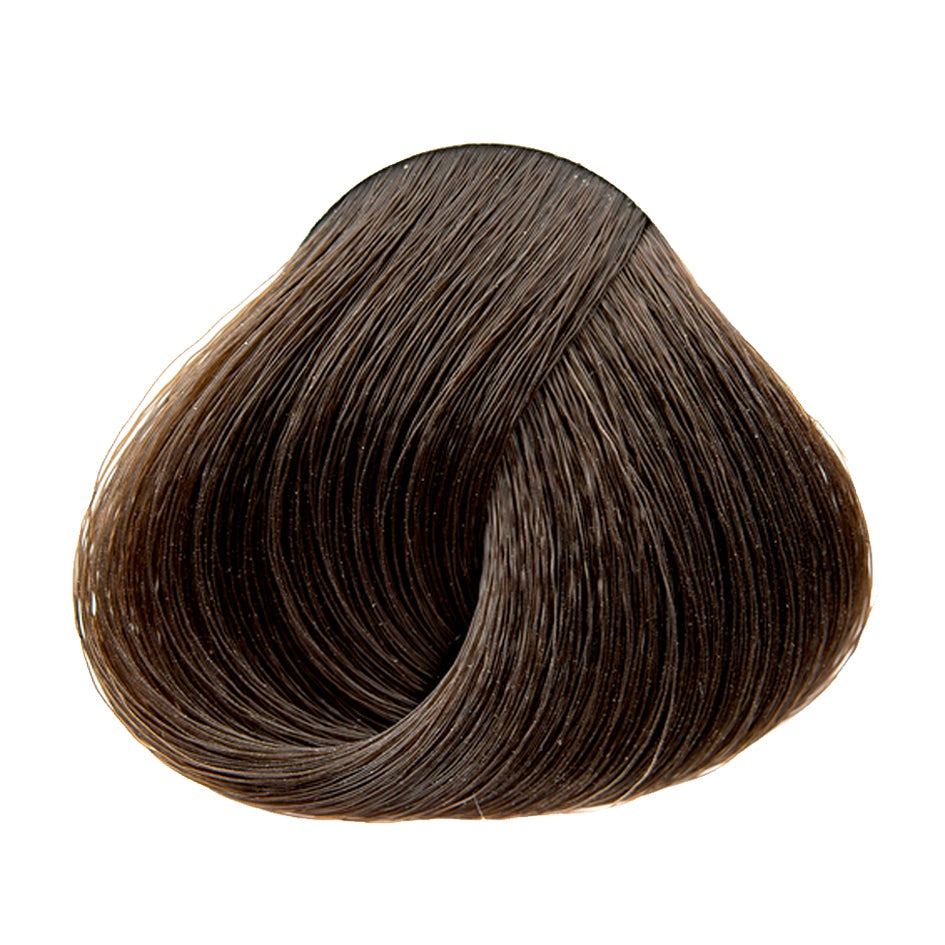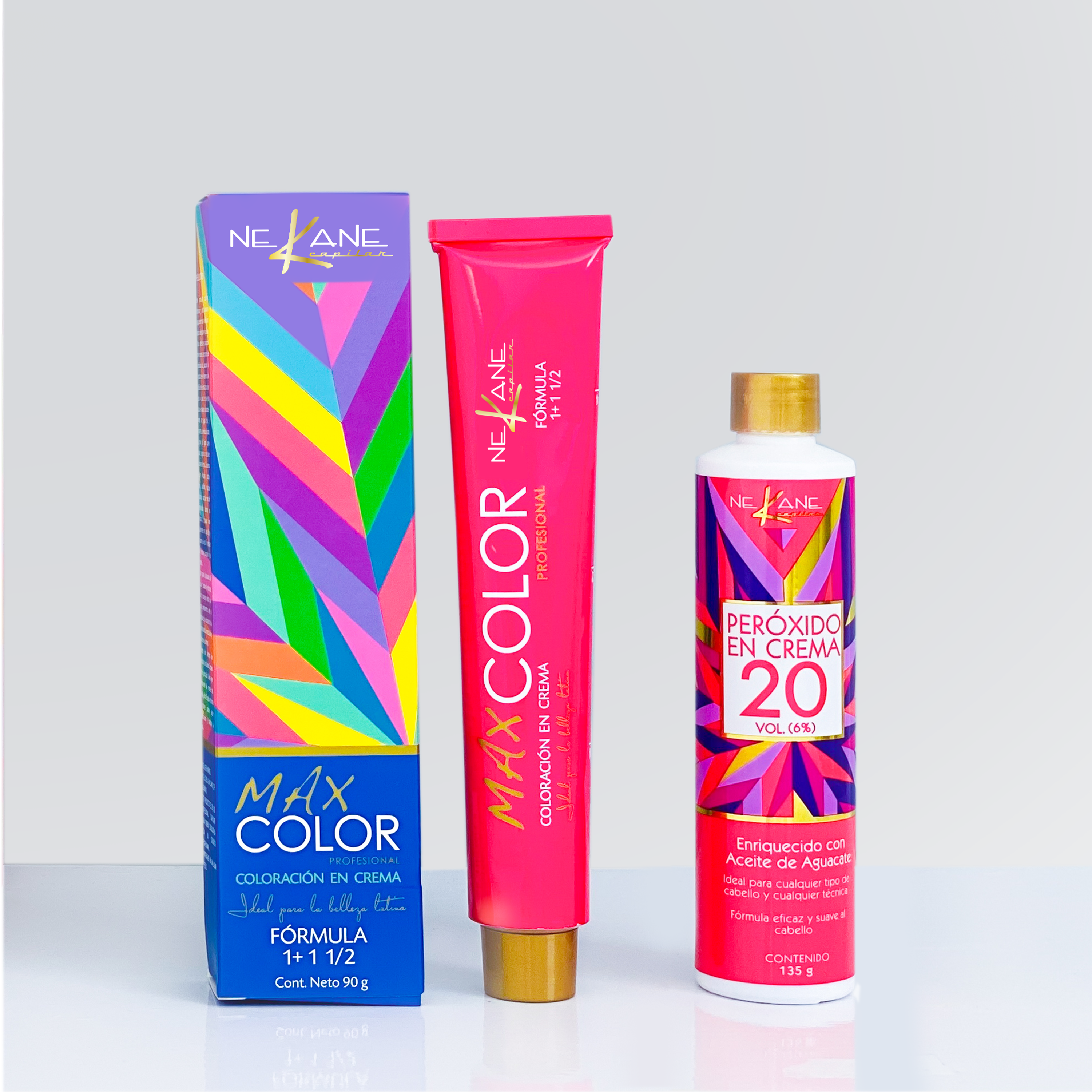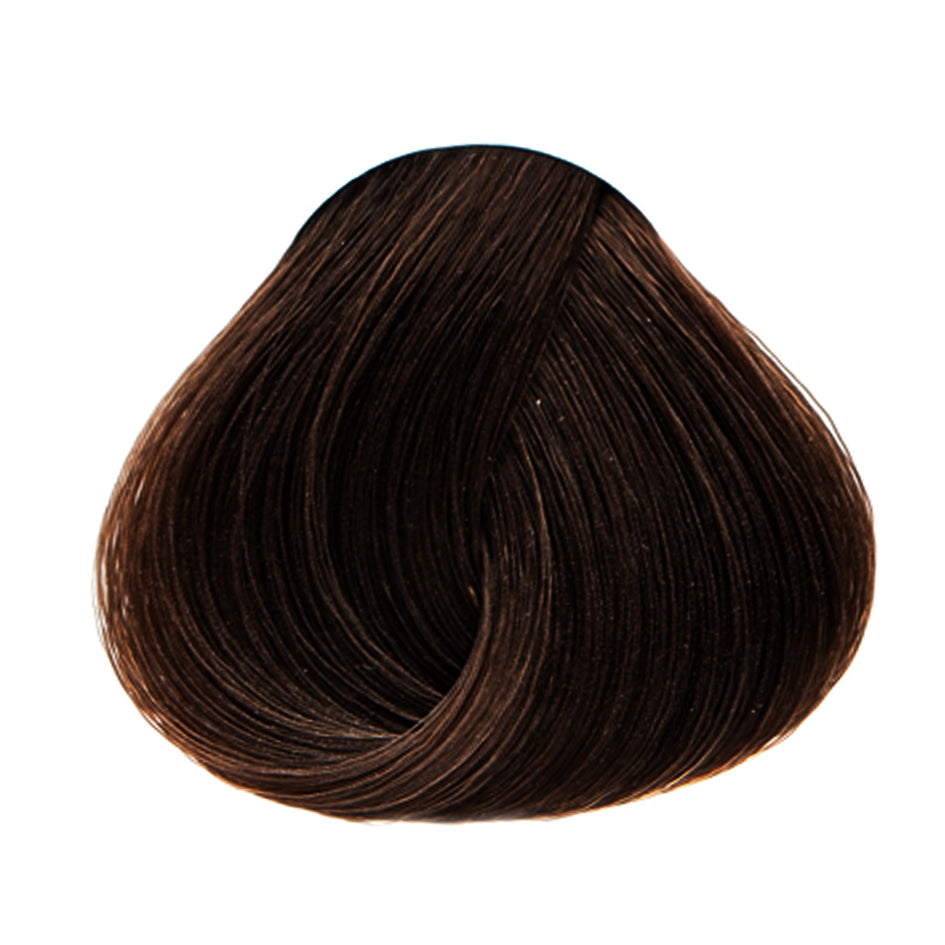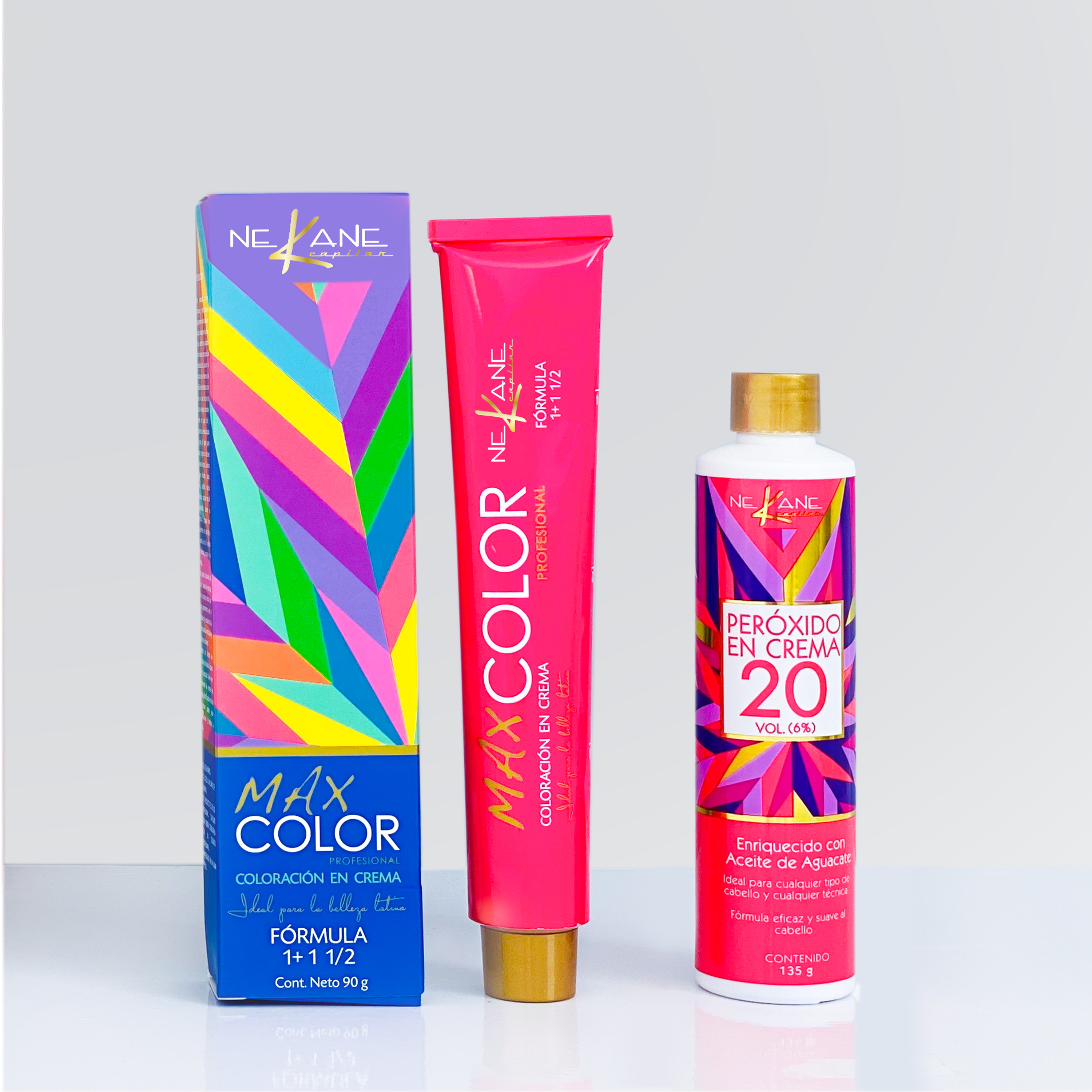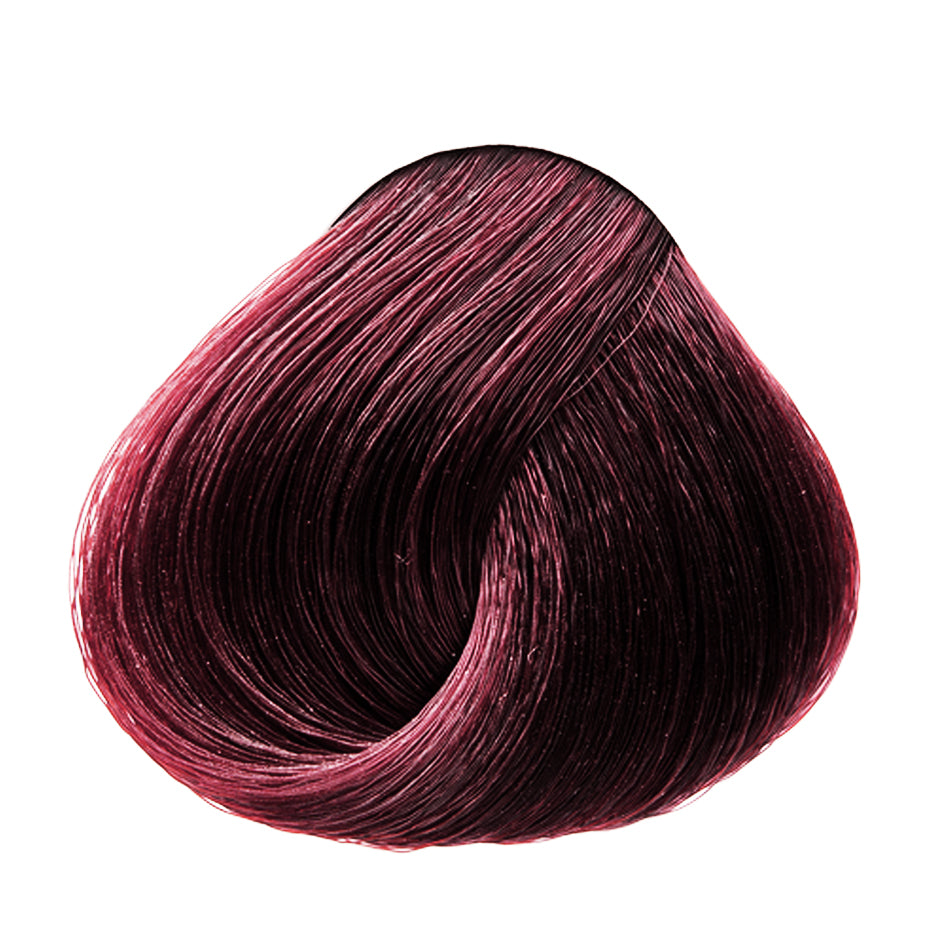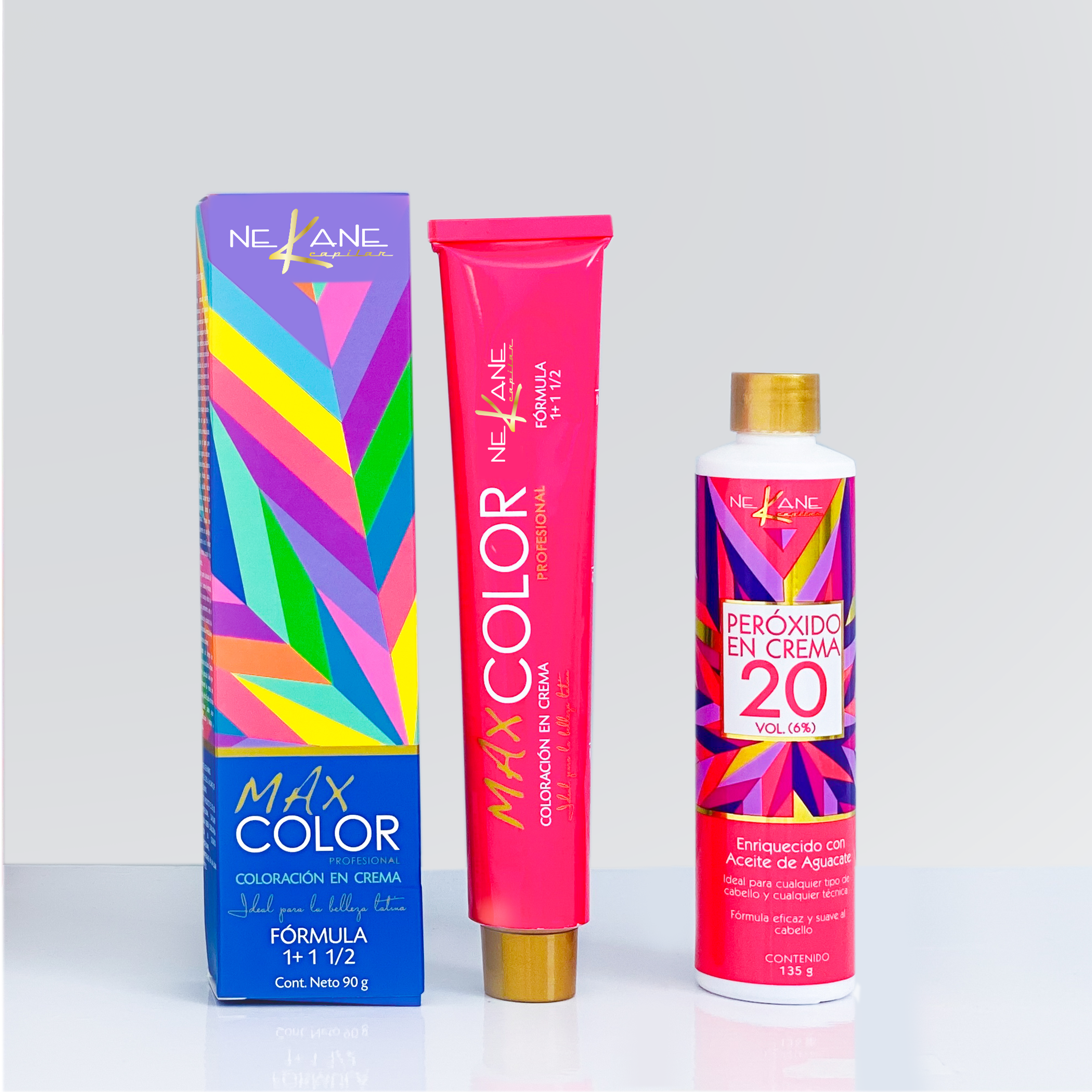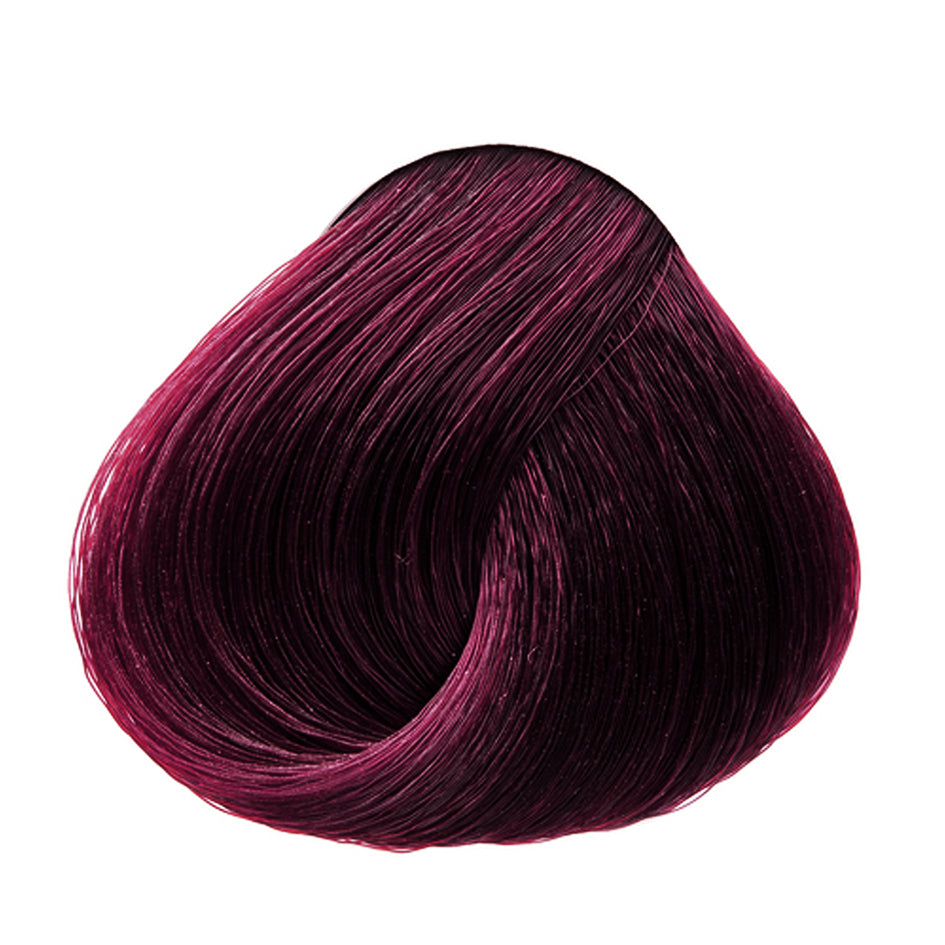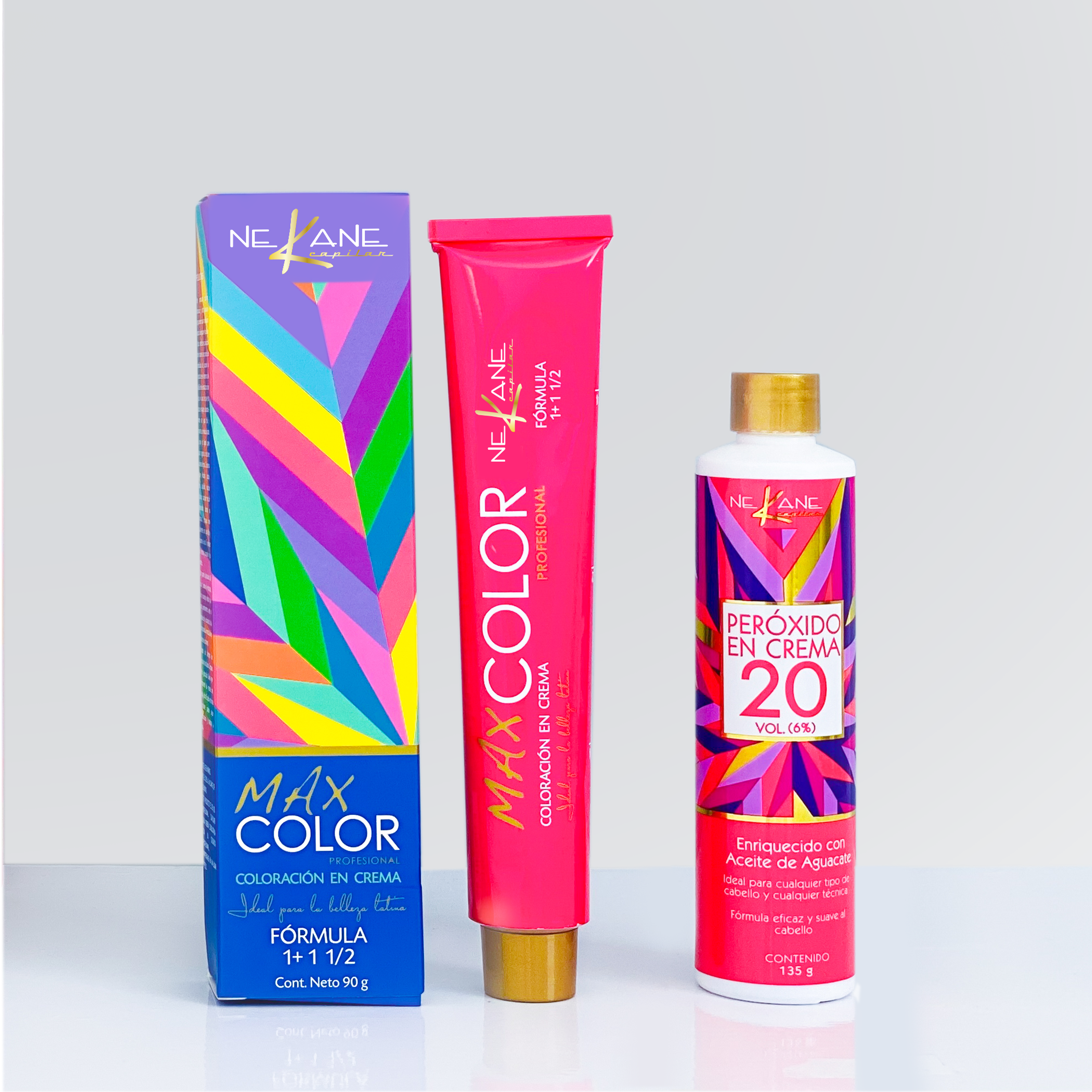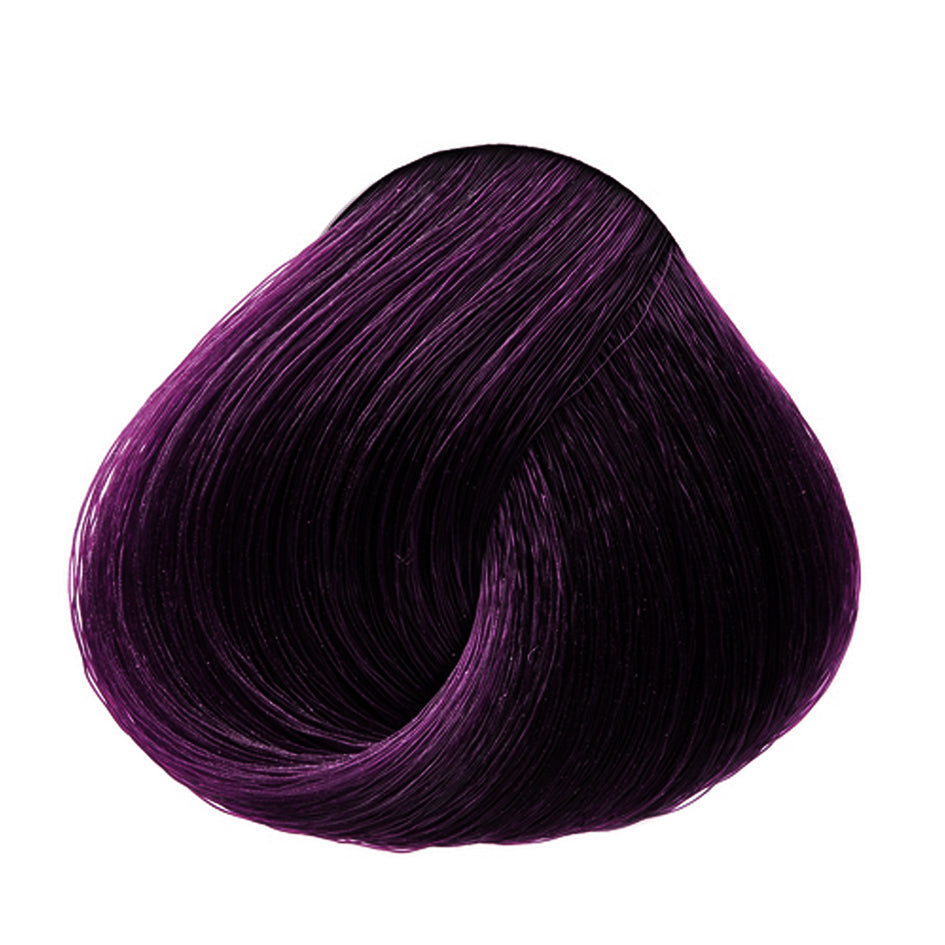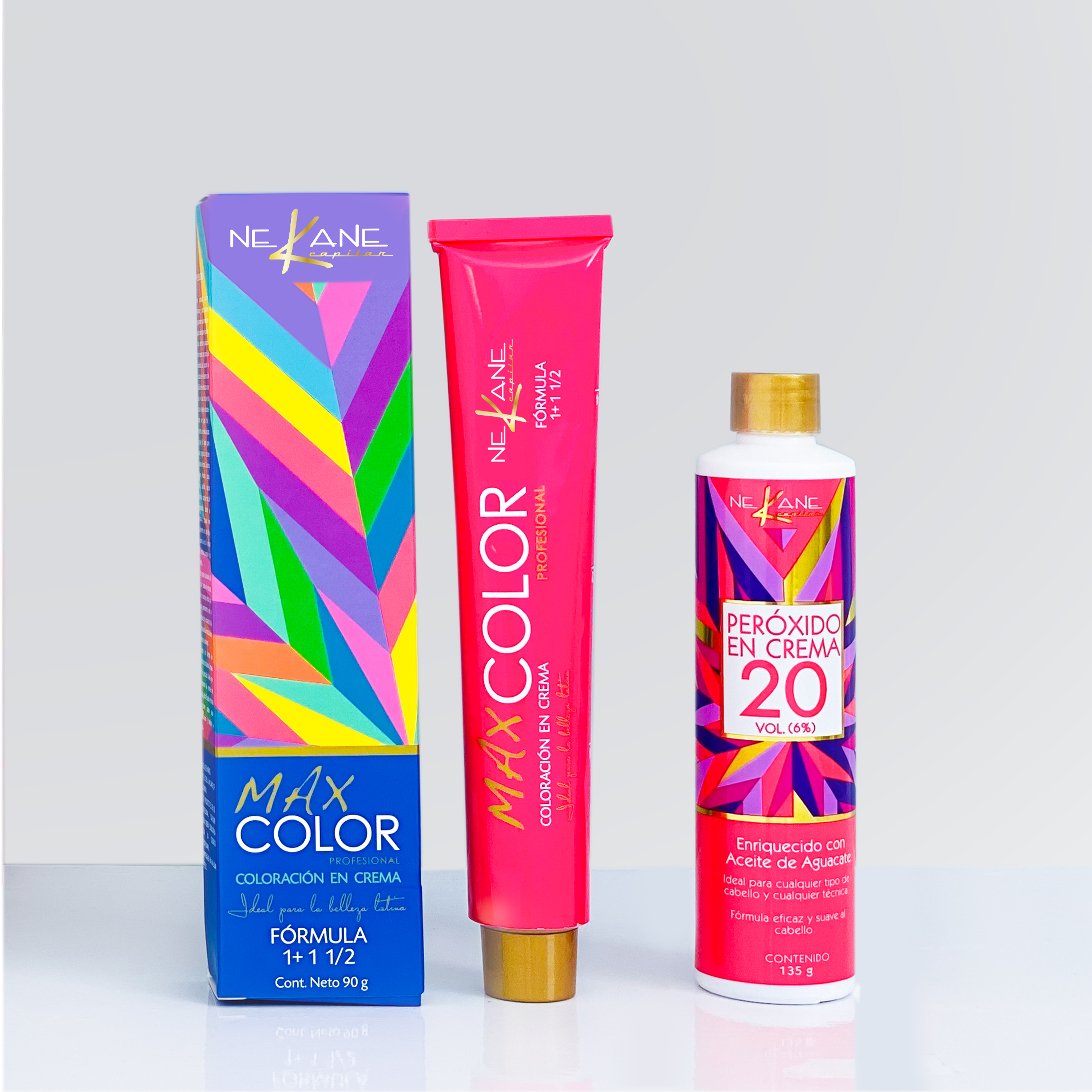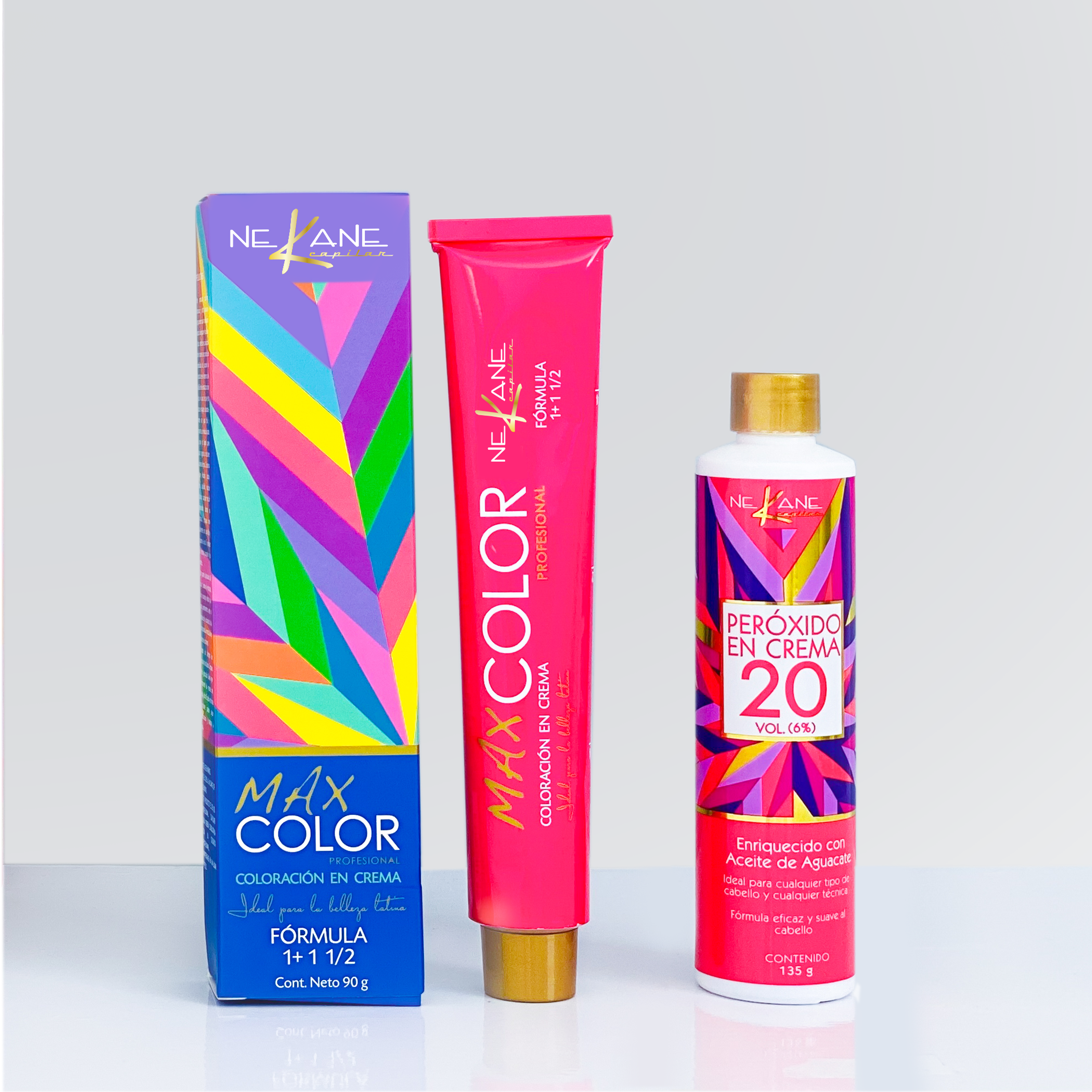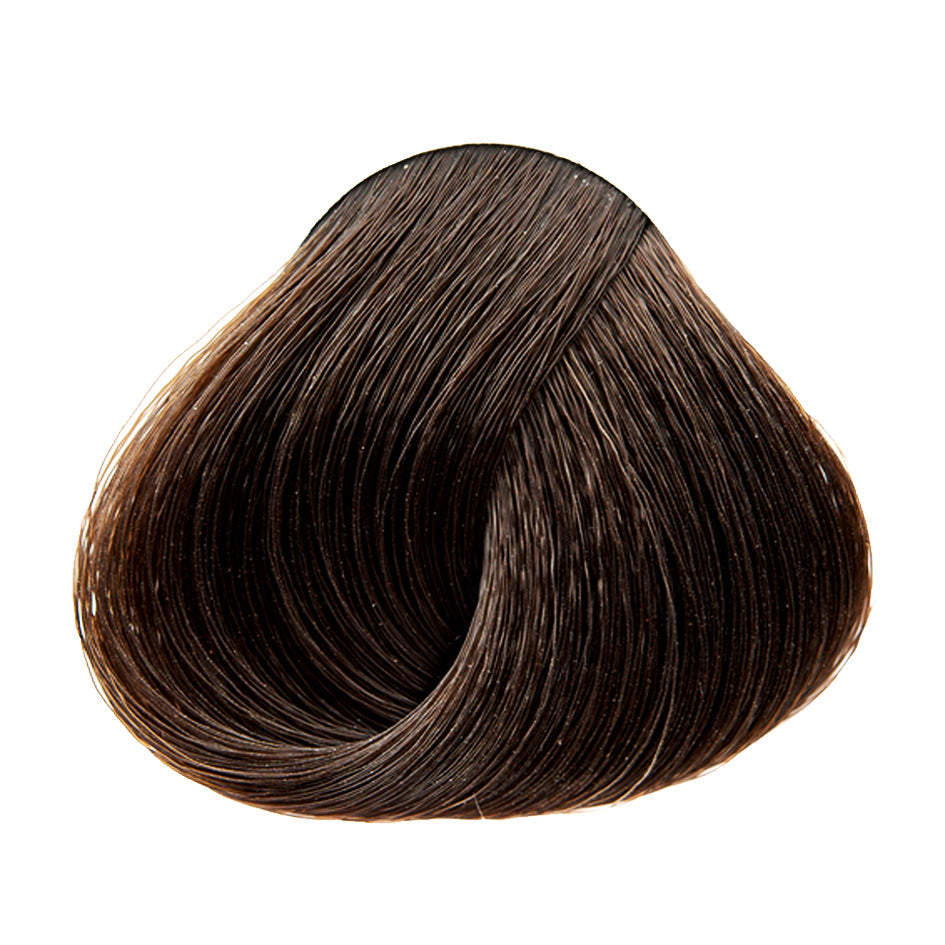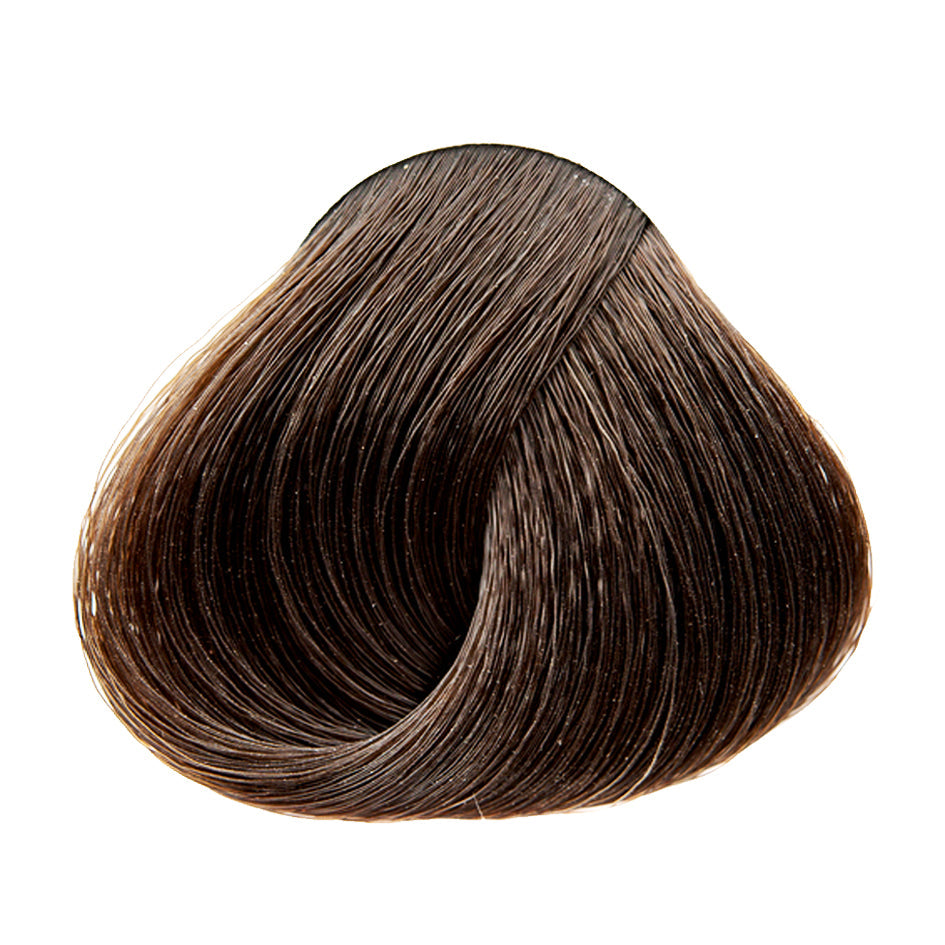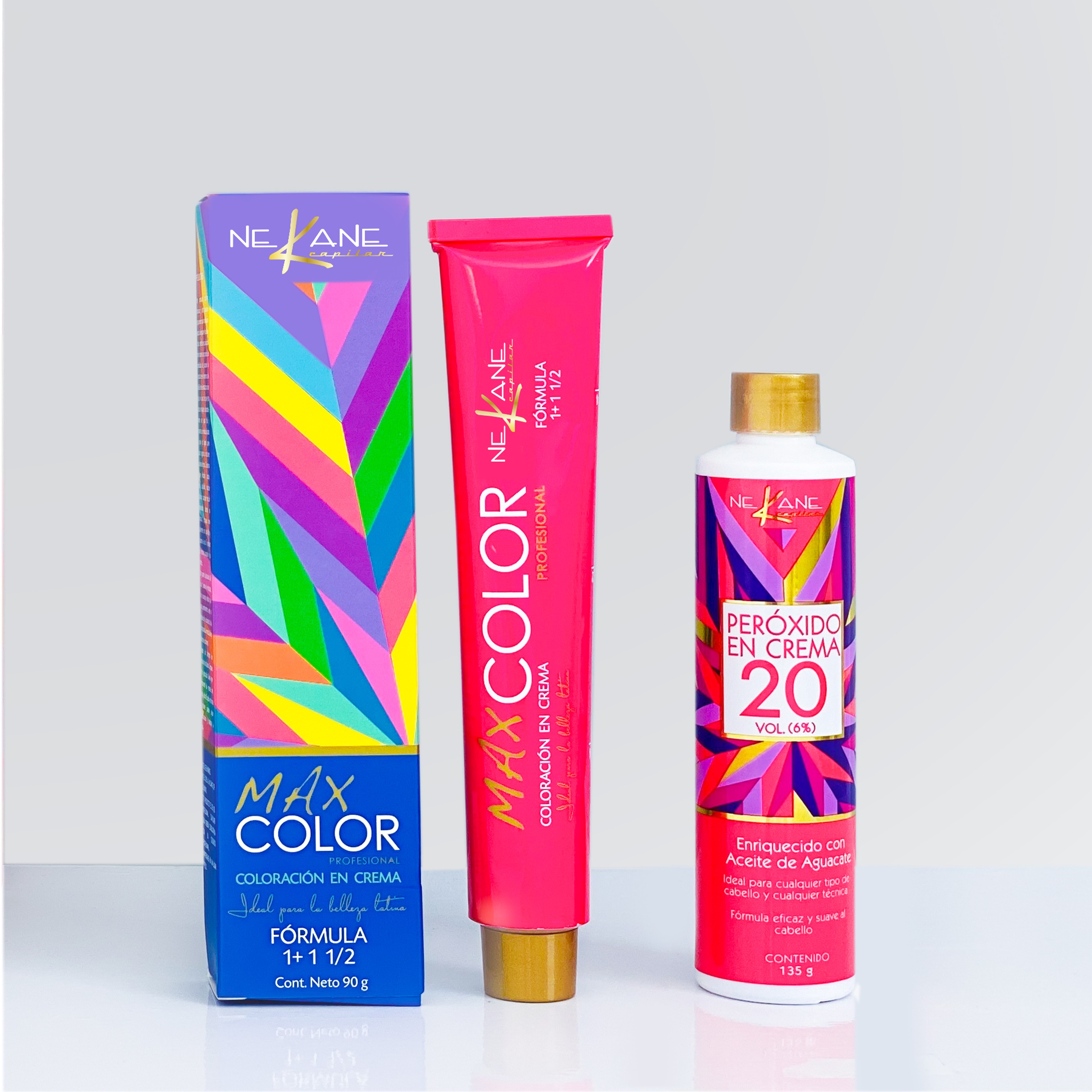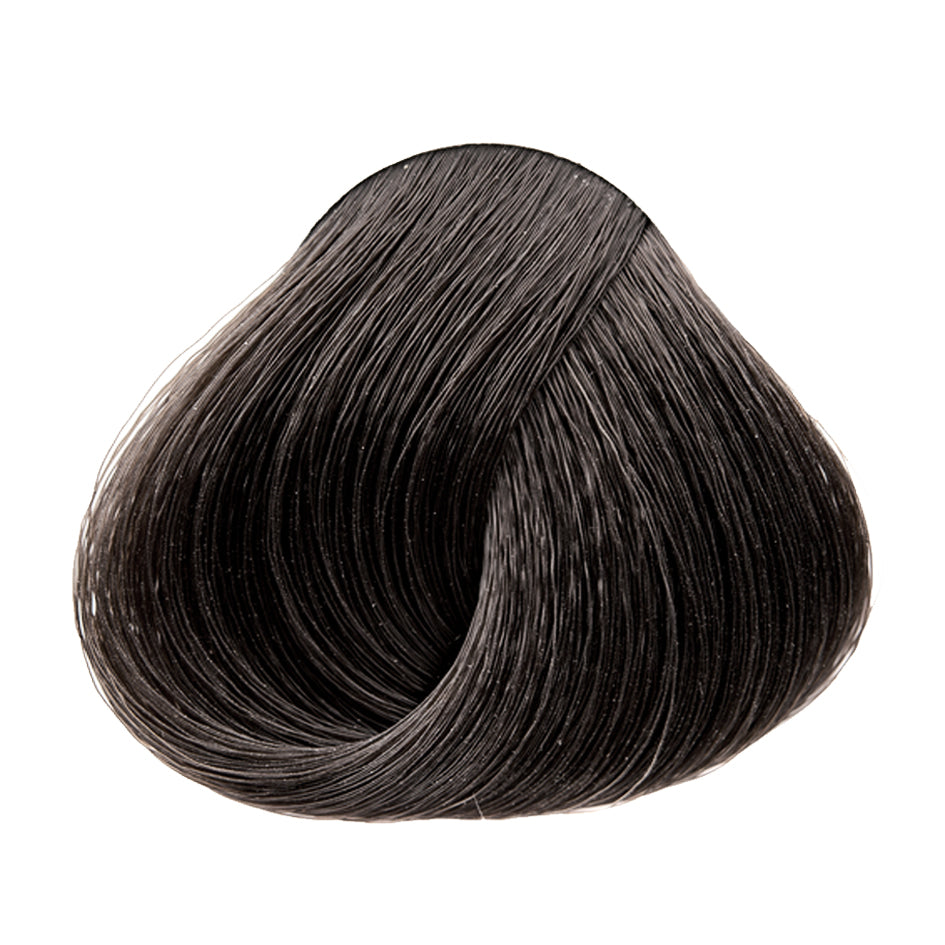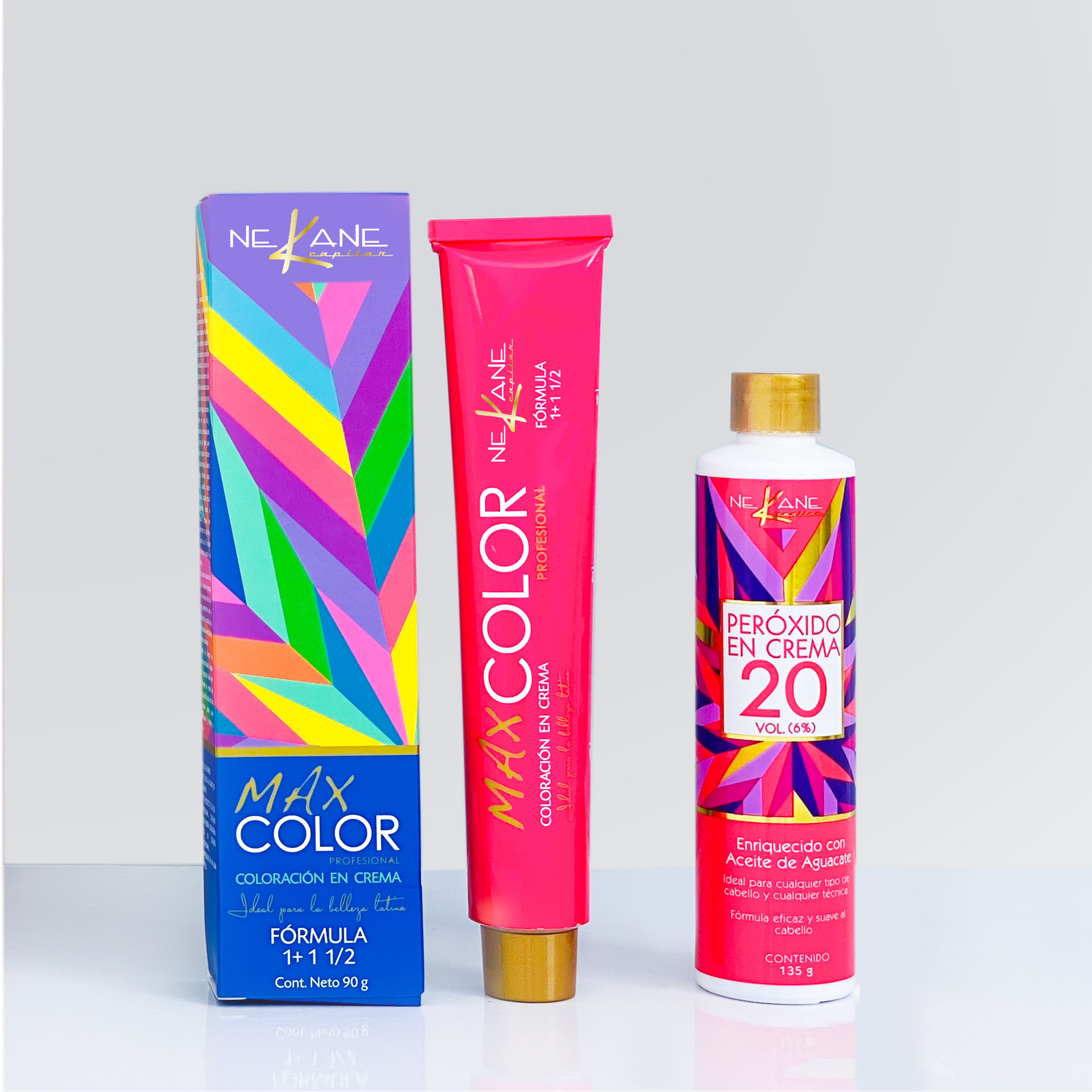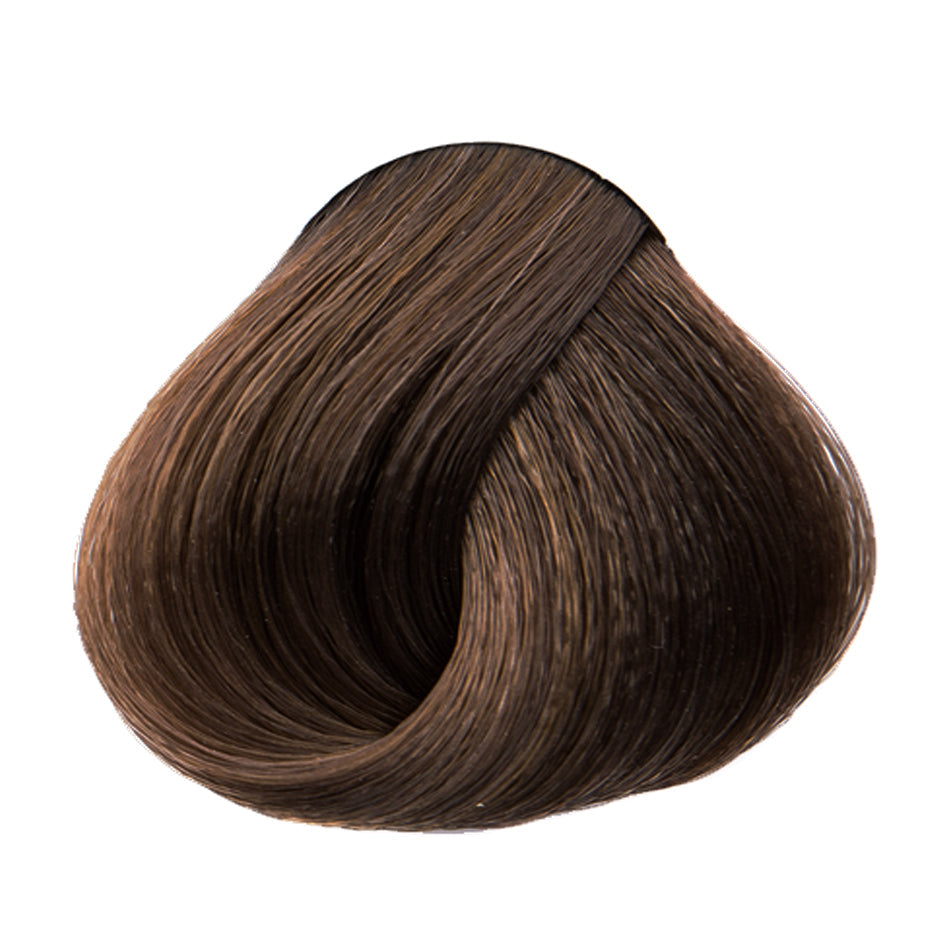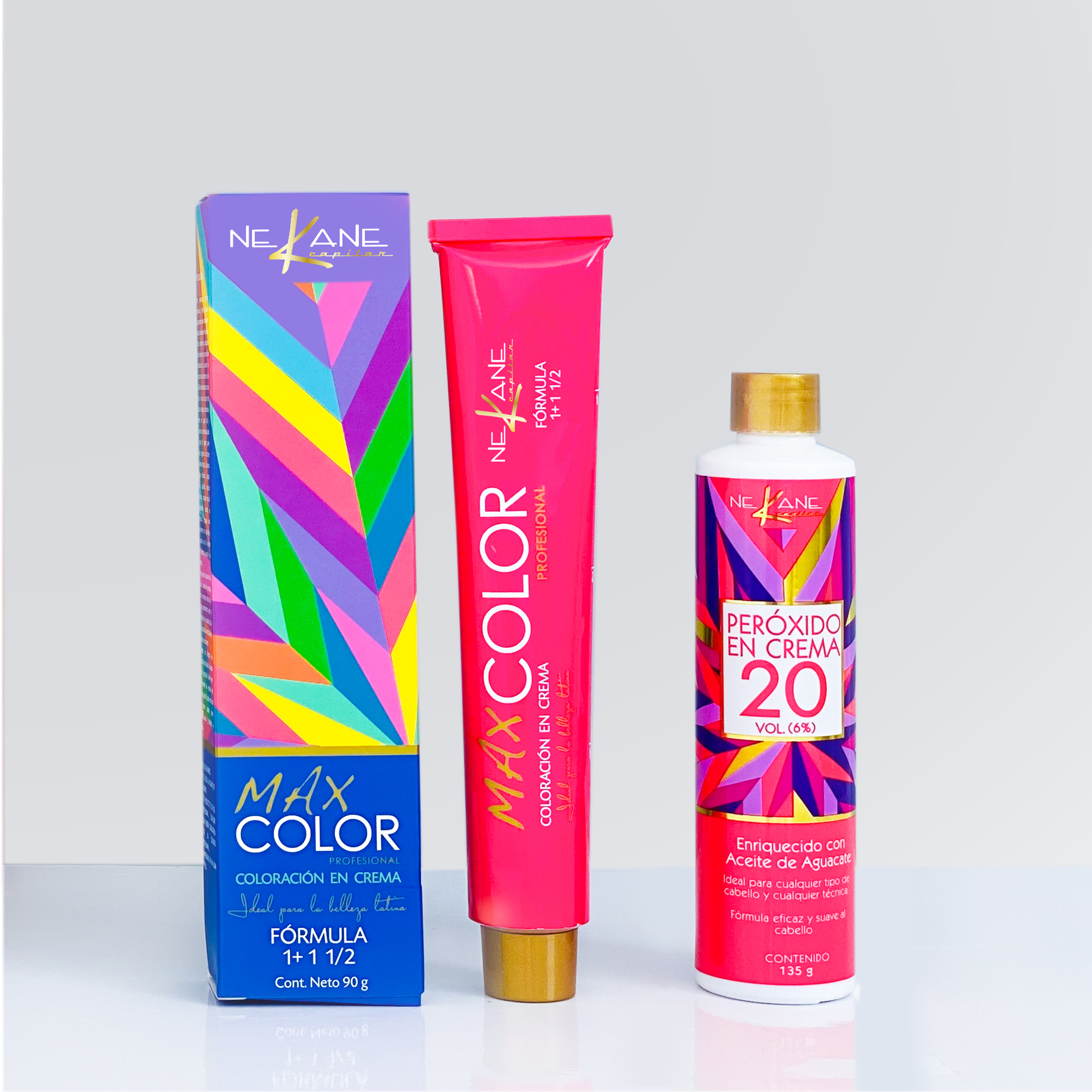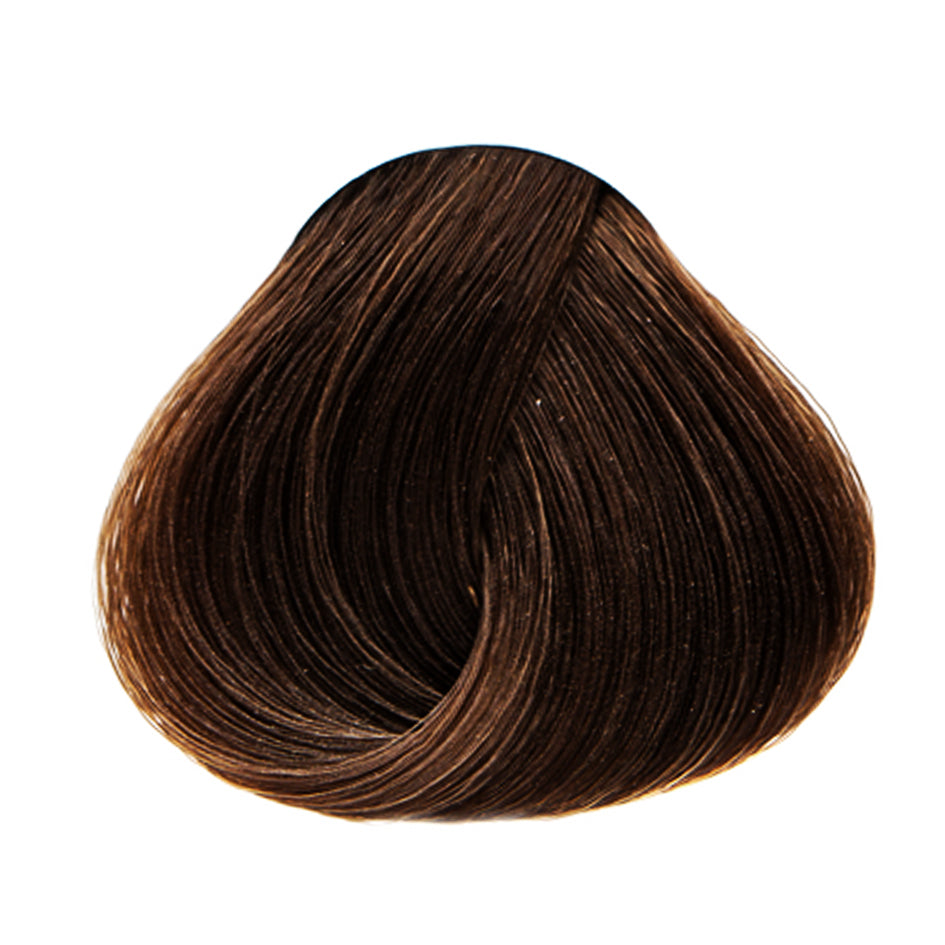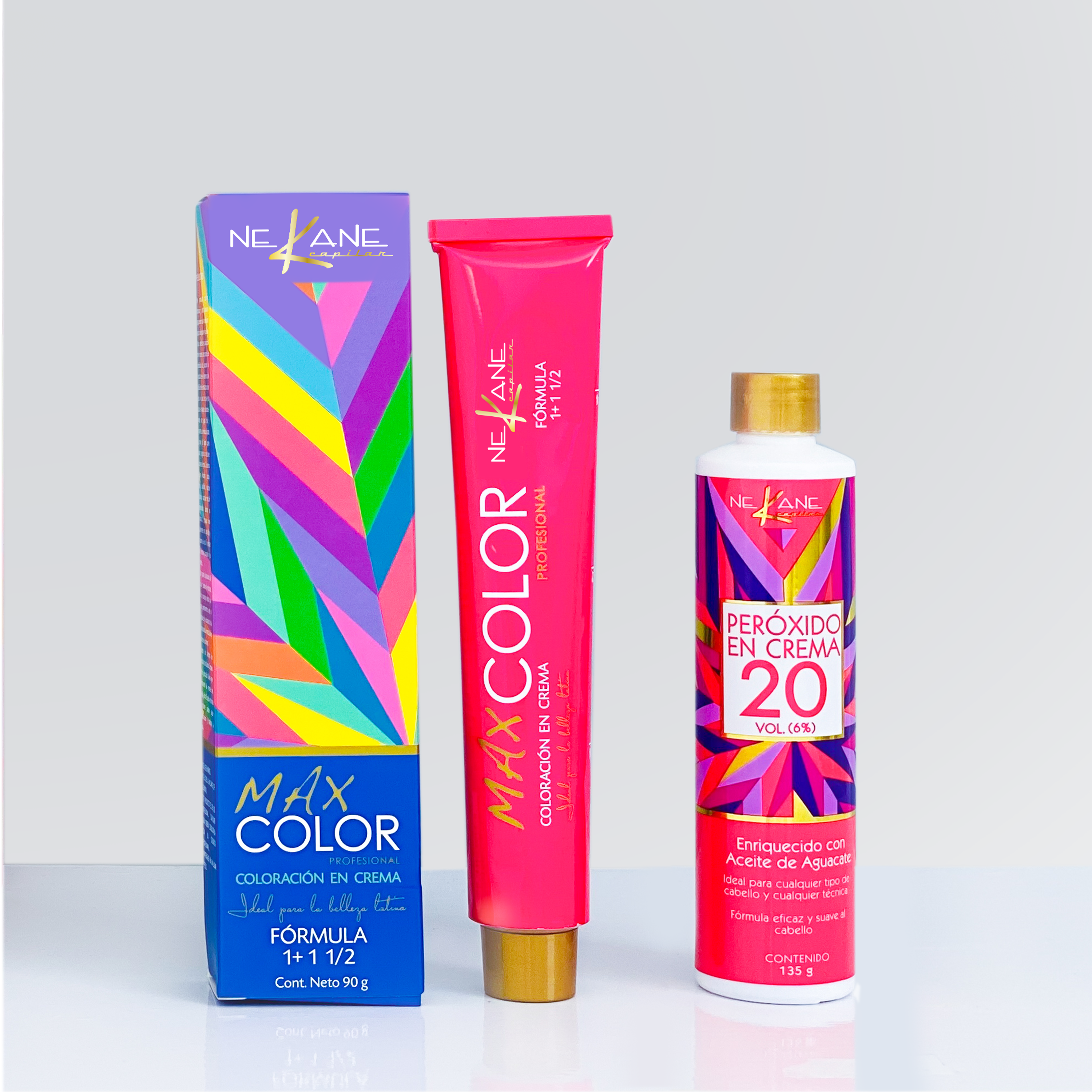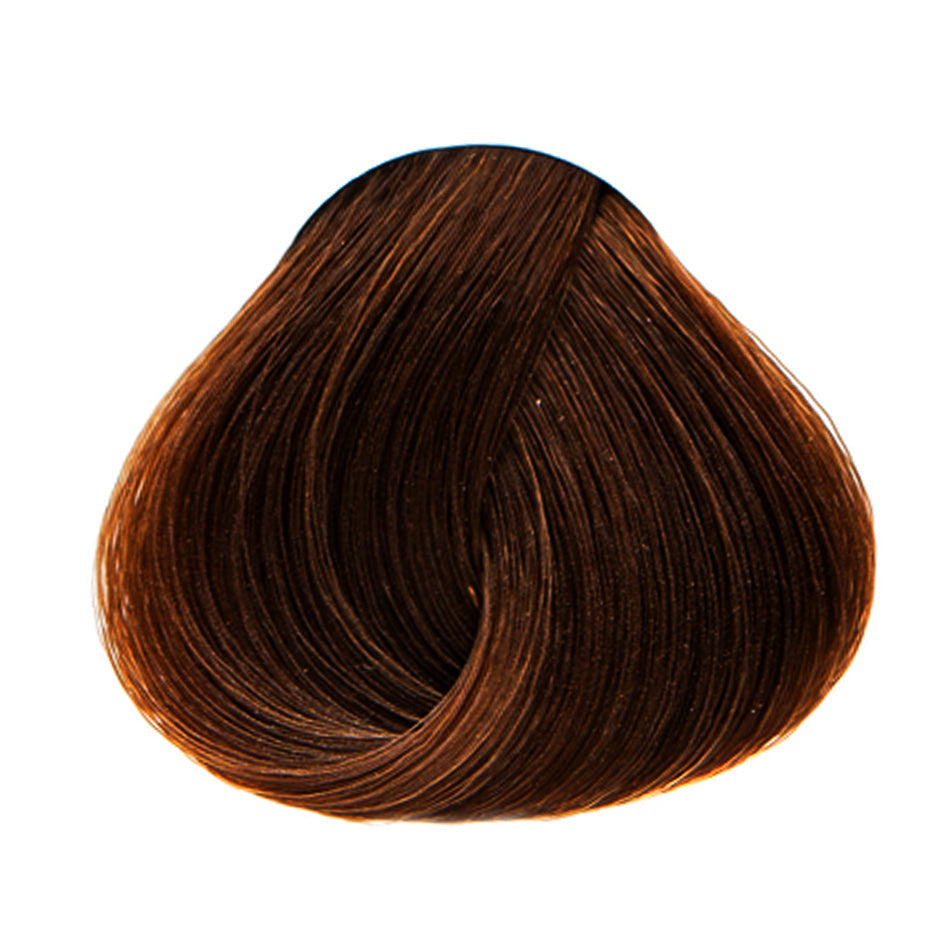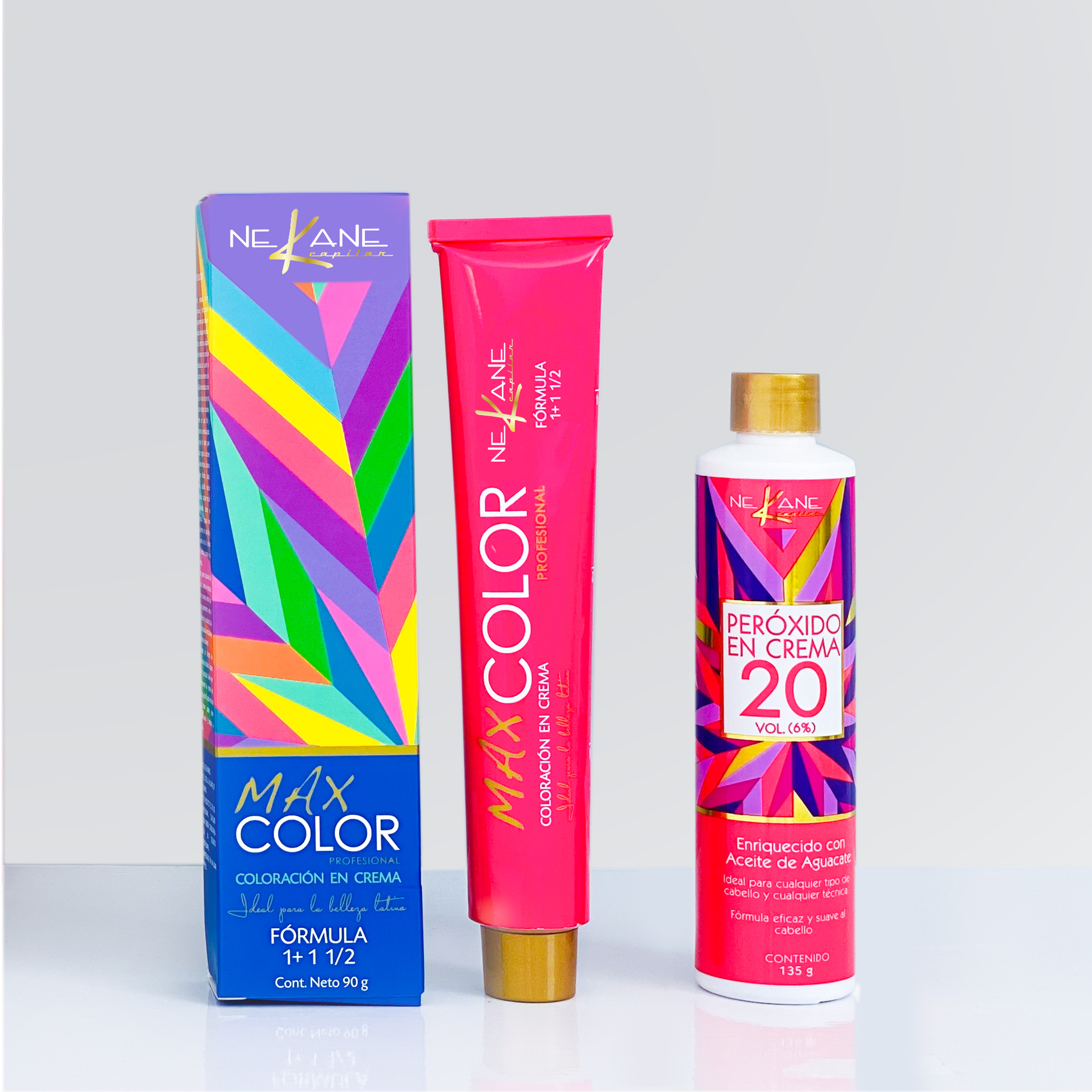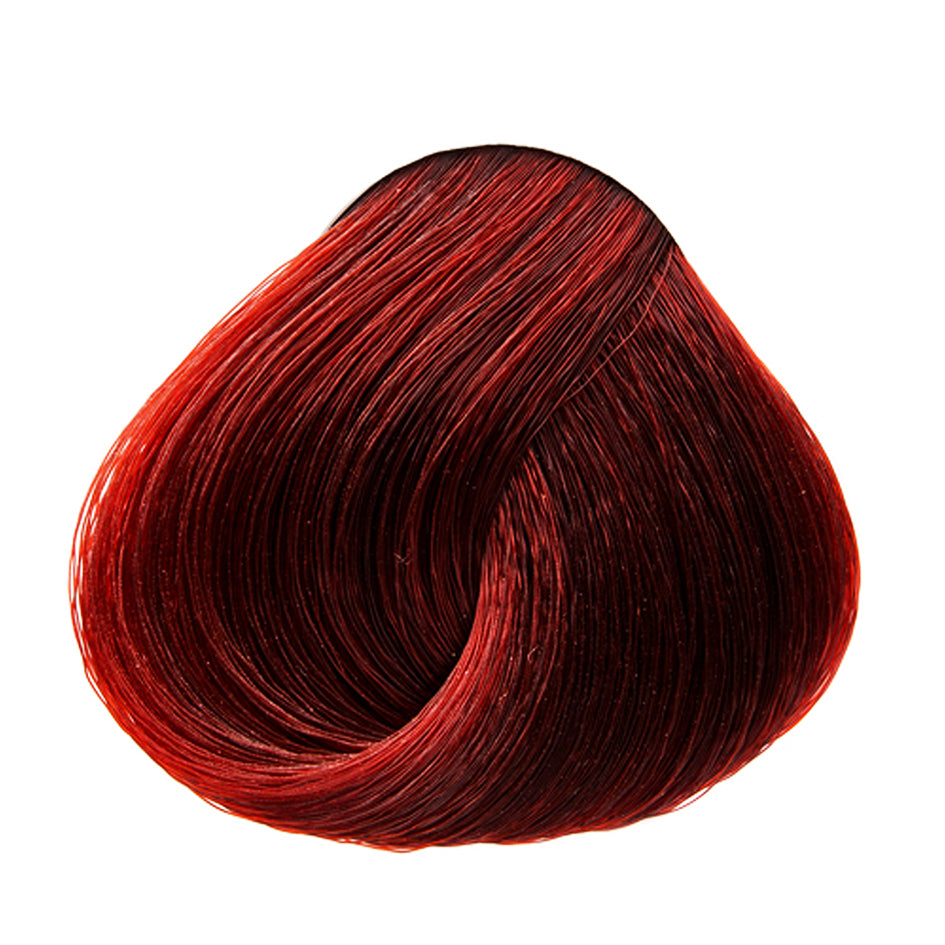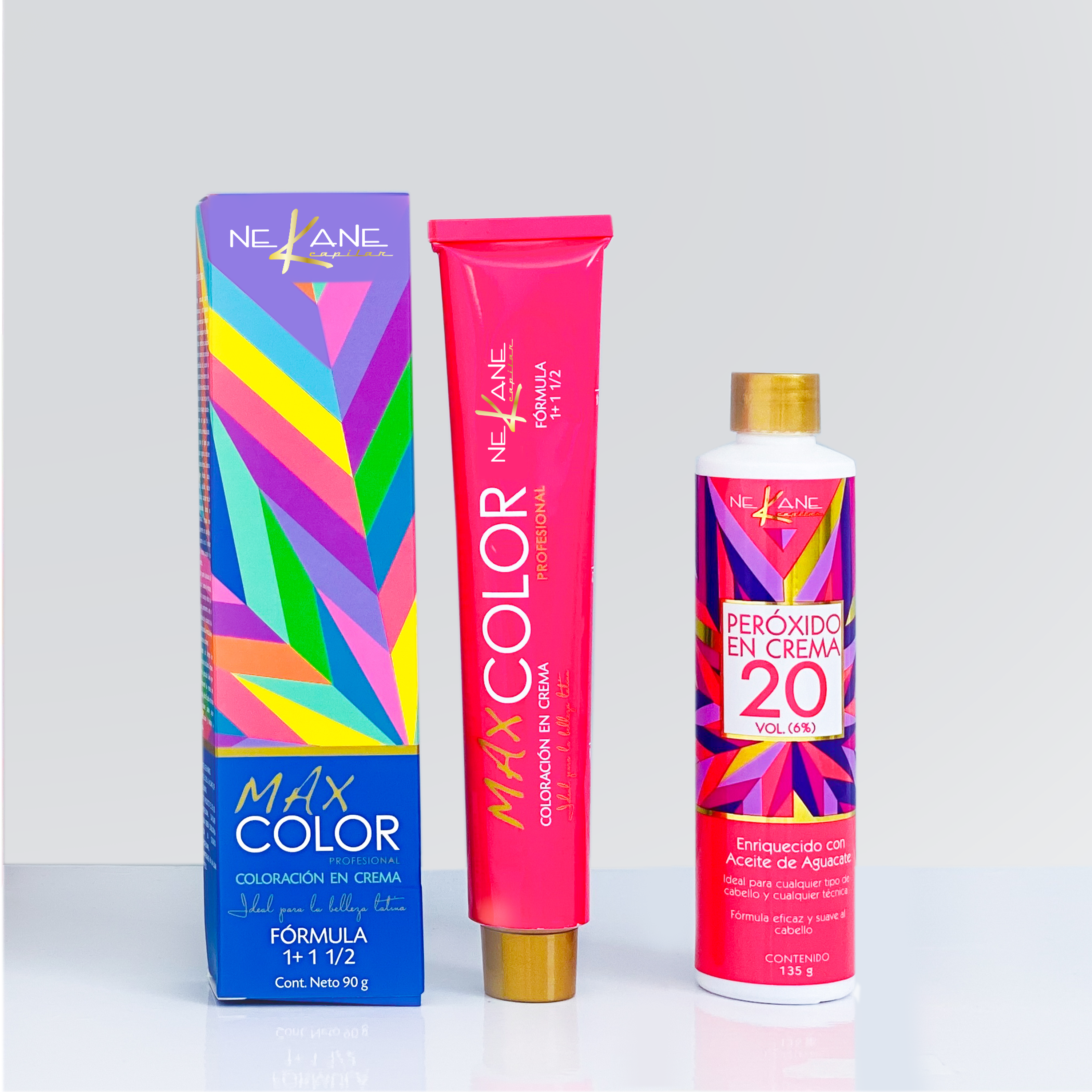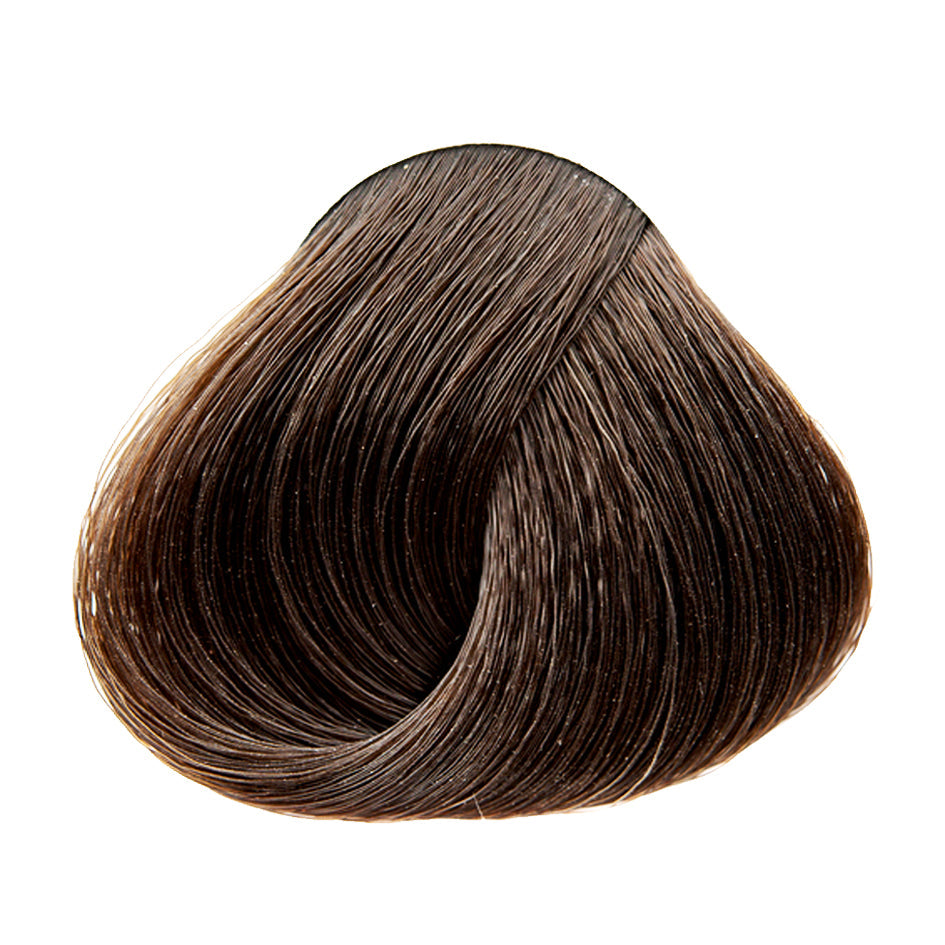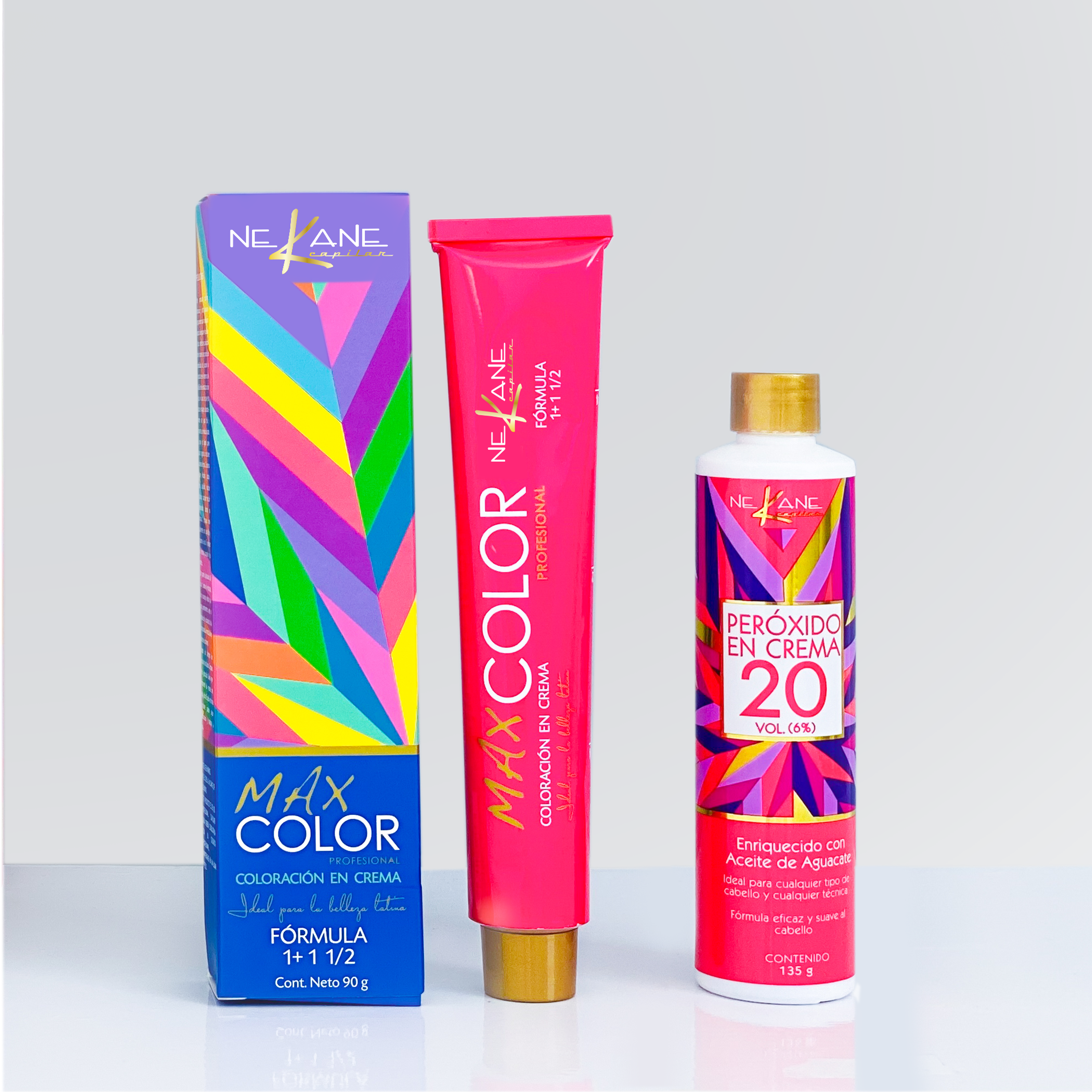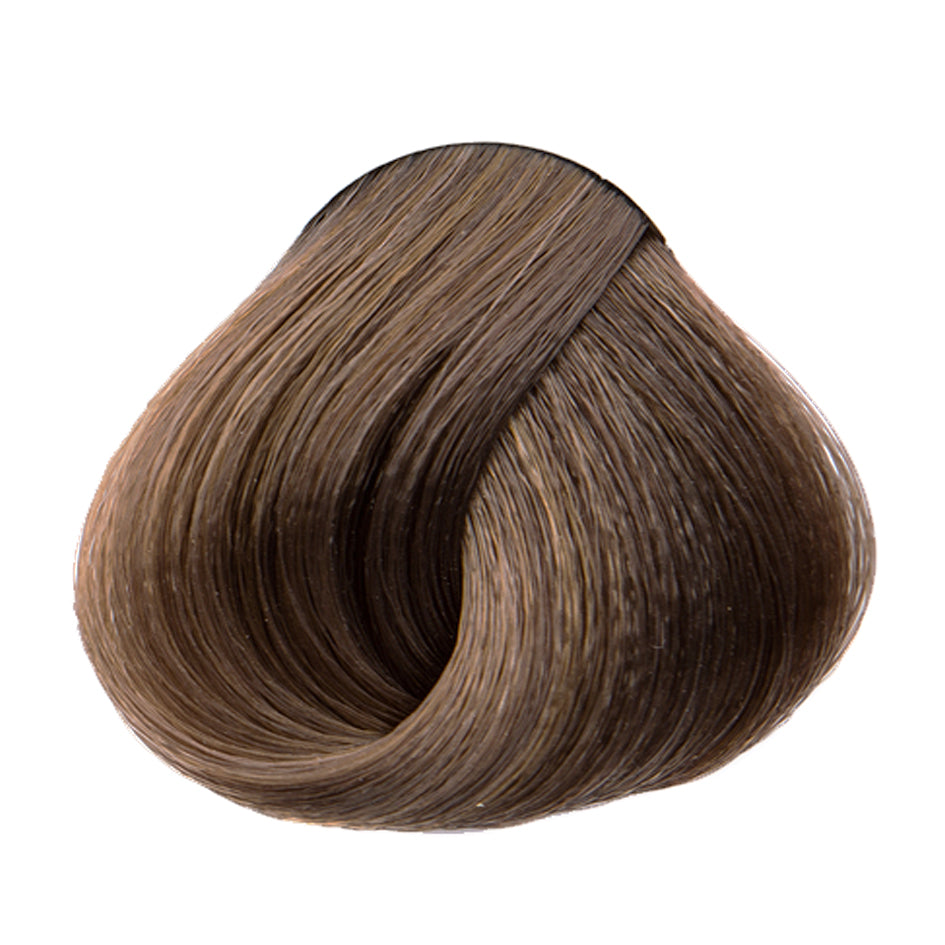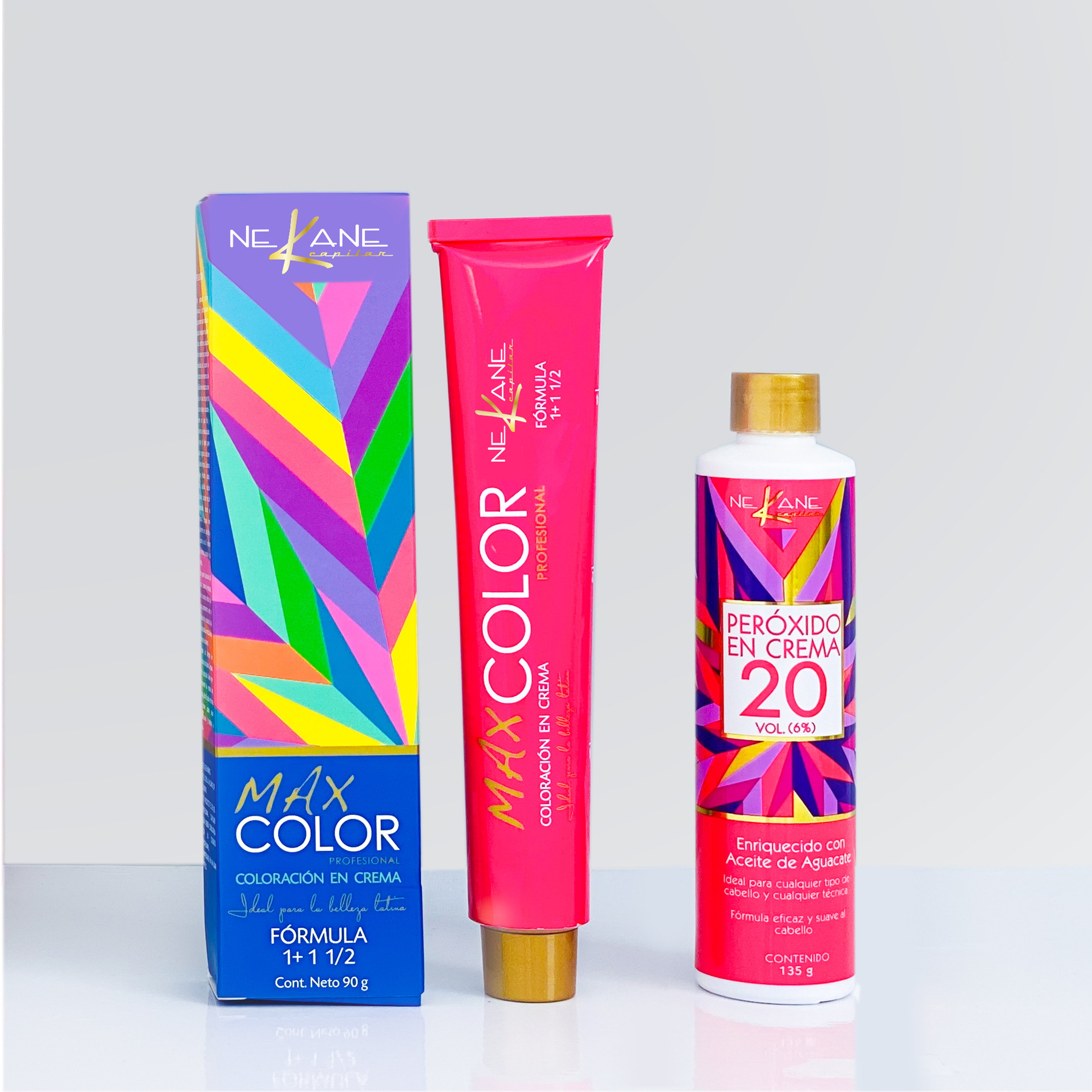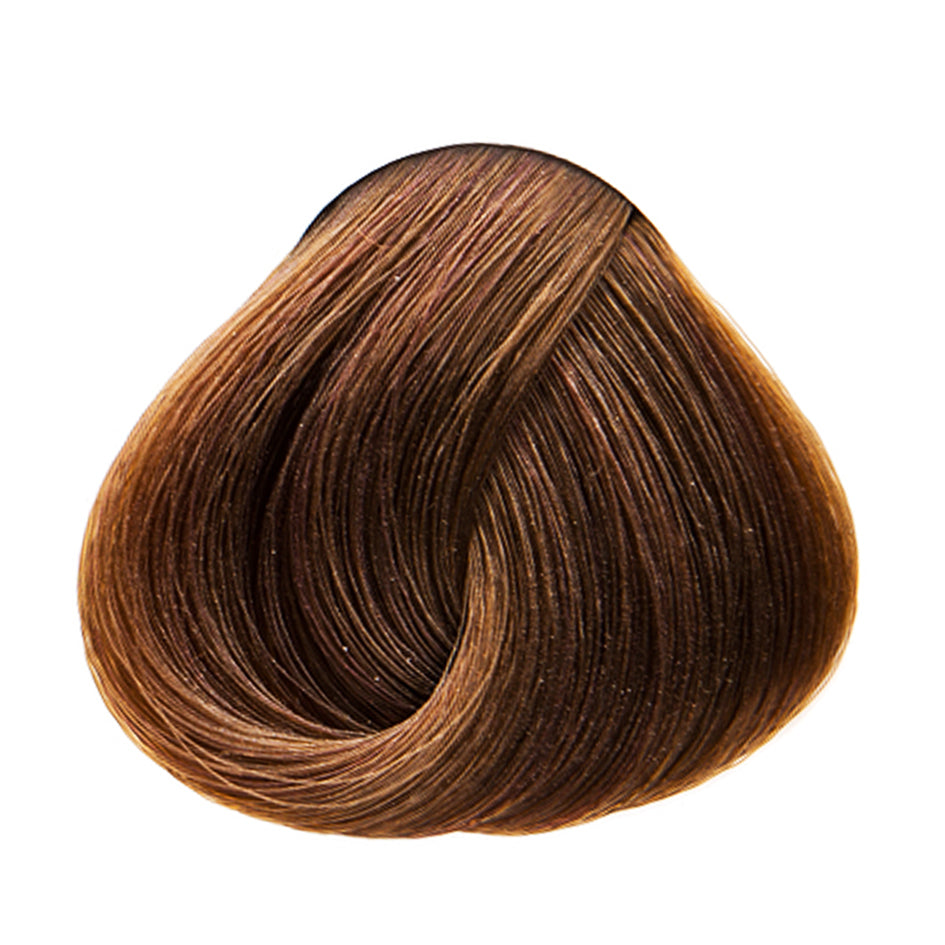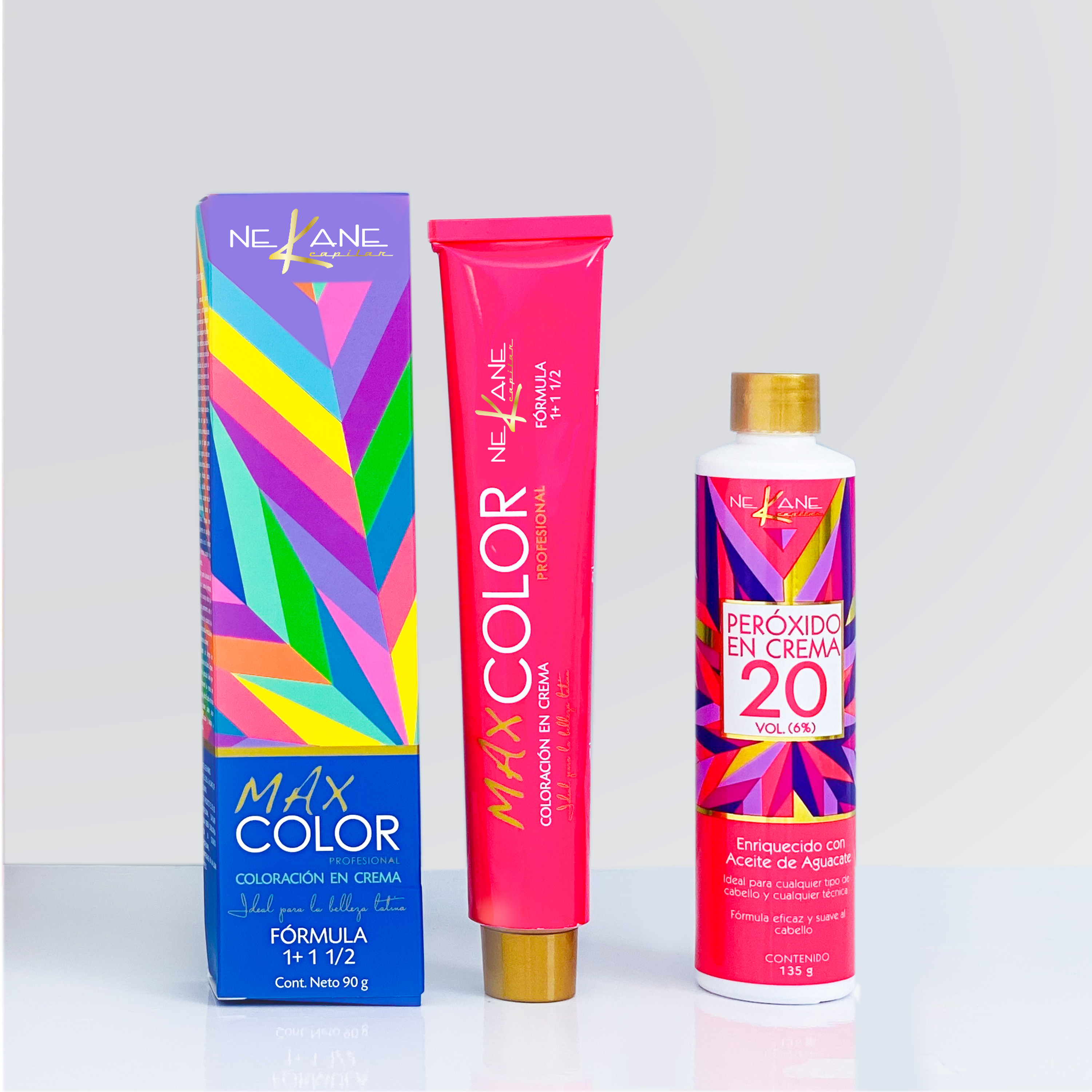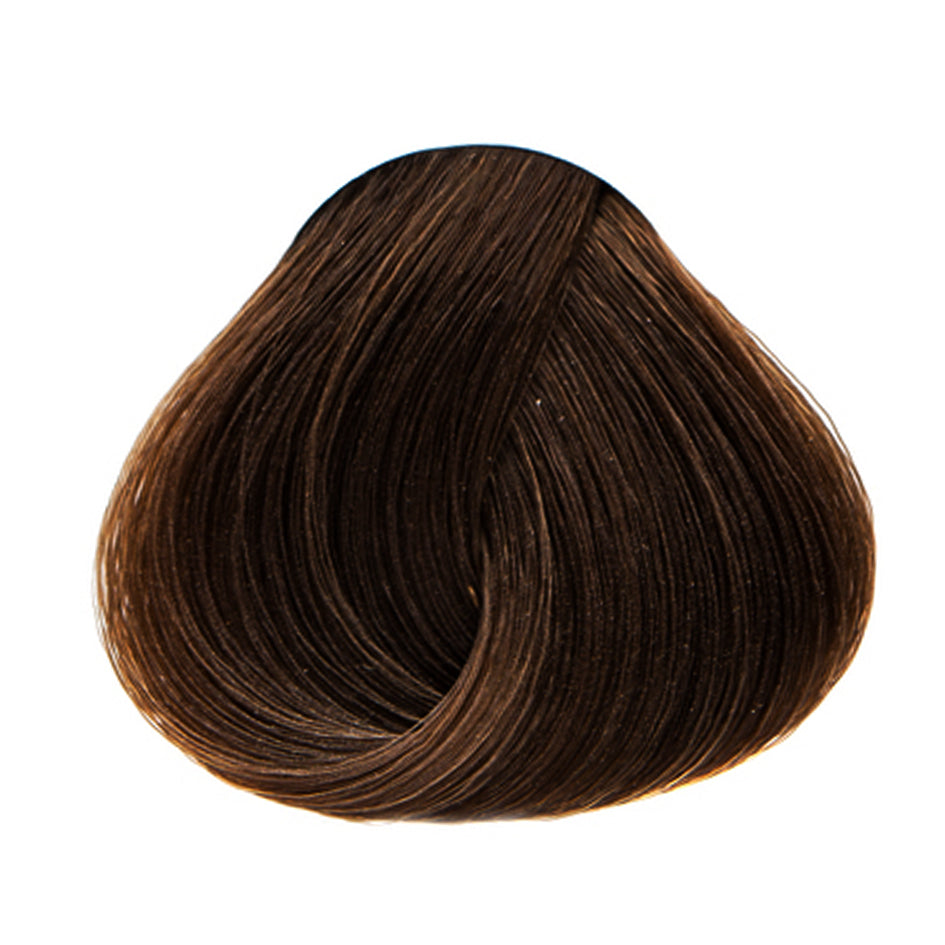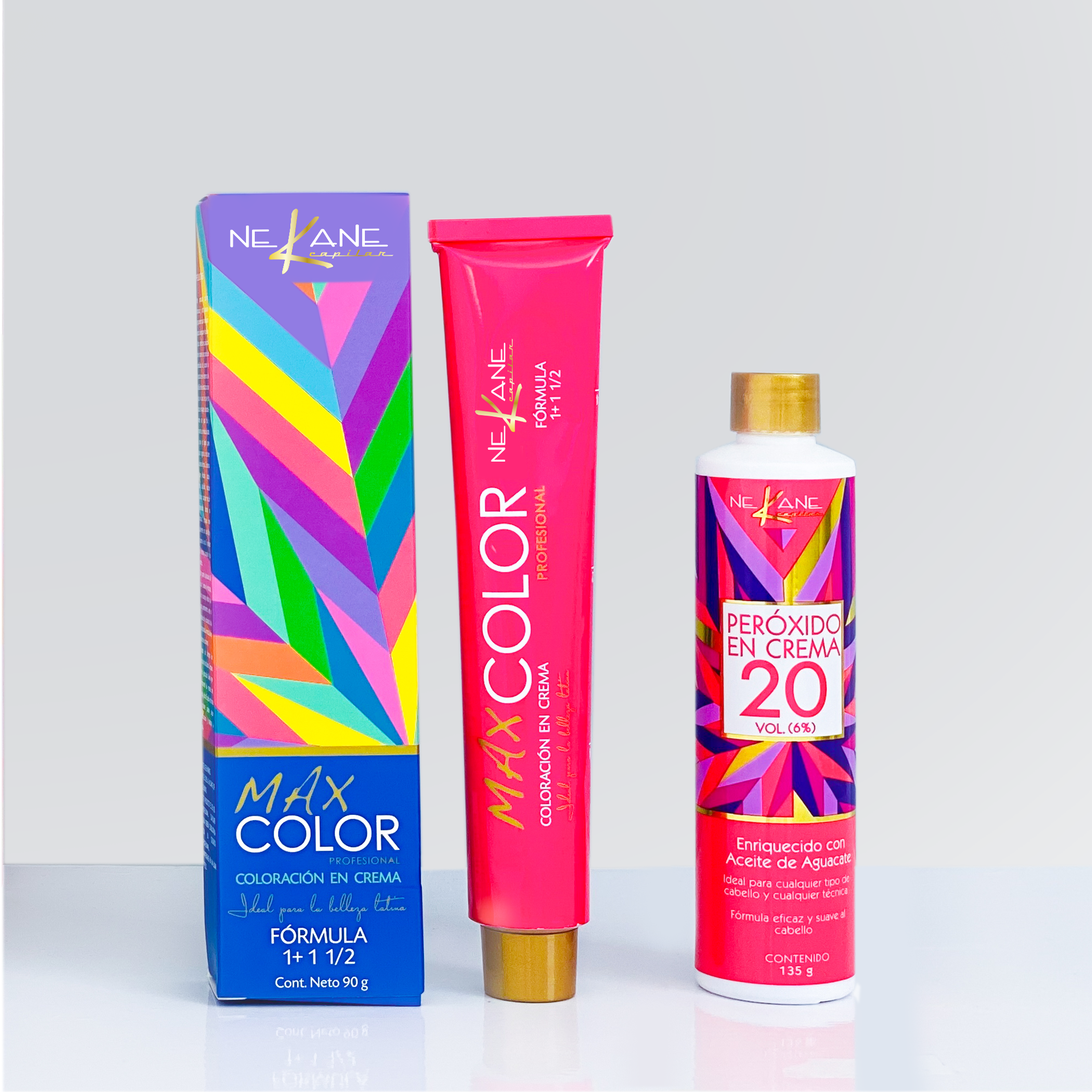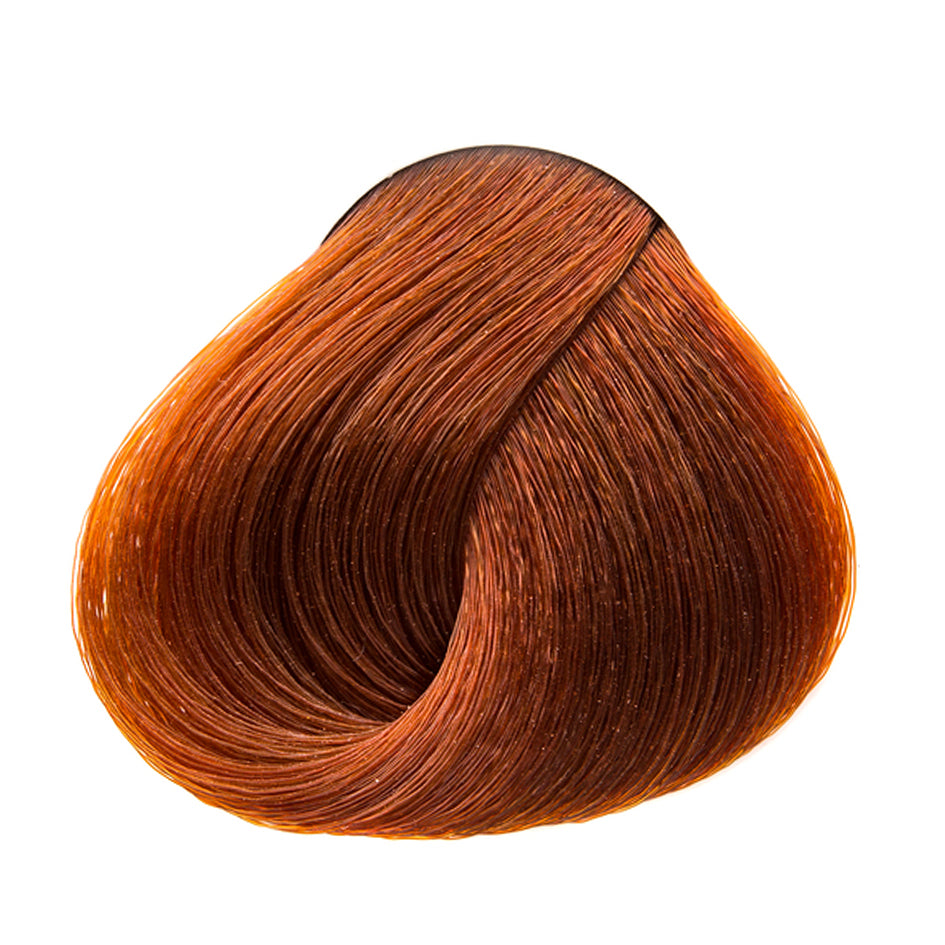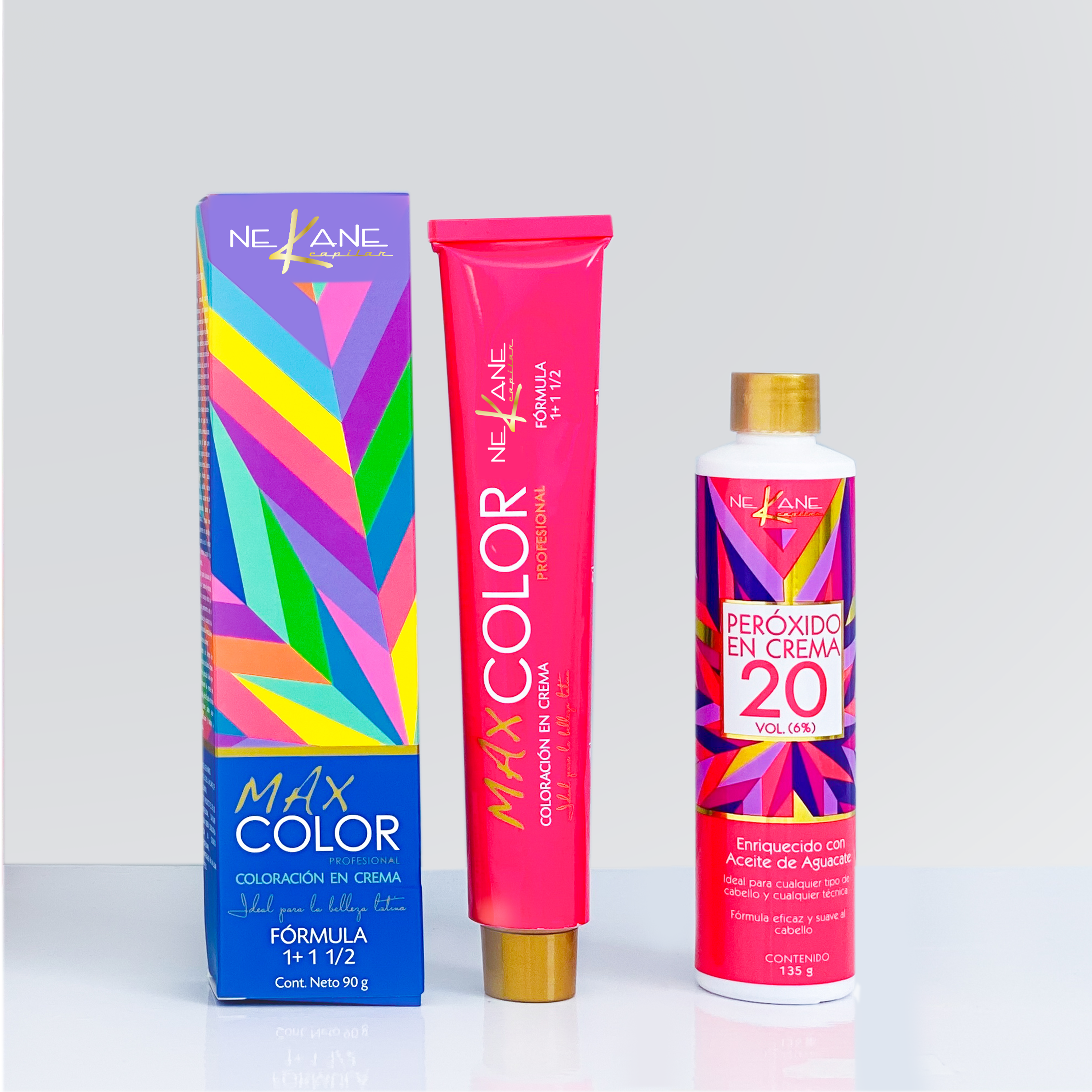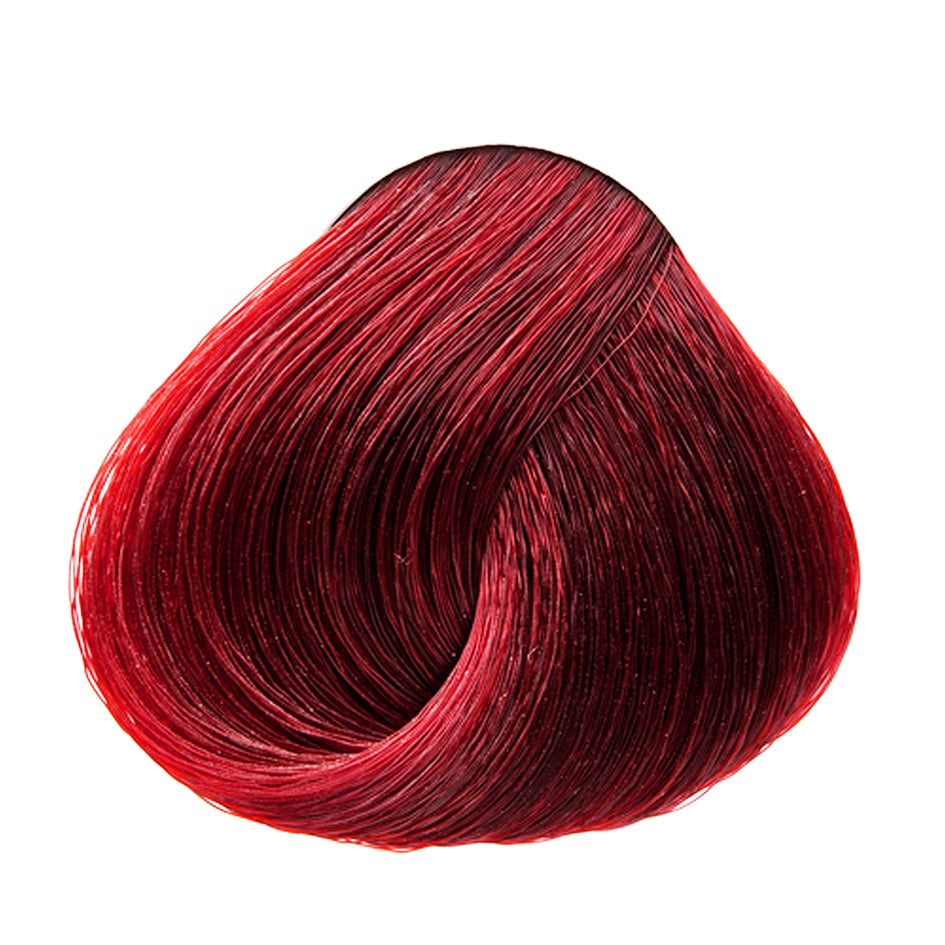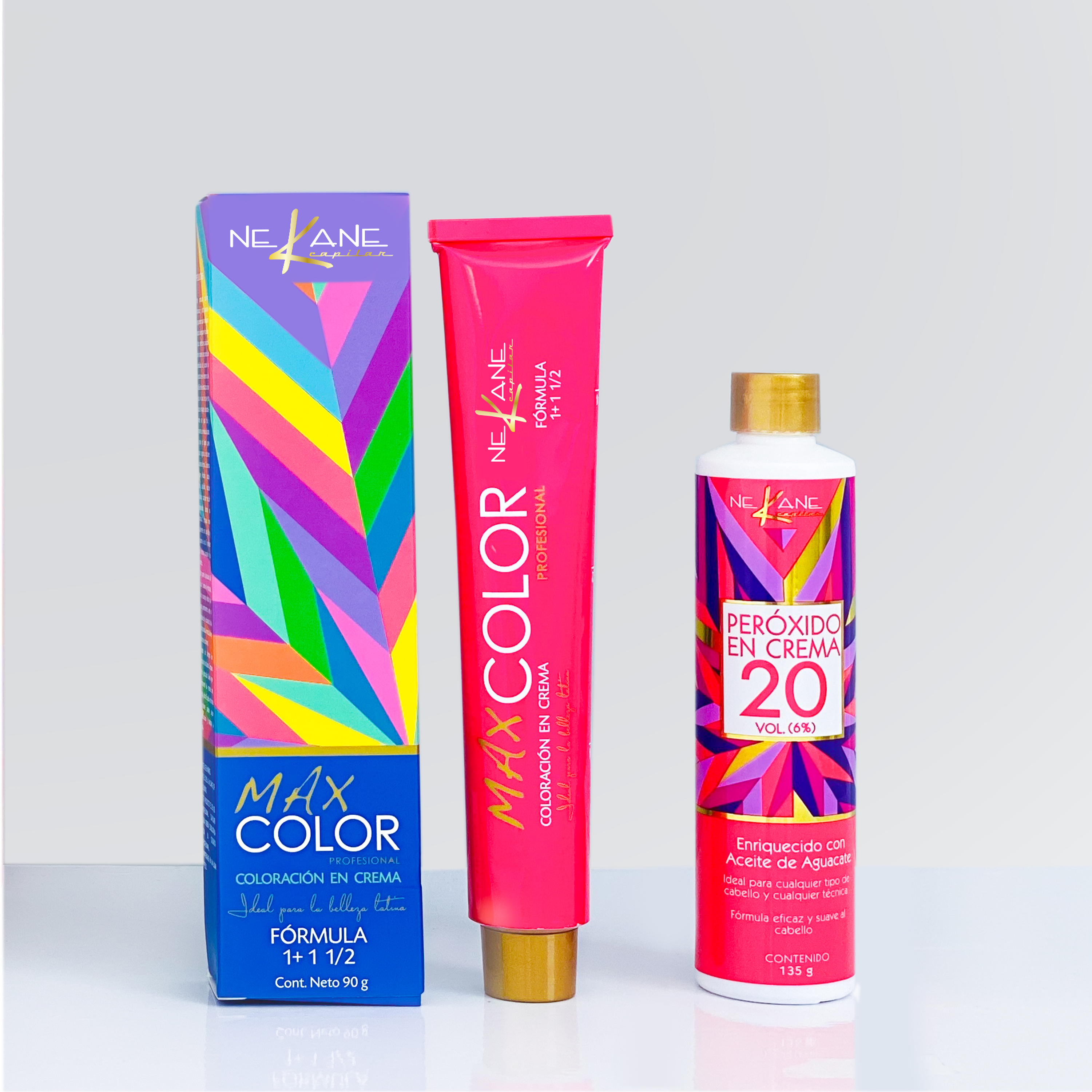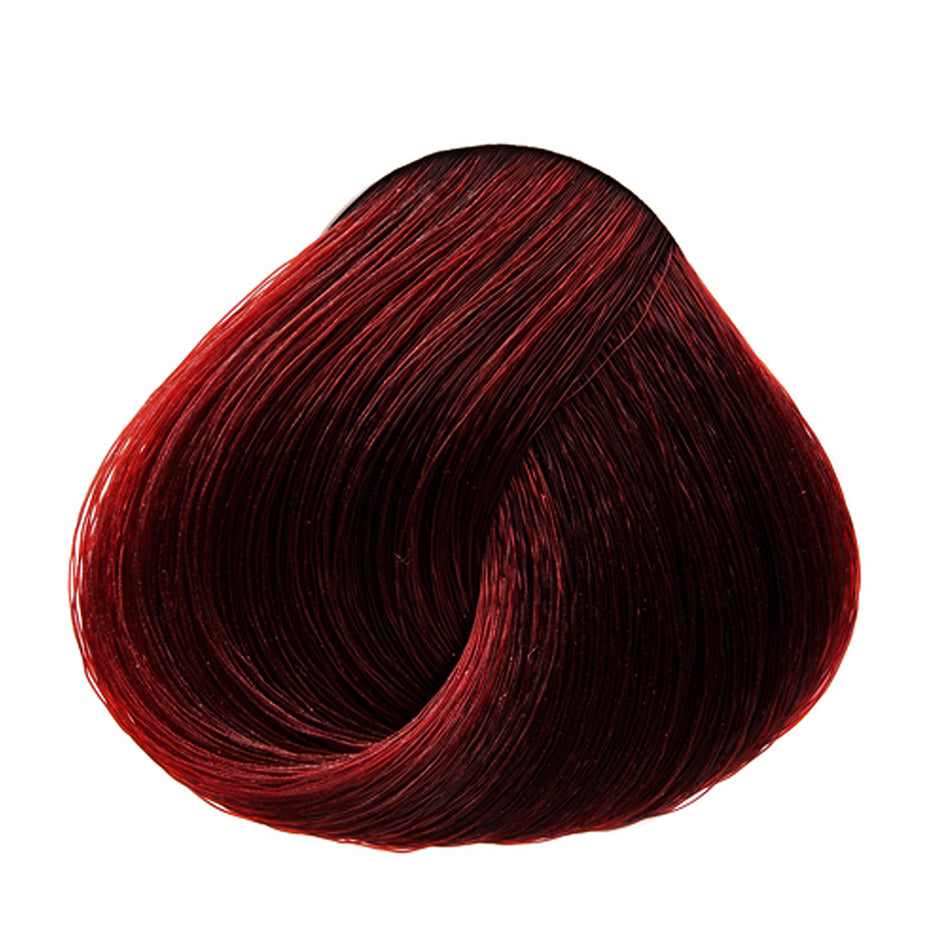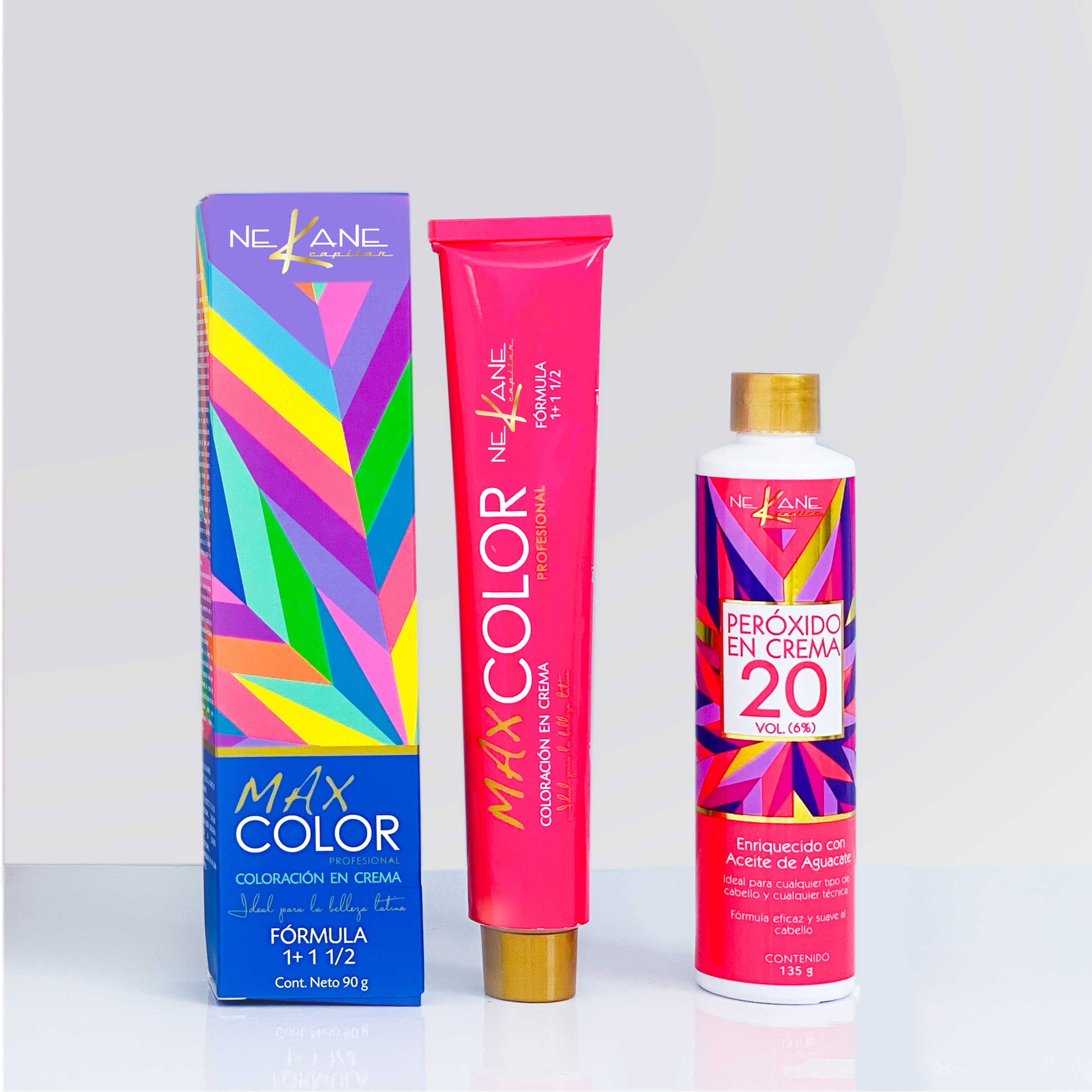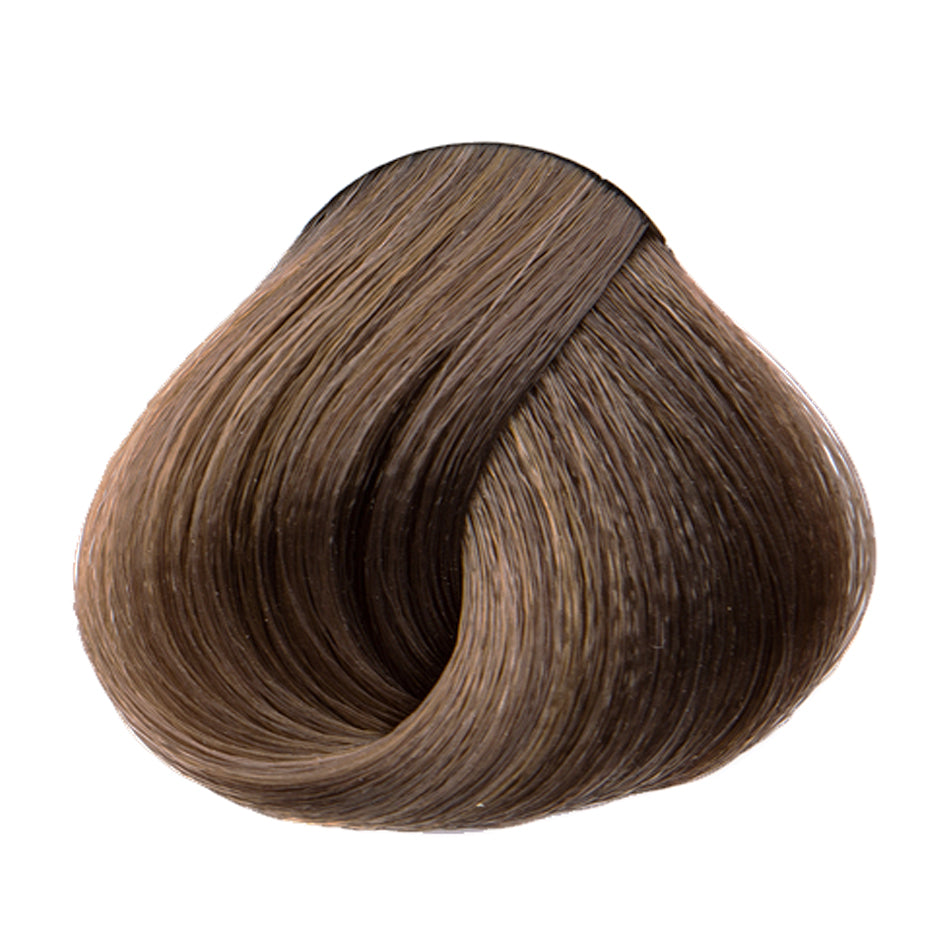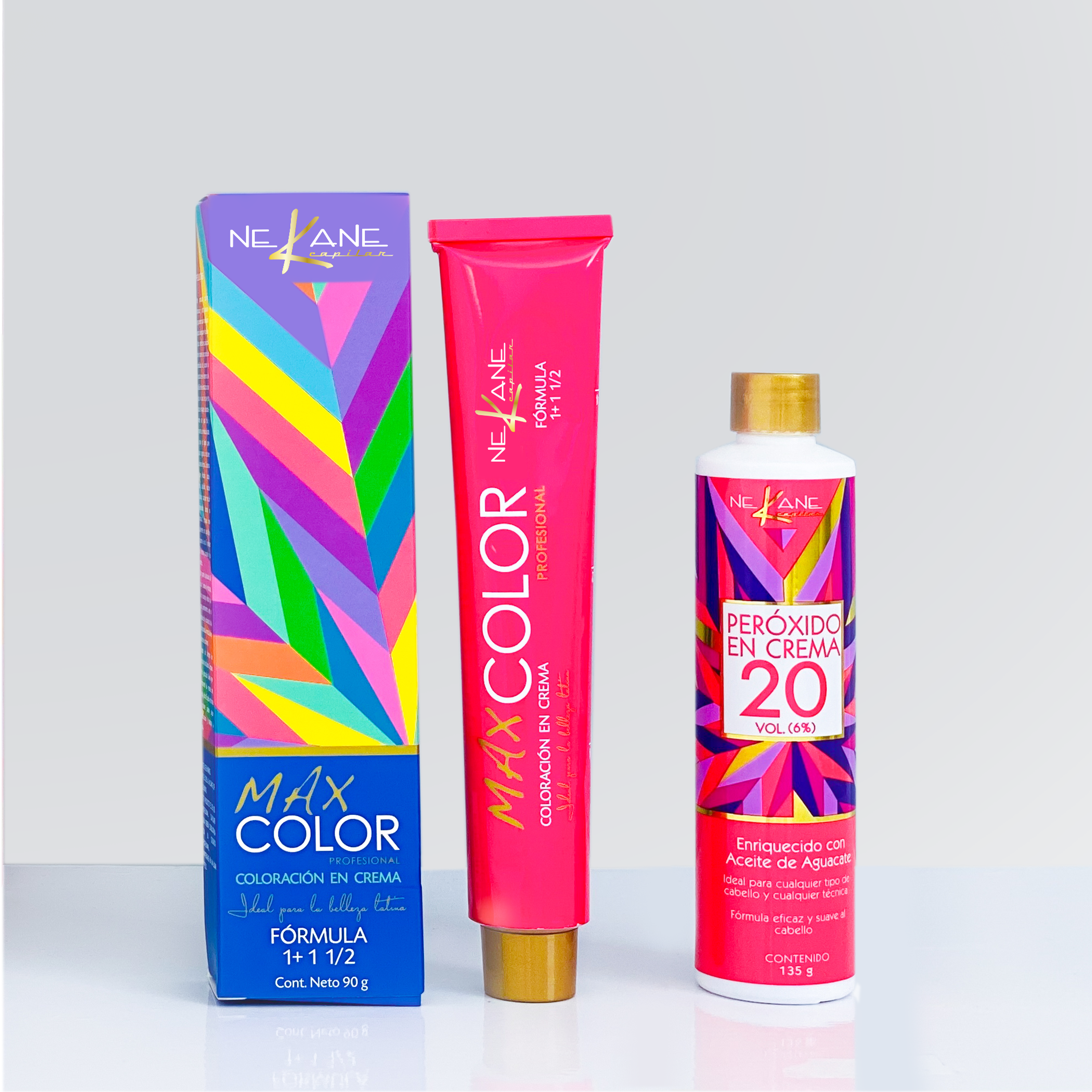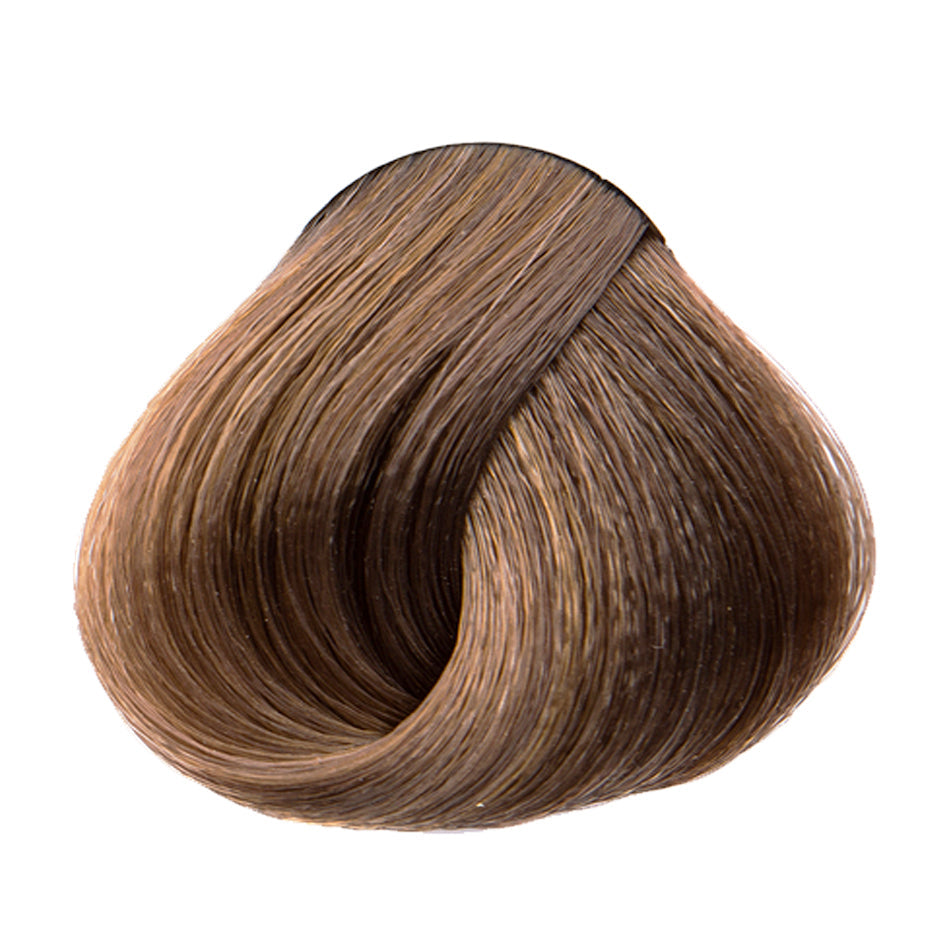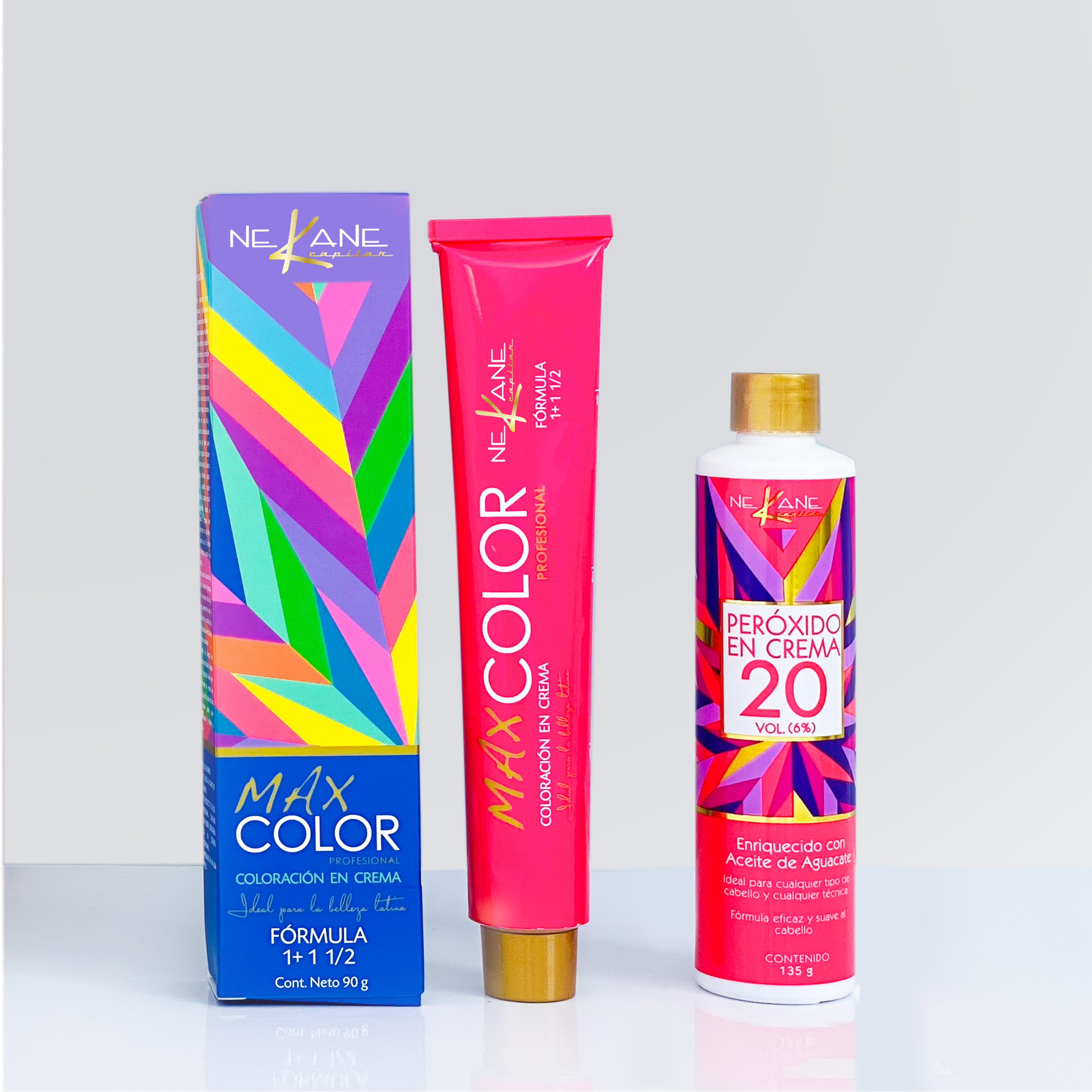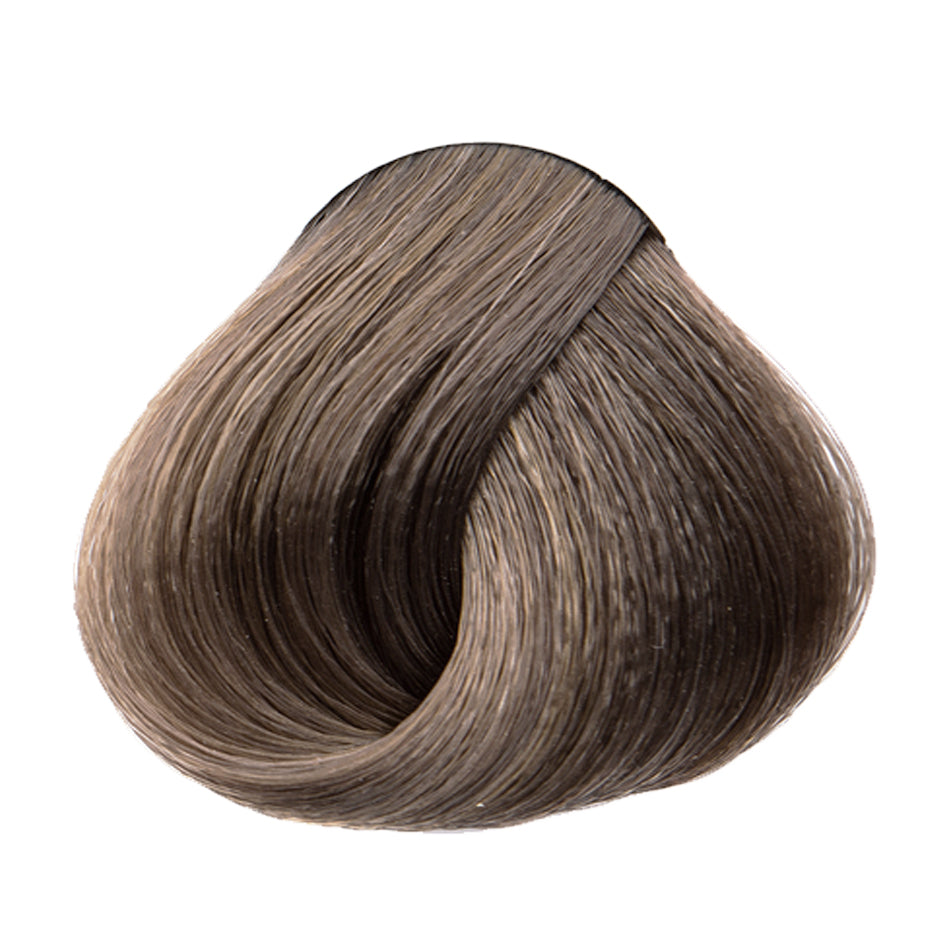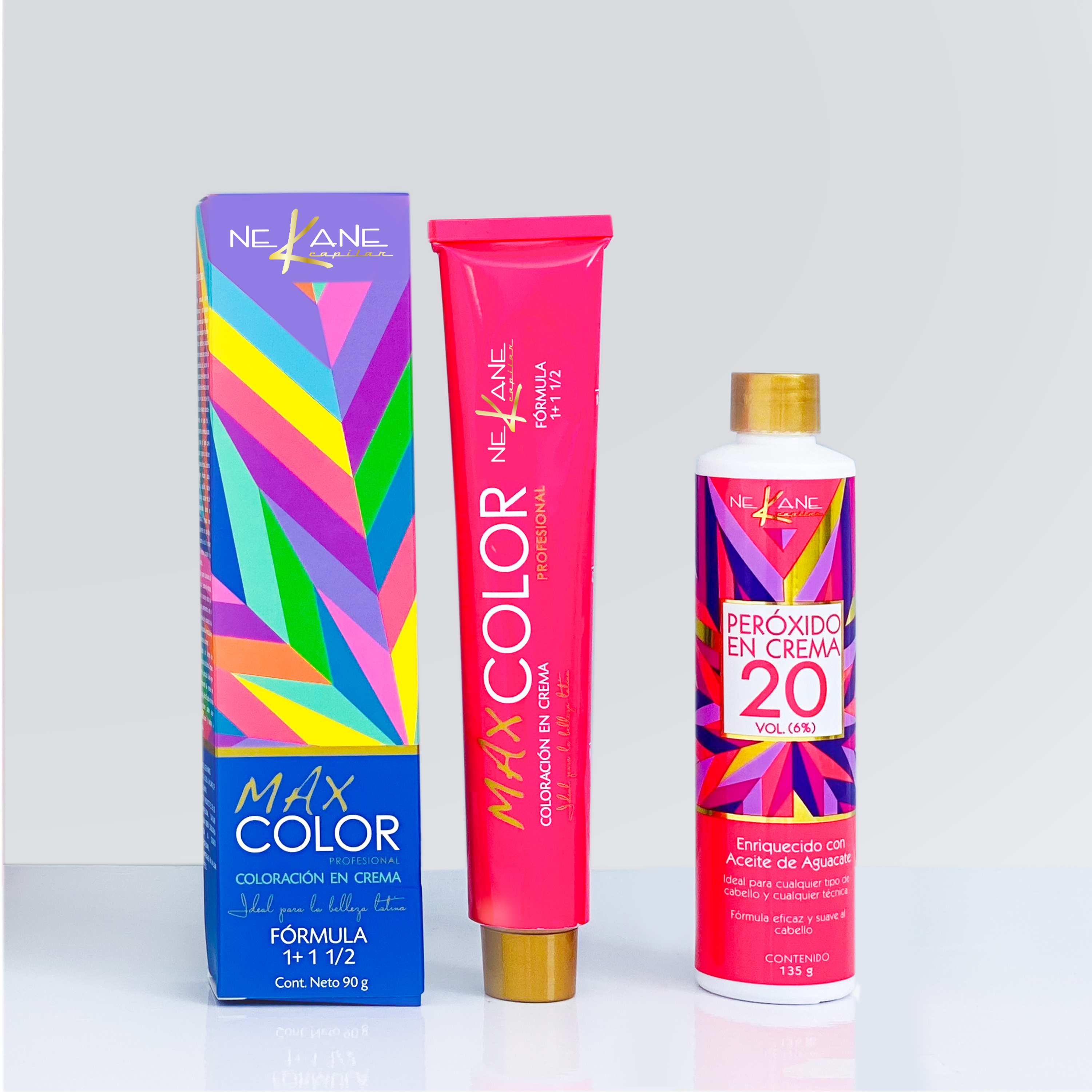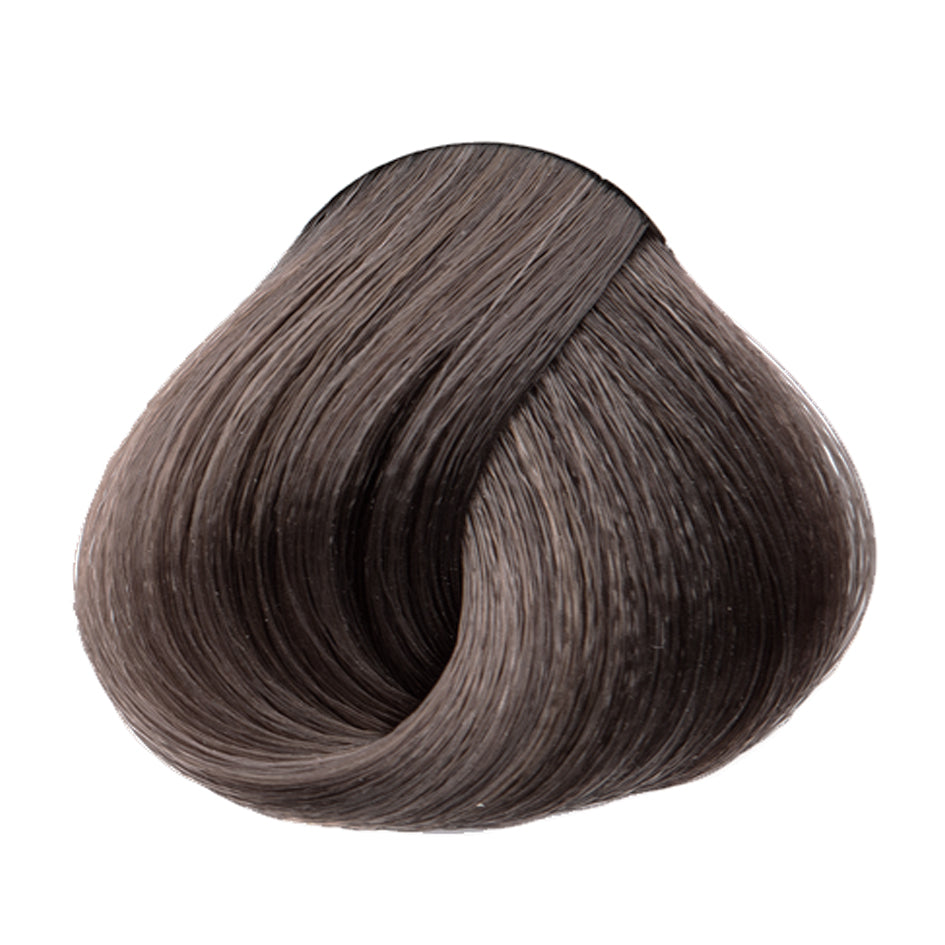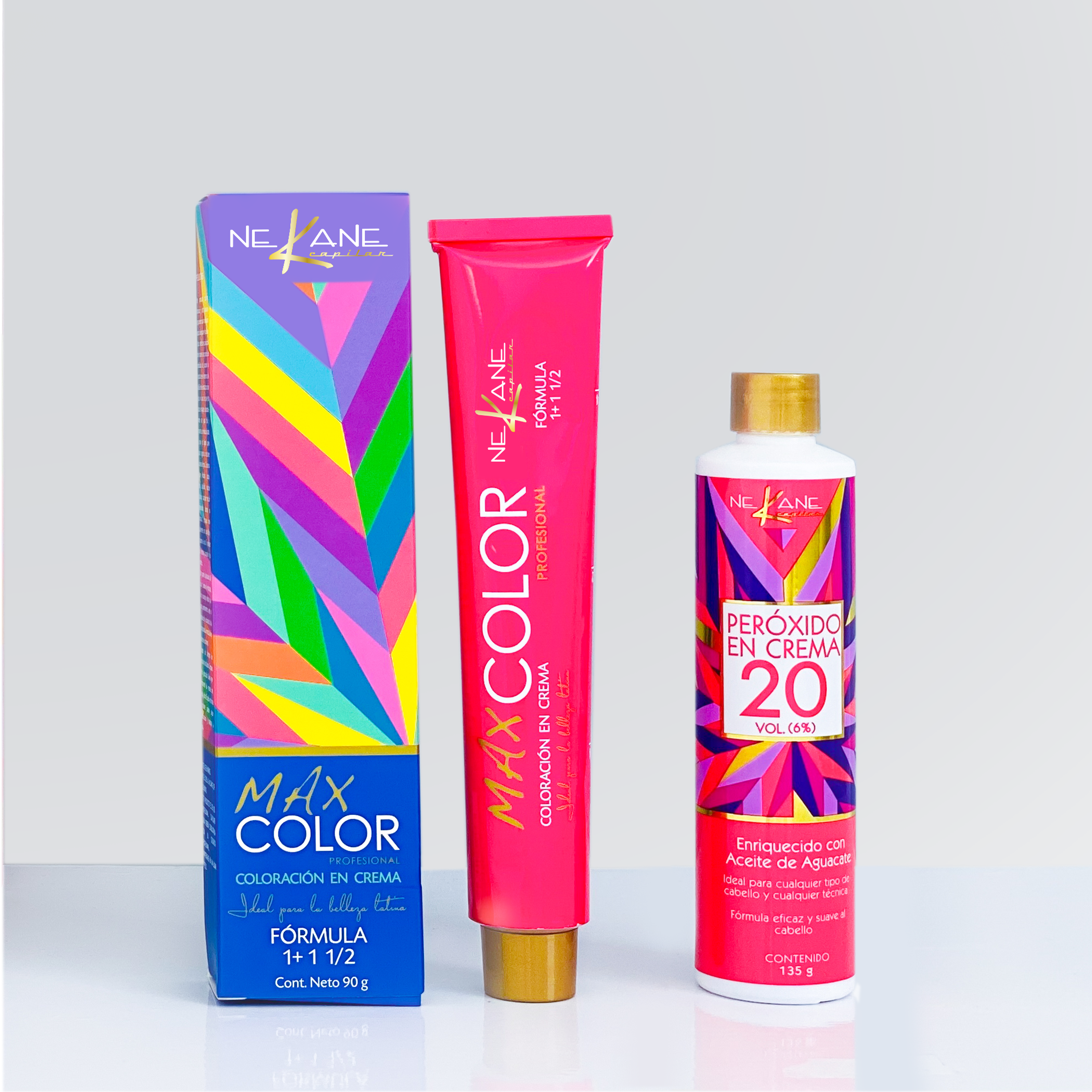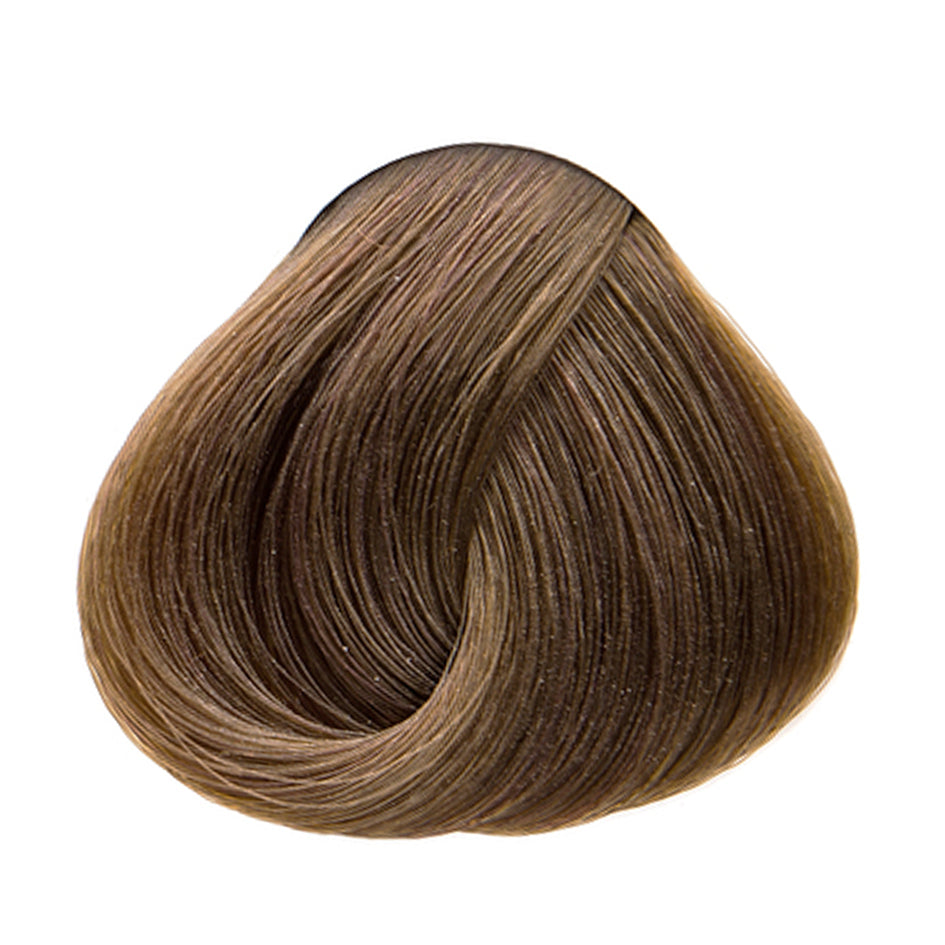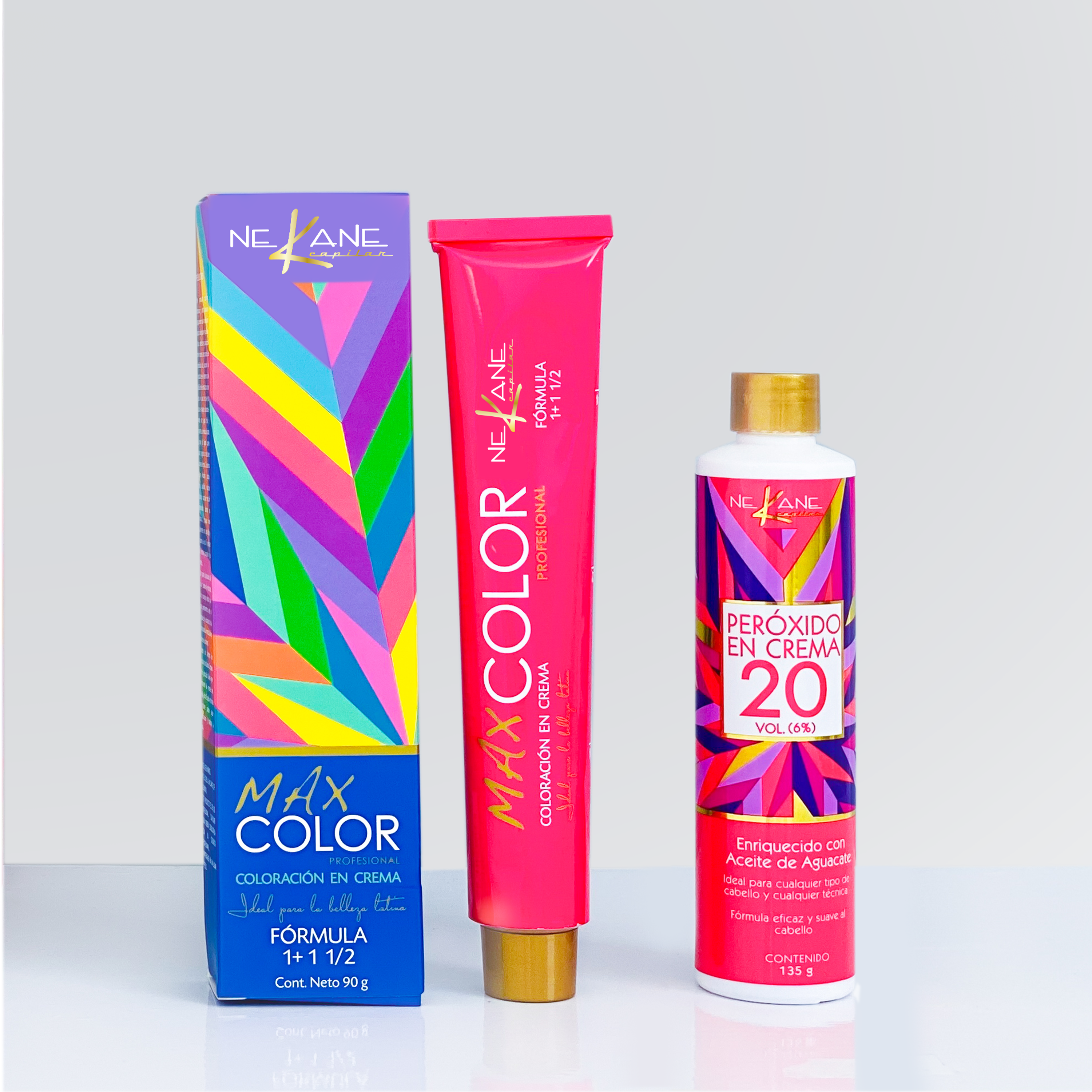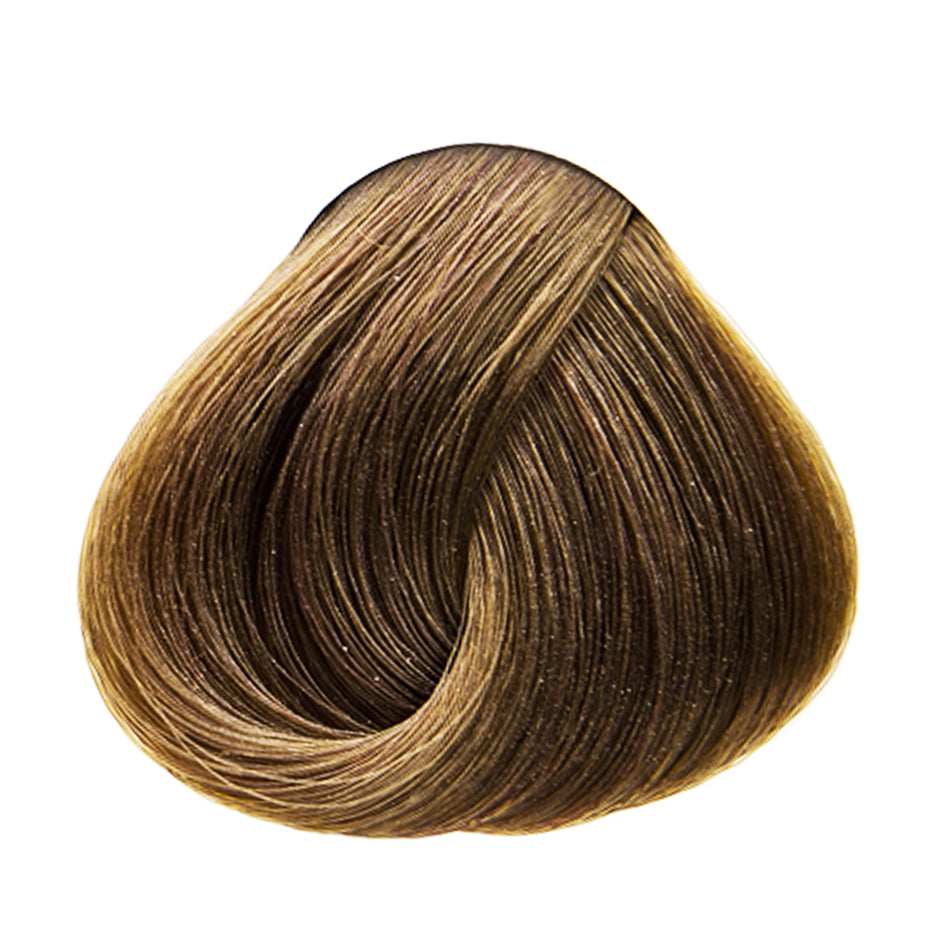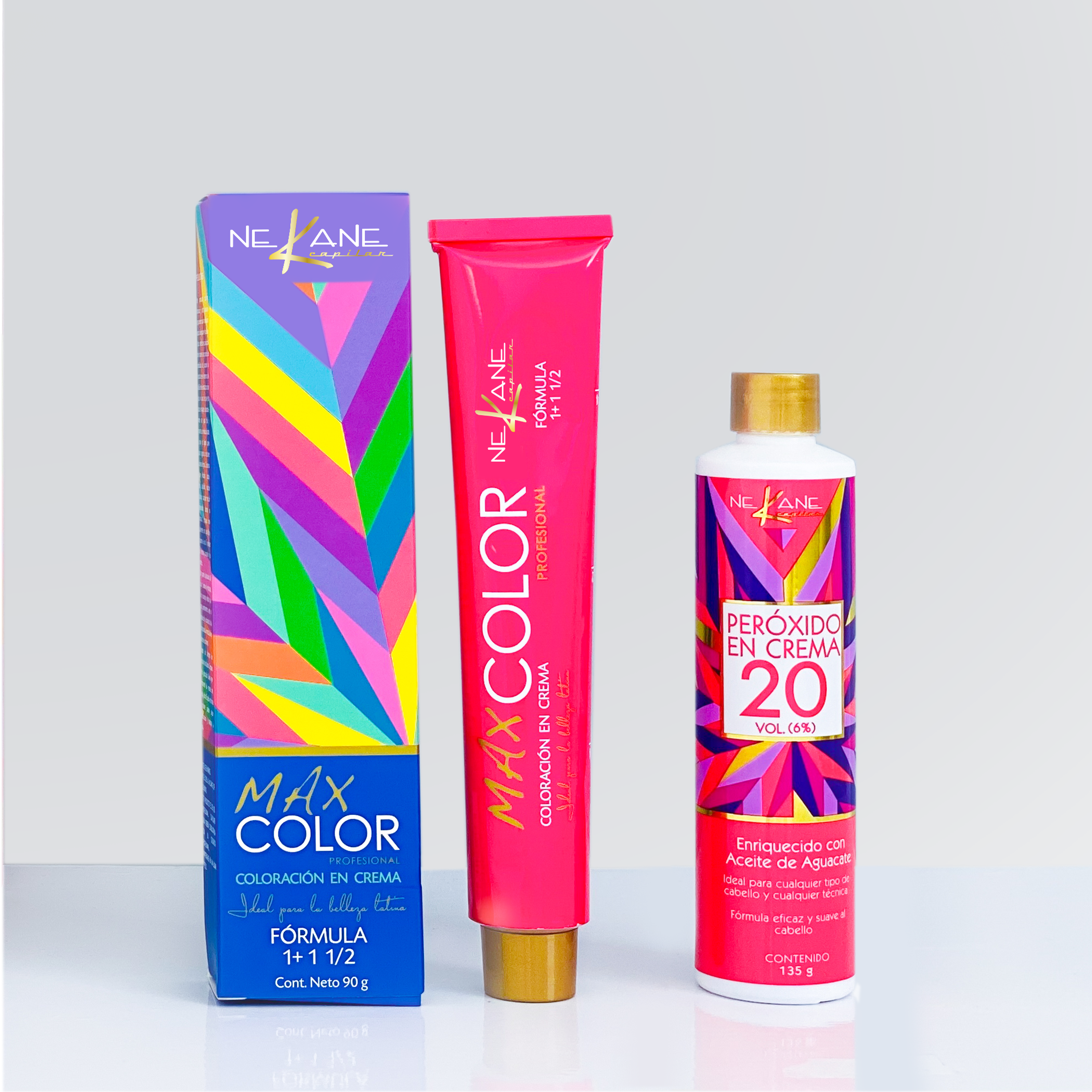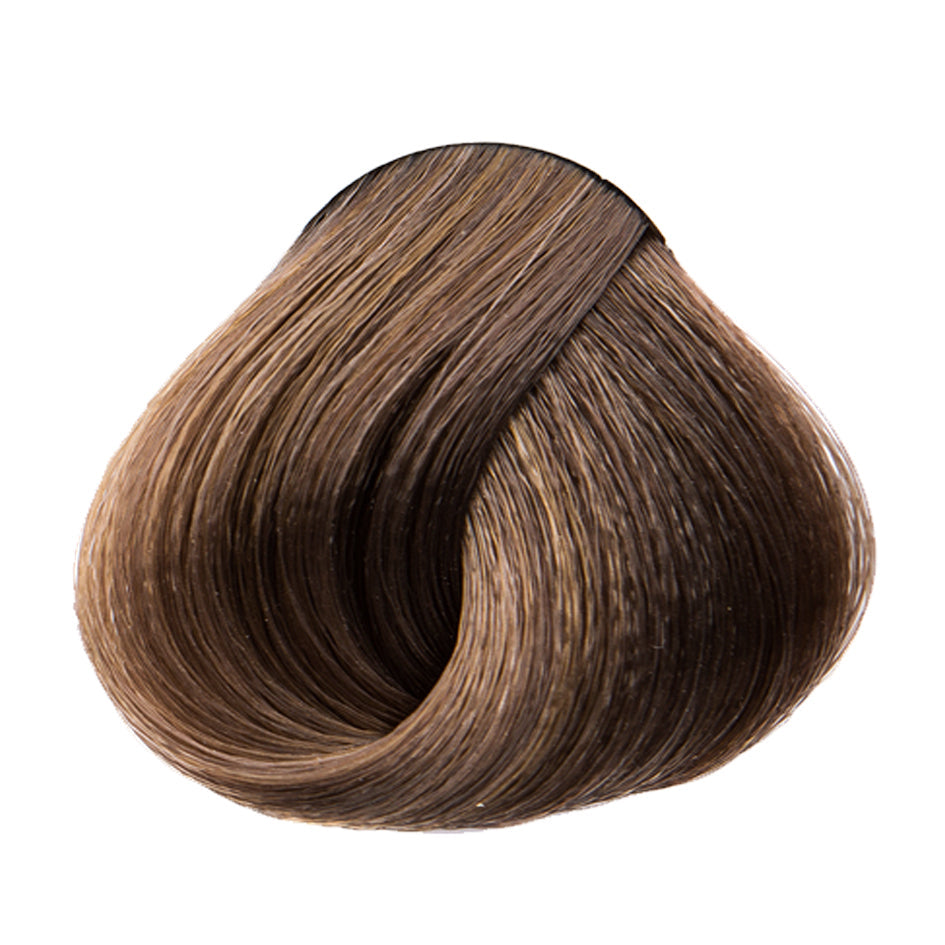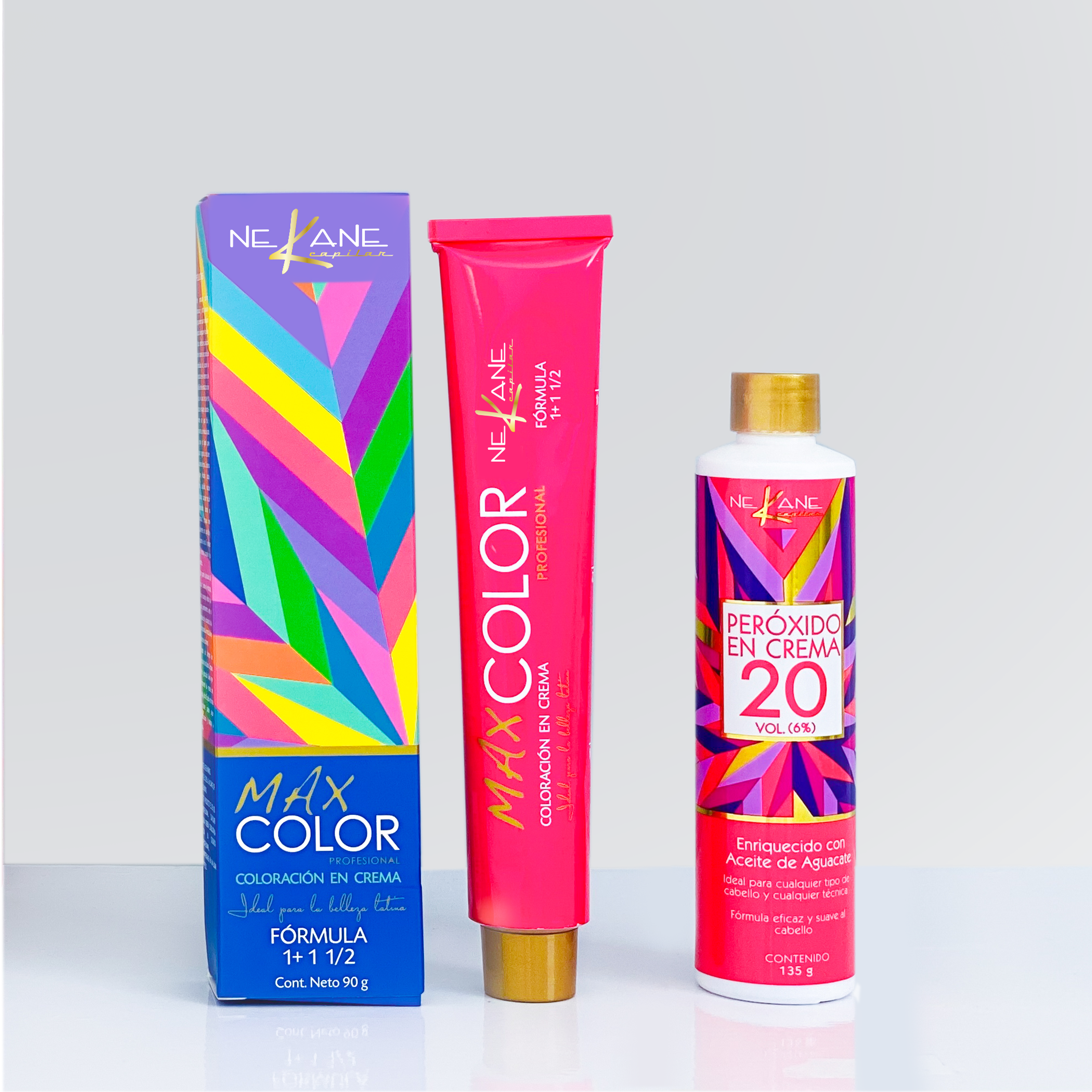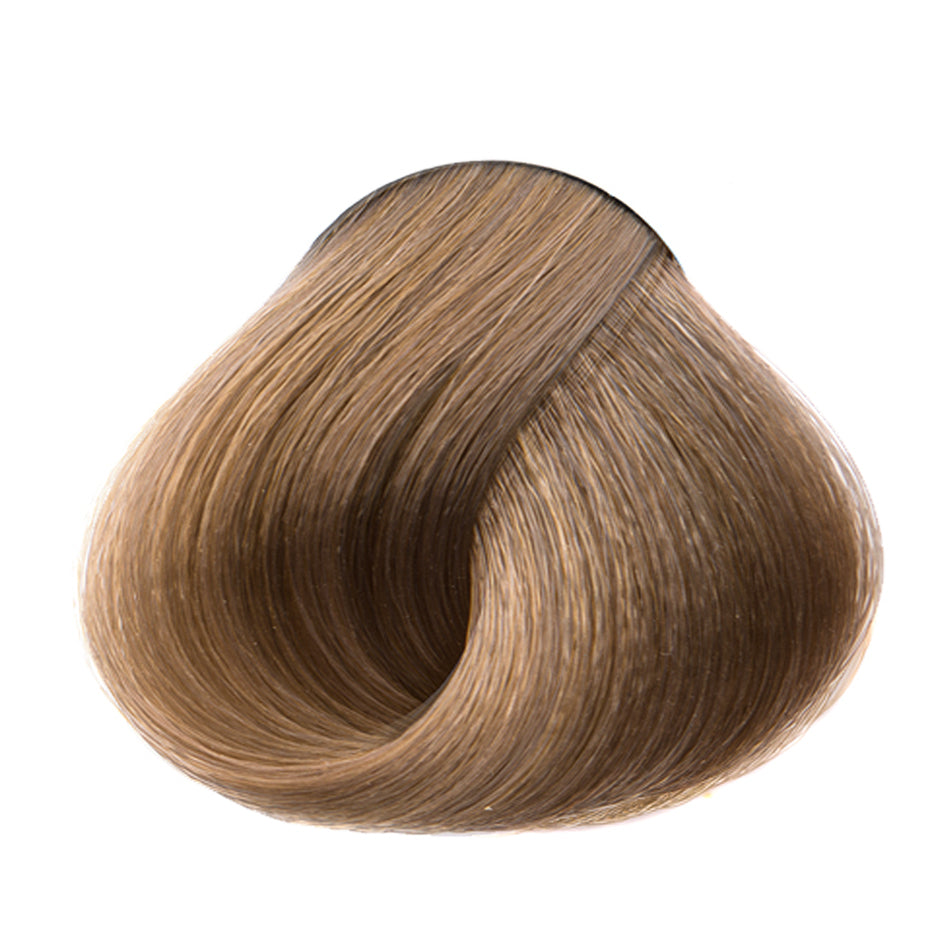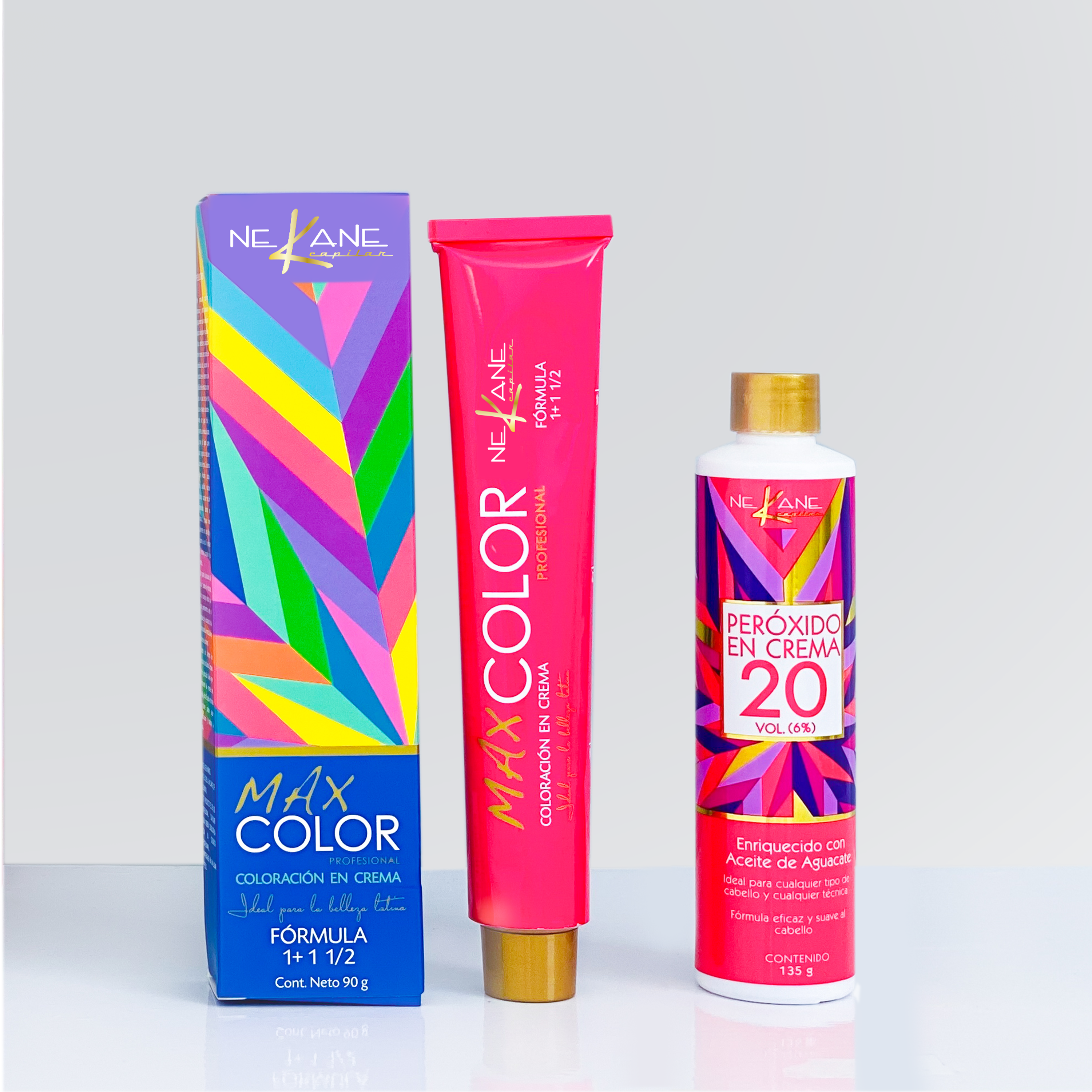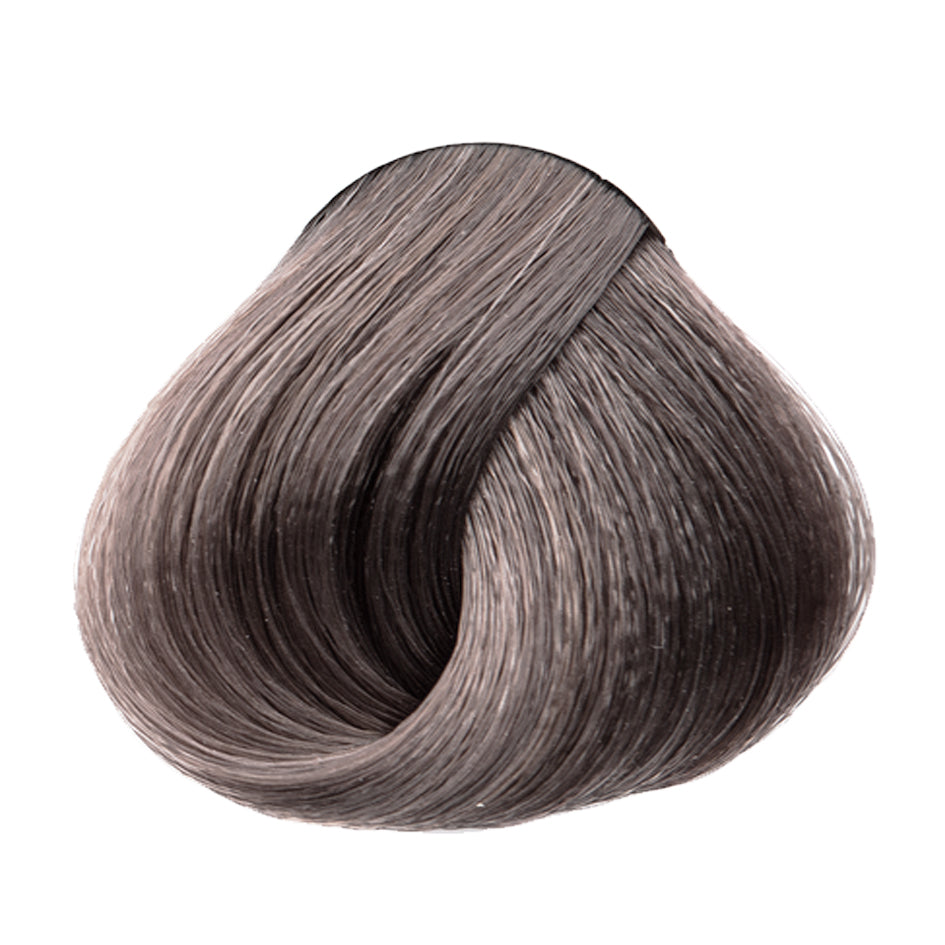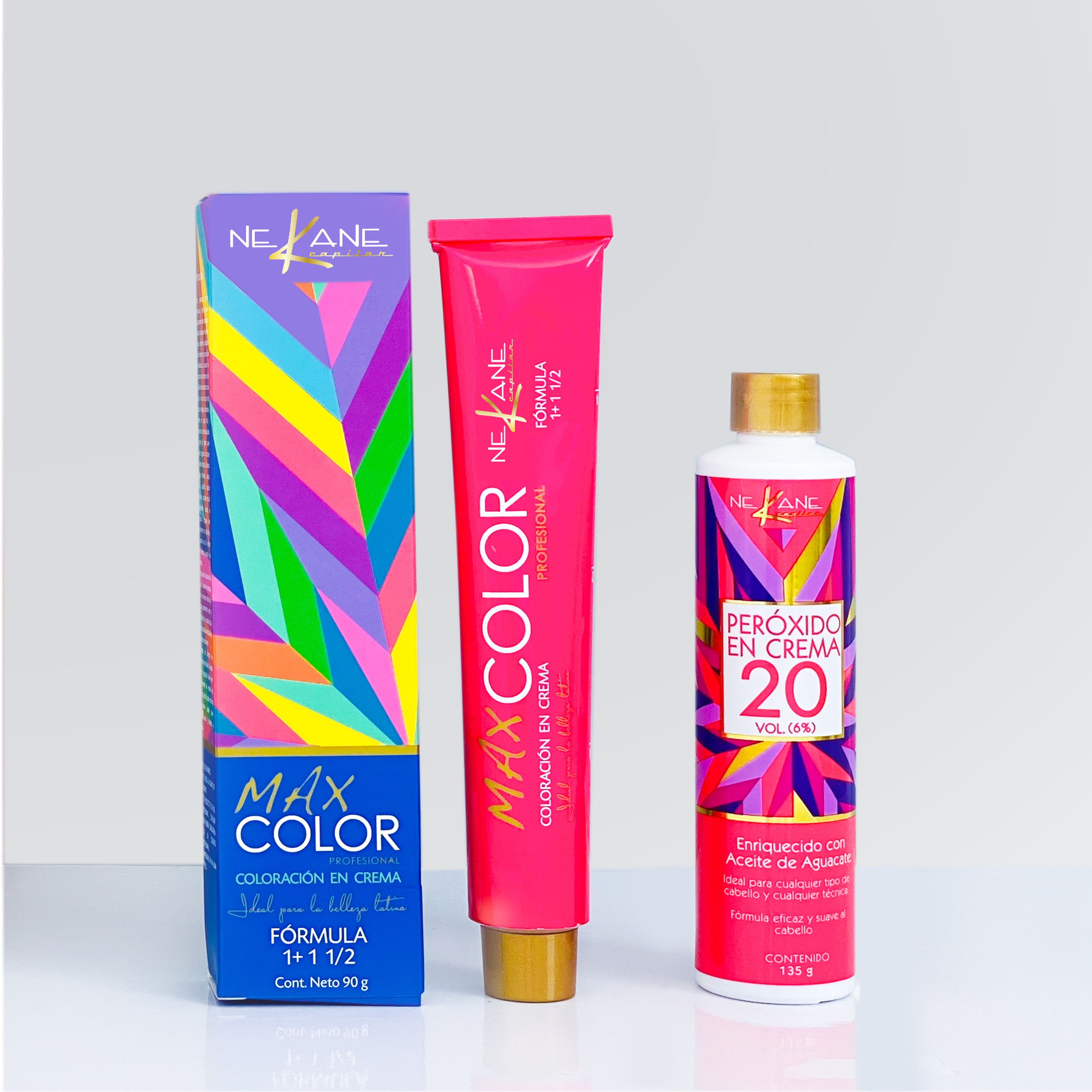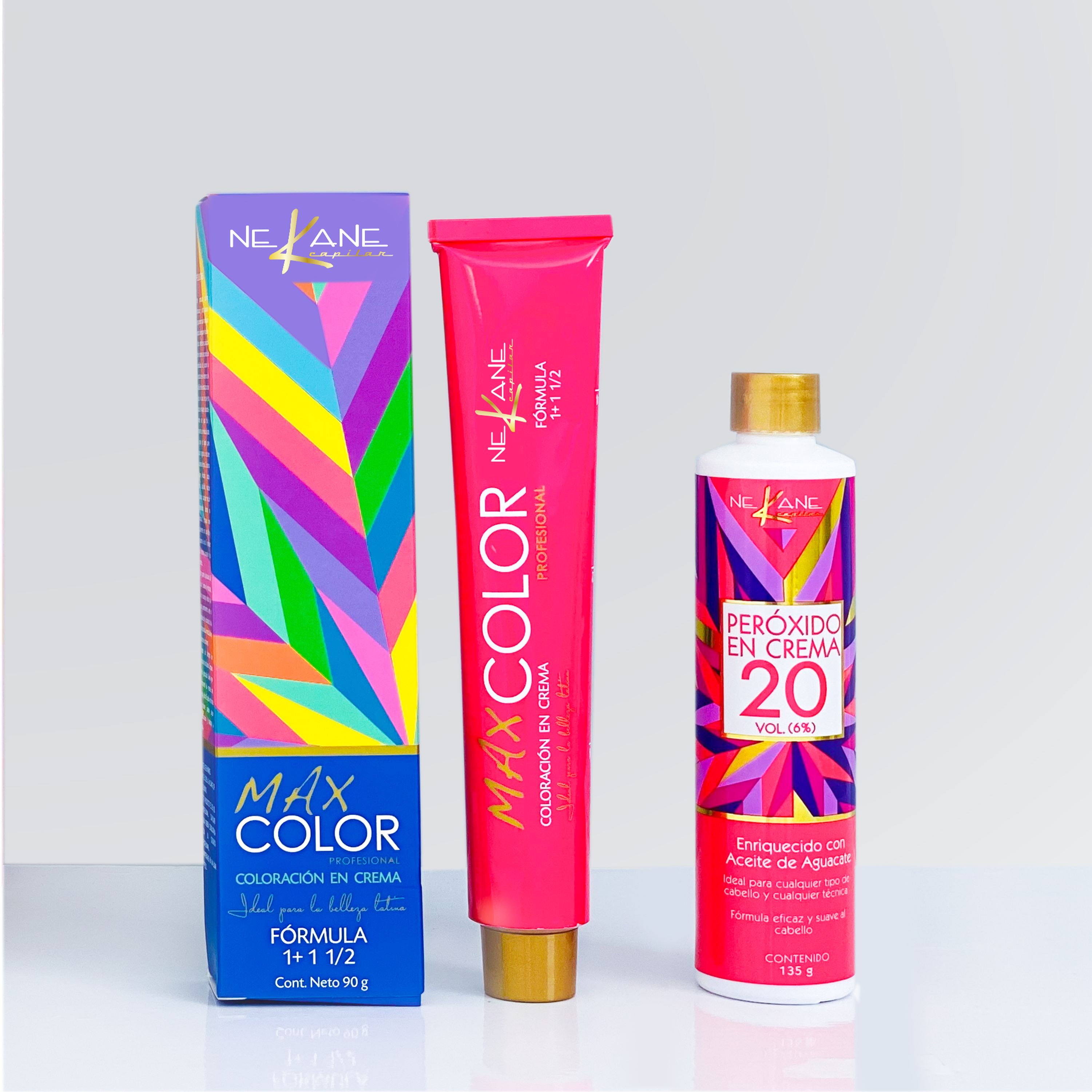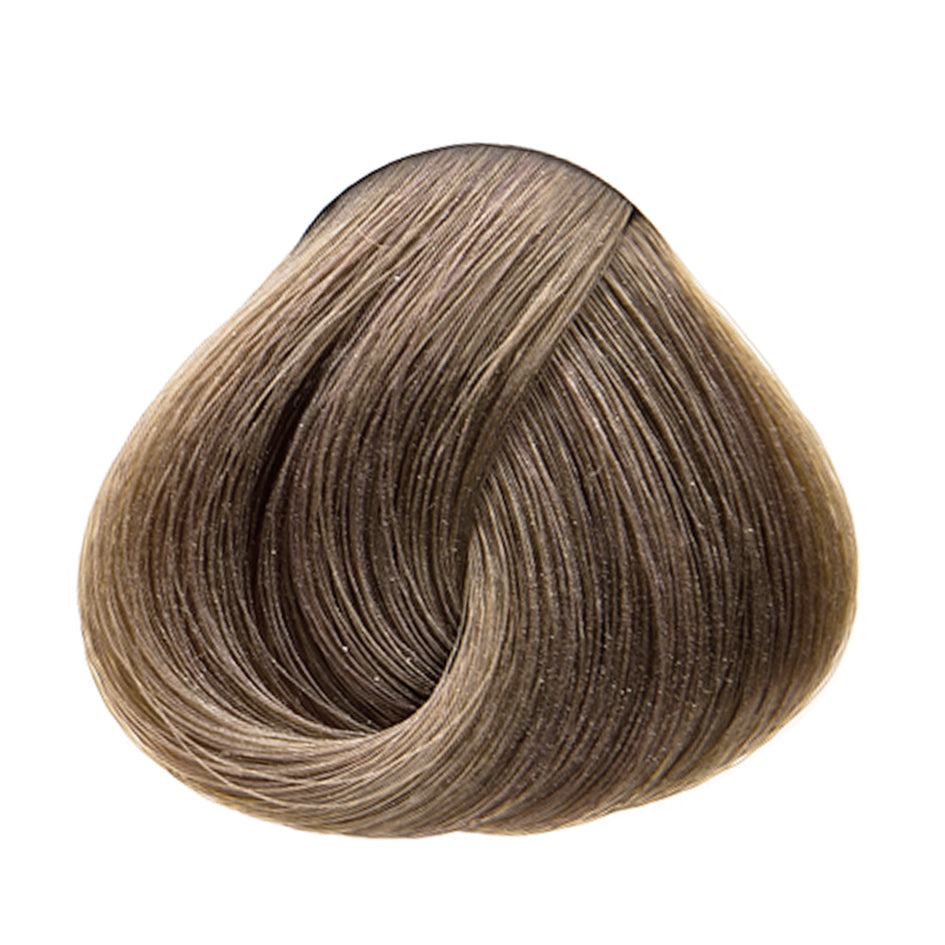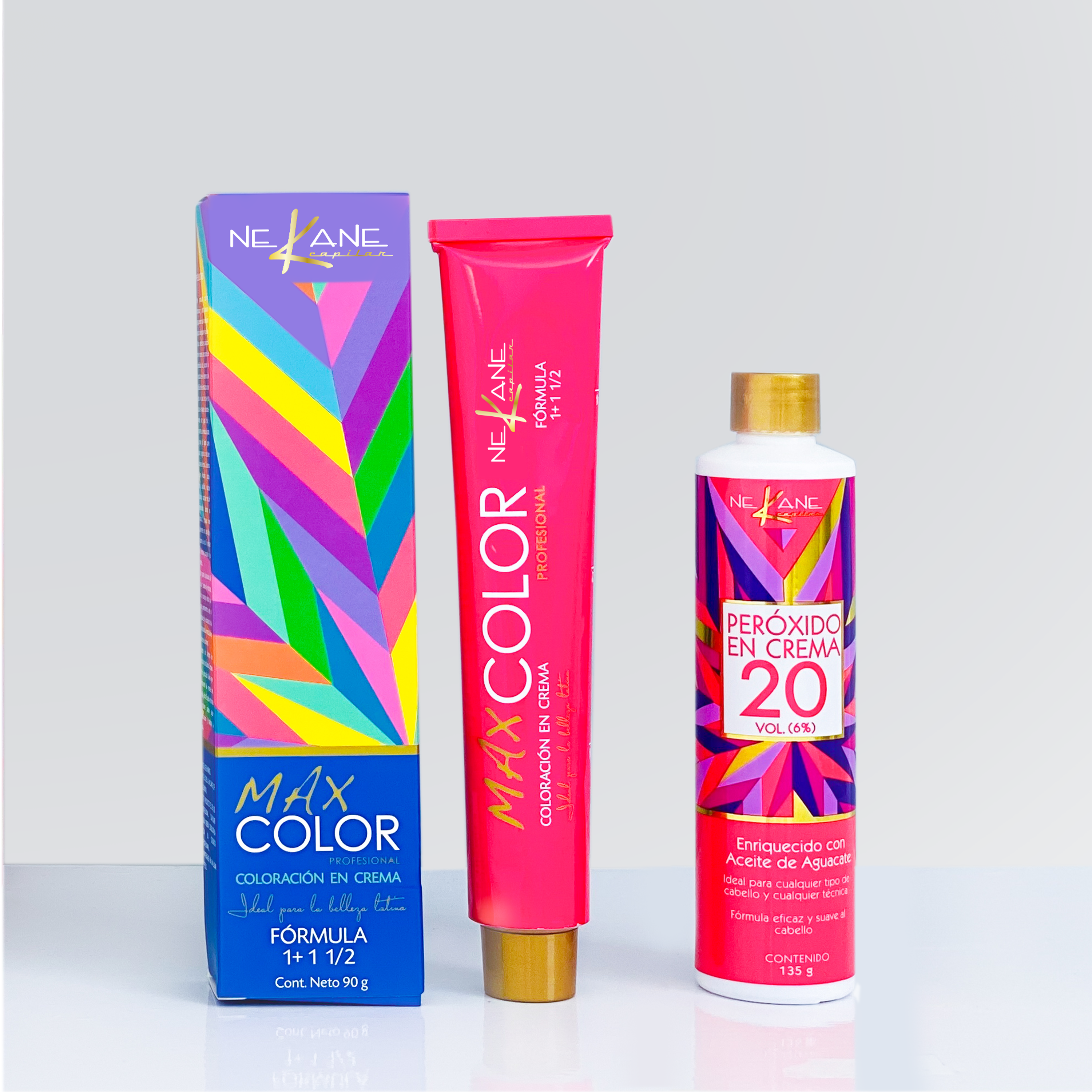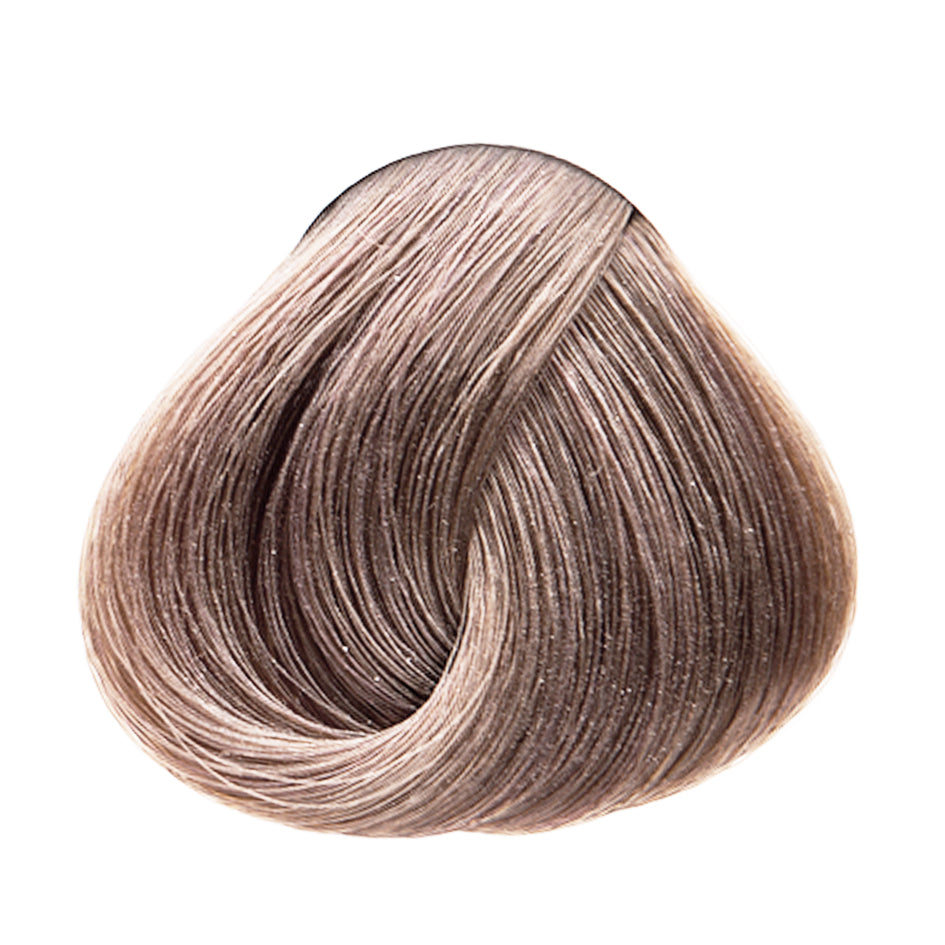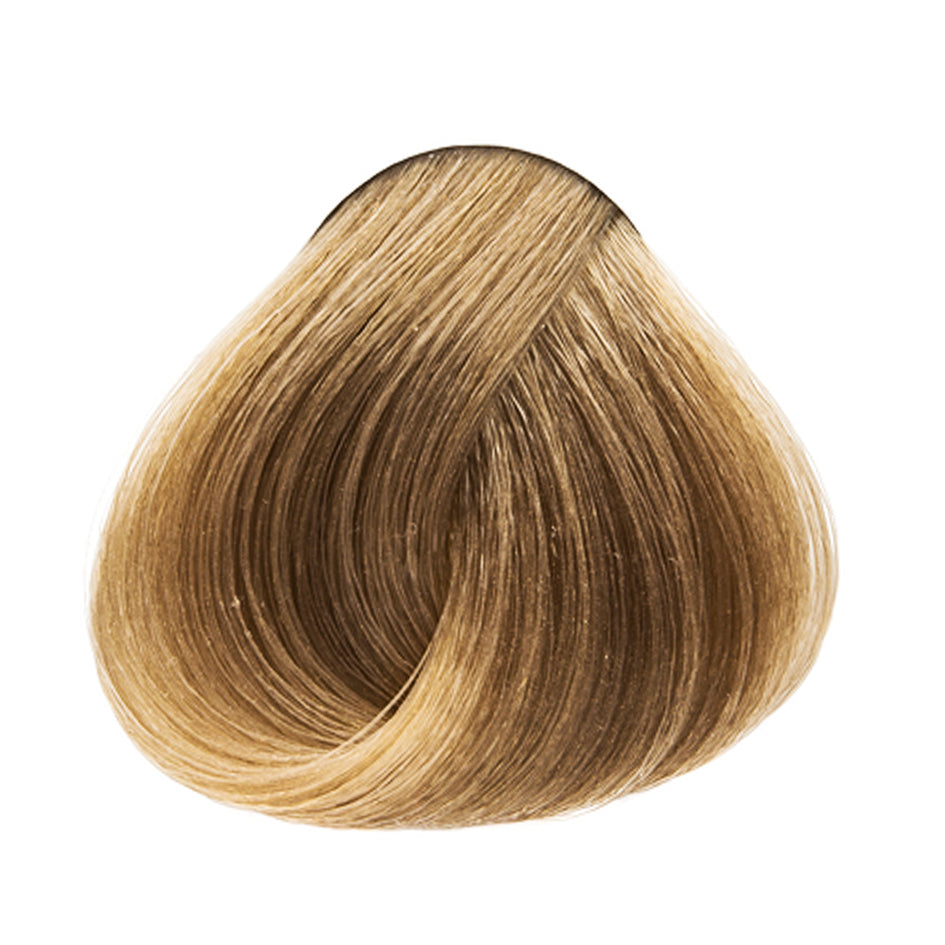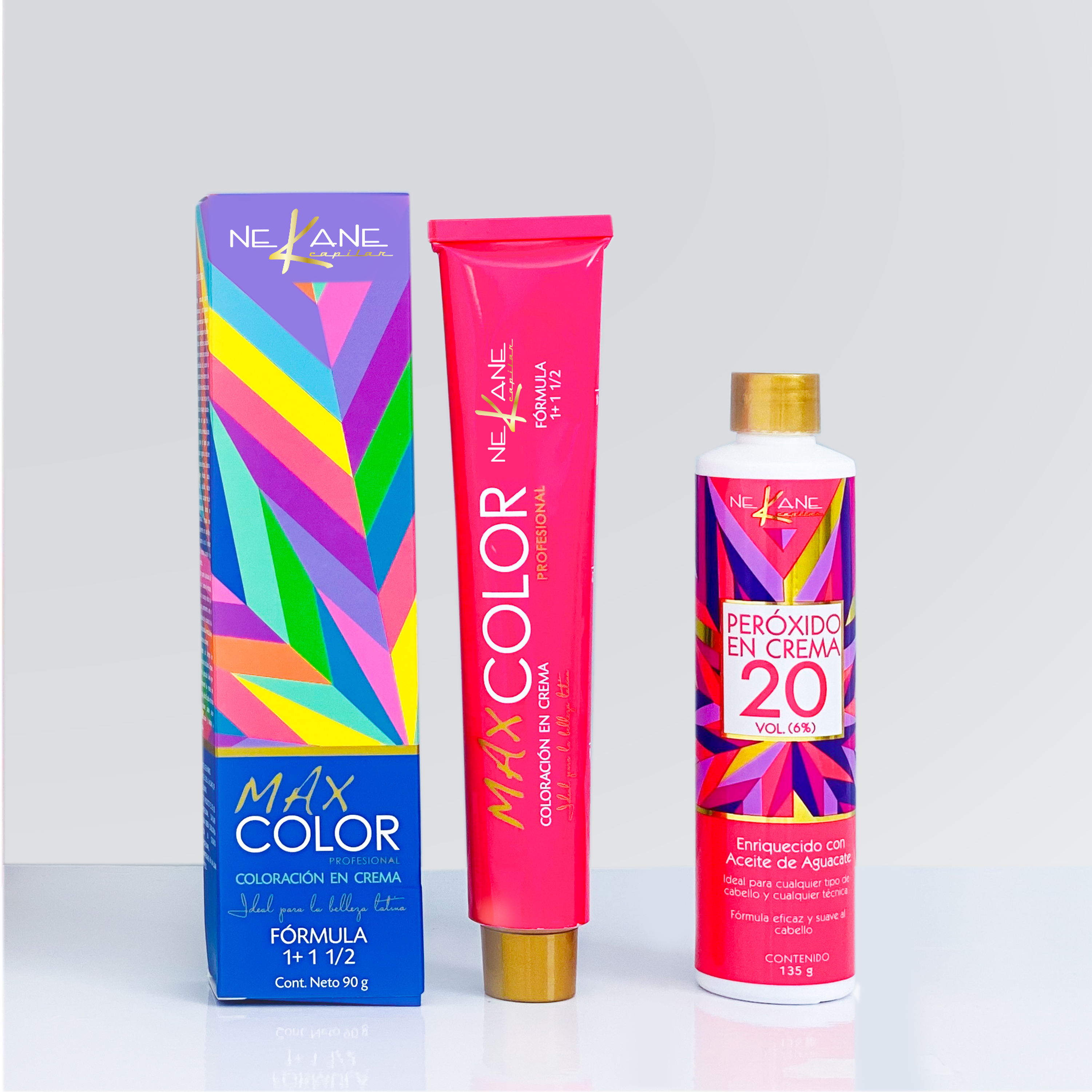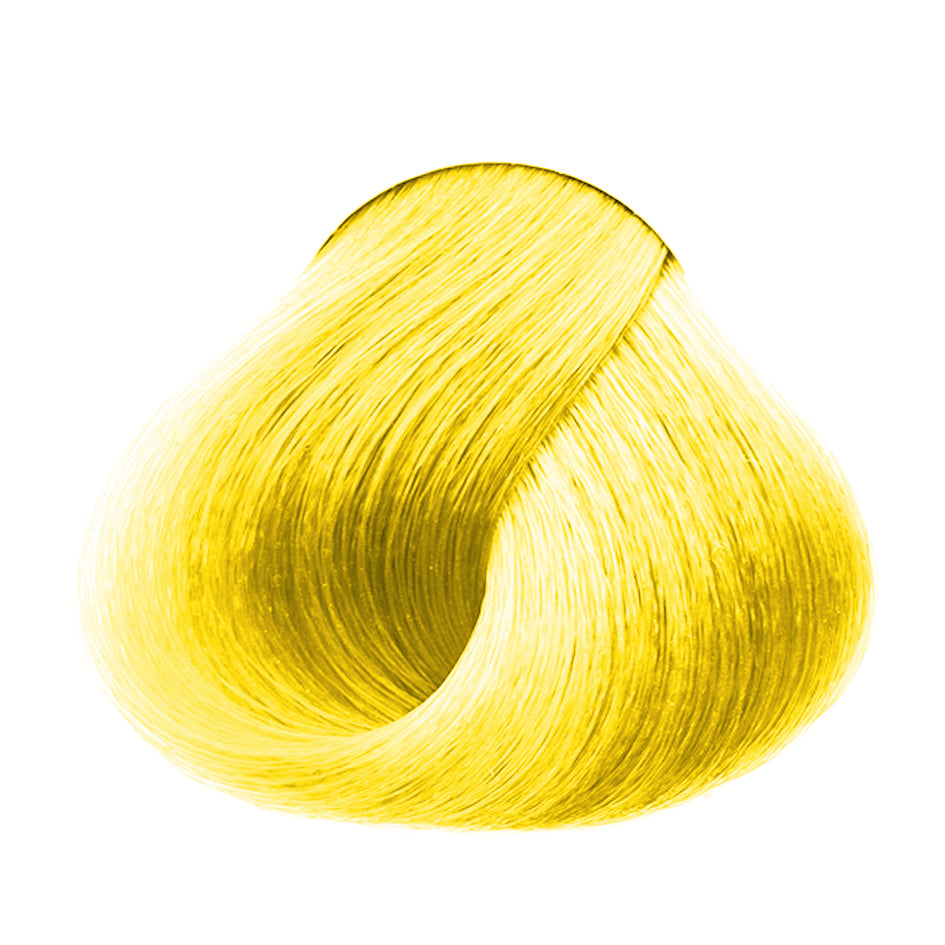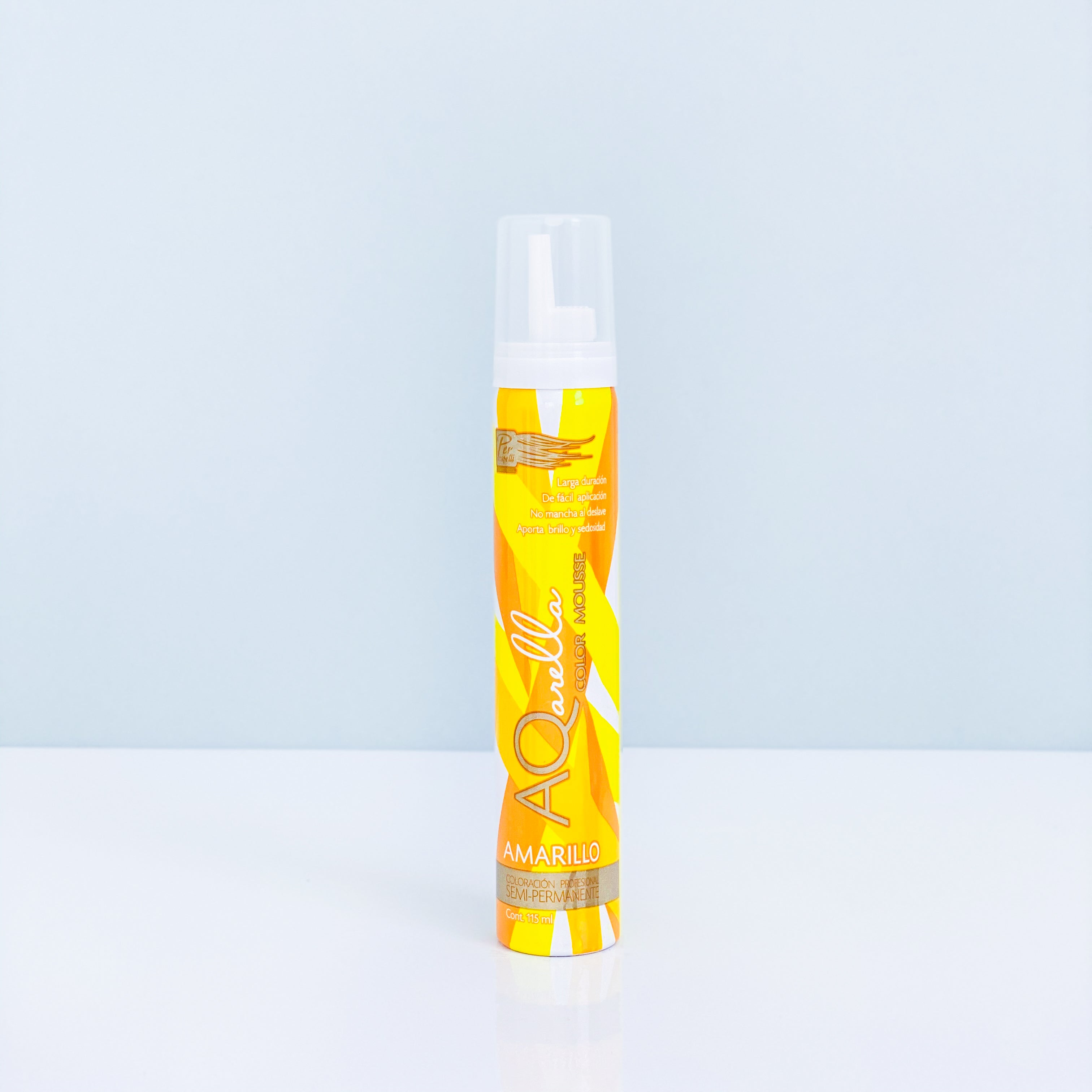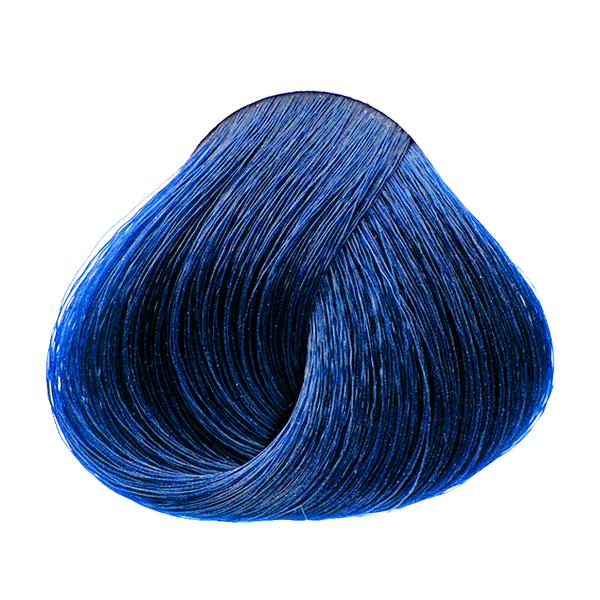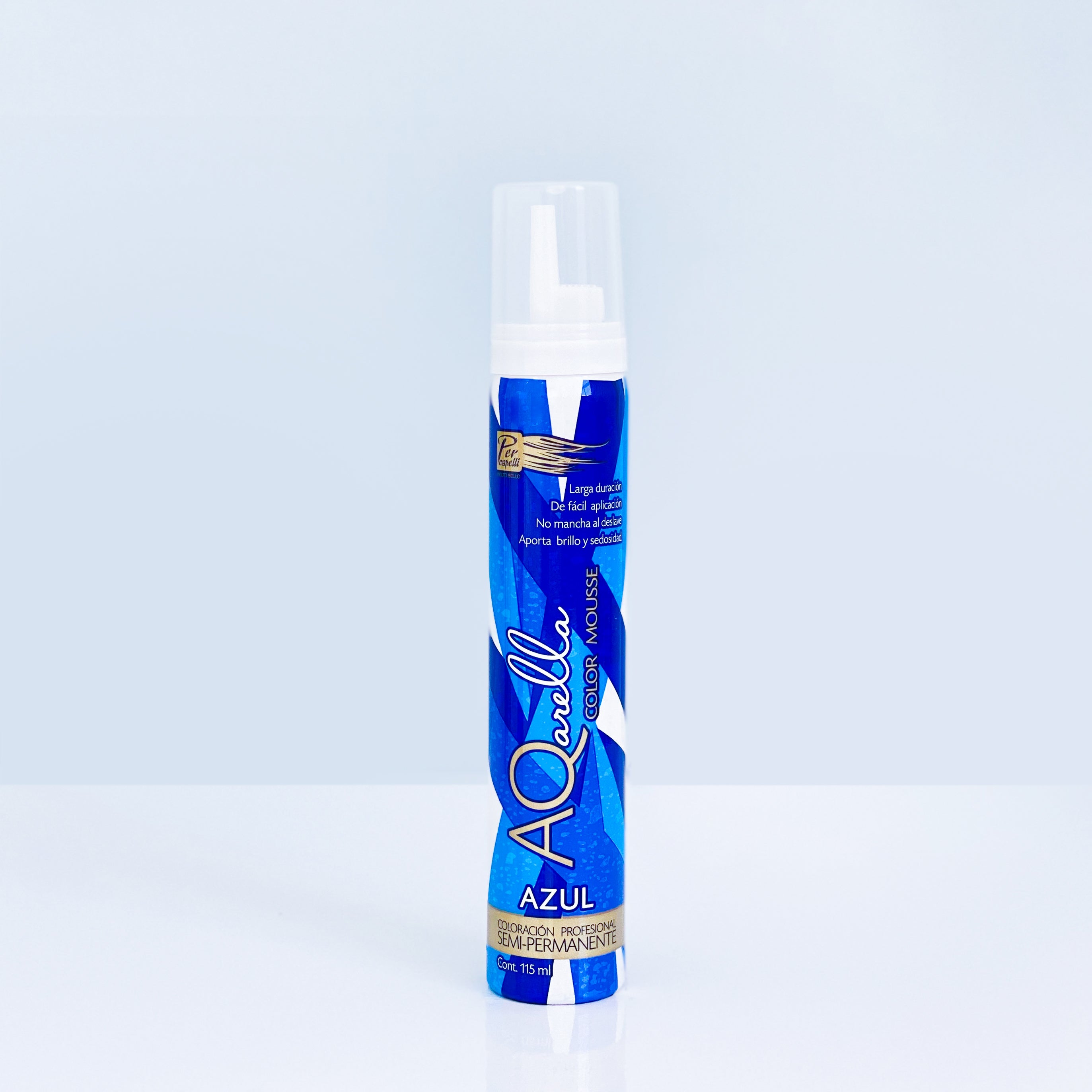
PROBLEMS OF THE HAIR STRAND

We have already learned to identify the problems that may be affecting our hair health from the scalp. These types of problems are visible and noticeable, but what happens if the problem is in the hair strand? How can we know if we have a problem and how can we prevent and solve it?
Here we leave you some of the most common conditions

Tricholasia
Tricholasia is commonly known as “brittle hair” The hair strand becomes fragile and prone to breaking and can manifest itself in two ways: trichoclasia nodosa and spinous trichoclasia.
Trichoclasia nodosa , the most common of the two, is characterized by the appearance of small nodules along the hair strand, in these areas the hair tends to break easily.
Spiny trichoclasia It occurs when the hair breaks at the same height, causing a "broomstick" appearance in the affected areas.
On some occasions the causes of this condition are usually genetic, but in most cases the problem is caused by ourselves by abusing heat tools, brushing the hair improperly and leaving aside the proper hair routine, Treating this condition is not difficult, it is just about keeping it hydrated, avoiding bad habits and removing shampoos with salt and parabens from our bathroom. Remember that at Nekane Capillary we have several options in moisturizing treatments and that all our shampoos are free of salt and parabens.

Trichoptylosis
This condition is the structural alteration of the hair and we use it to refer to hair with split ends, the ends suffer n a reduction of cuticular cells, keratin, leaving the cortex or internal structure exposed. This produces dehydration, segmentation and subsequent fissure in the hair.
Have you ever noticed little white dots on your ends? This is what trichoptilosis, better known as “stye,” looks like. Its causes can range from severe dehydration to mechanical and chemical damage.
There is no treatment that can help us remove the damage. The ideal is to cut the affected areas and prevent them from reappearing using specific treatments for split ends, such as our hair silk, which helps prevent and keep the ends sealed and healthy.
Trichonodosis
When we talk about this condition we are referring to hair with knots and no matter how much we brush it, the knots appear and return as if by magic.
It appears in damaged hair, due to rubbing, friction or very rough brushing and can lead to hair breakage at the level of the knot since there is alteration and wear of the cuticle and cortex of the hair. It is more common. on curly or very long hair.
For this problem, the solution is to cut a few millimeters above where the knots are generated. We already know that losing hair length is not that easy, but it is better to cut the problem than to make it more serious and the solution to be much more aggressive.
Here the most important thing is to prevent, as in the previous conditions, hydration plays an important role. If you have very long or curly hair, protect your hair when sleeping with special silk scarves or hats, use a microfiber towel when drying it, the nekane one. hair is super practical and try to brush it gently and use restructuring treatment like our serum jar.
Sheathed hair
This is an anomaly in which the hair shafts are covered in a whitish layer that can slide down the shaft. This layer can be our own scalp or external, such as fungi, bacteria or residues from cosmetic products. This layer is called peripillar sheaths almost always composed of masses of keratin, and have the appearance of dirt or dandruff.
Periodically brushing your hair with metal nit combs and applying deep cleansing shampoos can be an effective solution.
The topic of hair health is a never-ending story, we hope to continue breaking down as many as we can in the following installments.
We hope this information is helpful to you and you learn to identify if your hair strand is in trouble. Remember to go to a specialist at least once a year.








